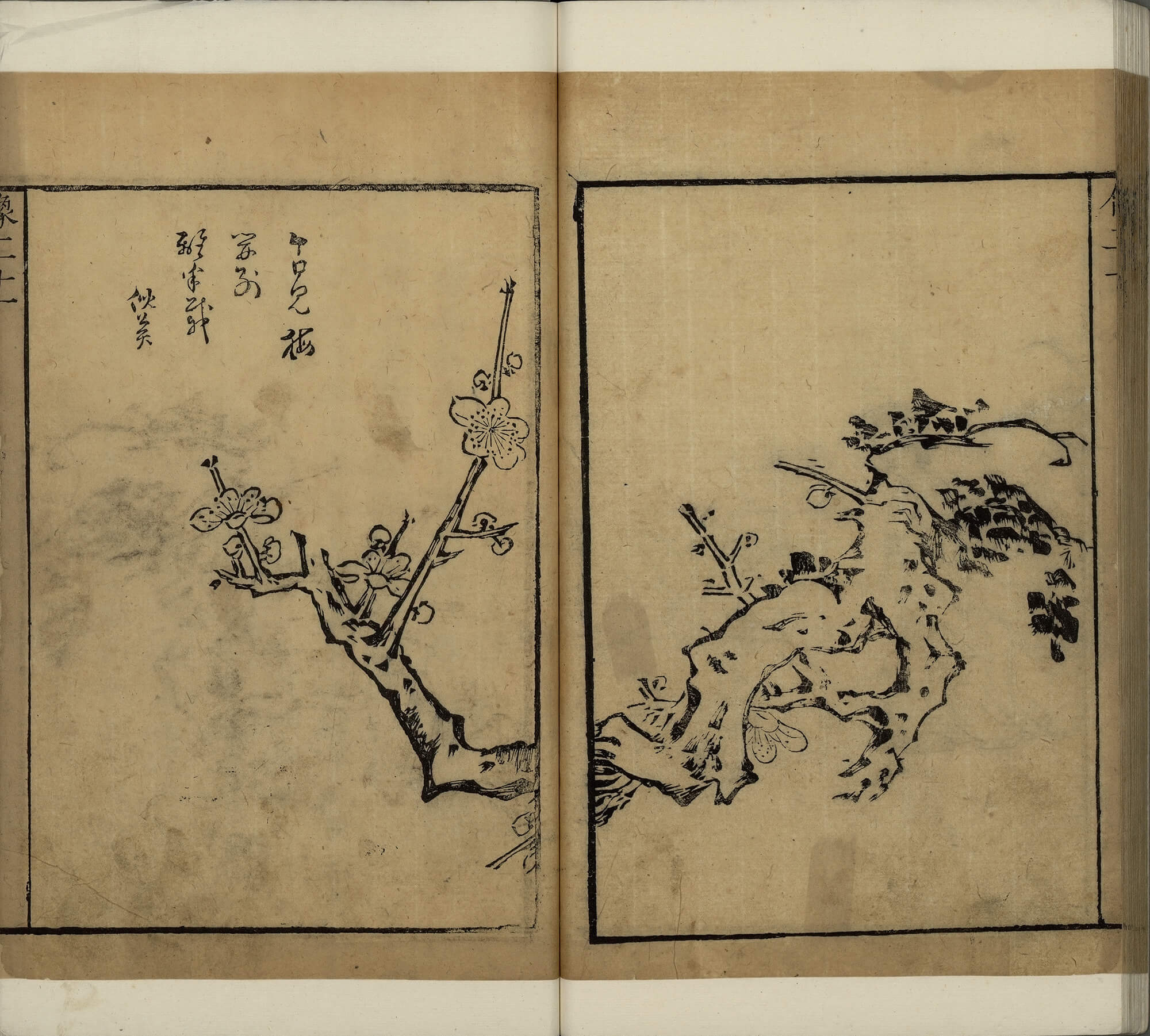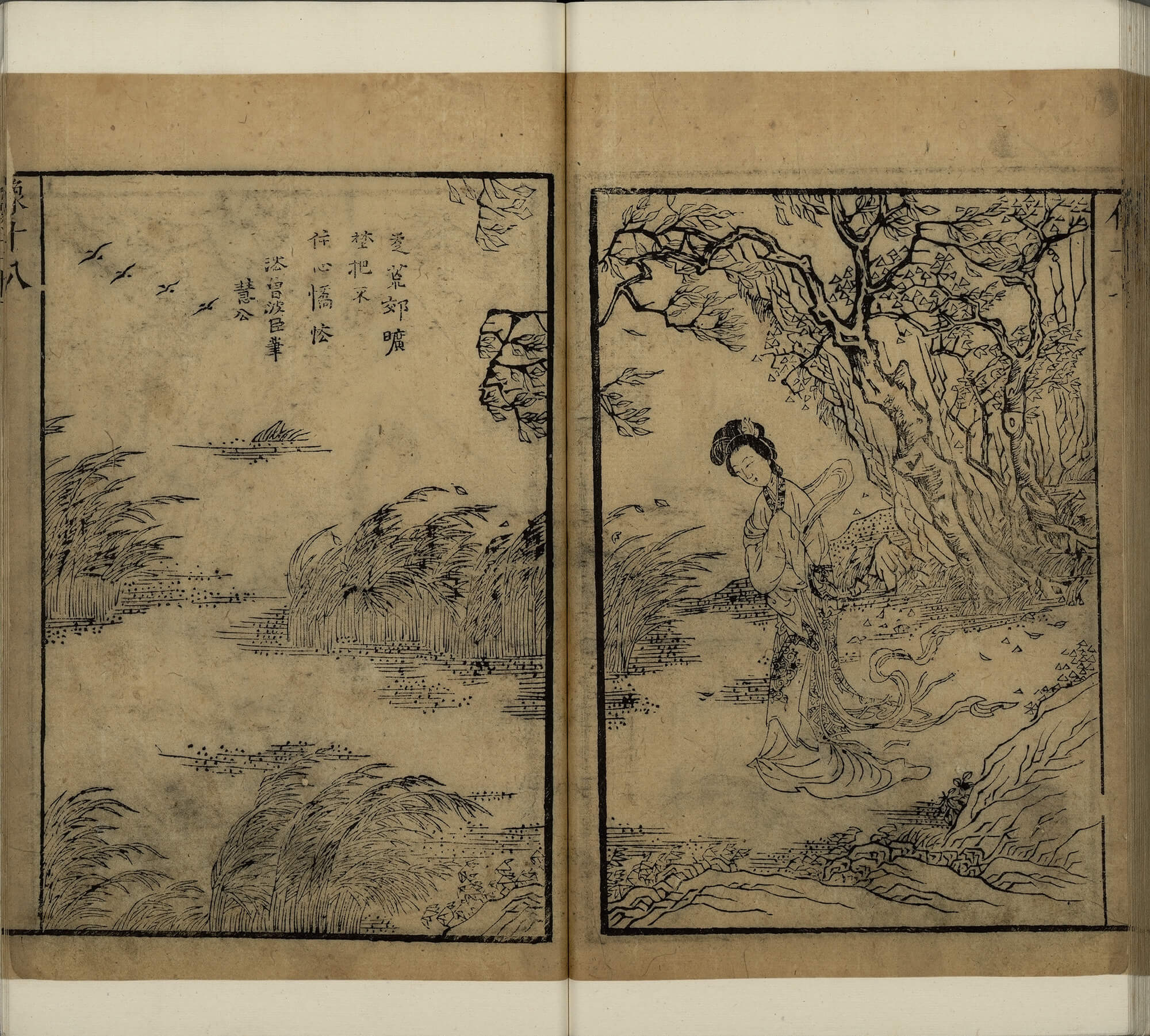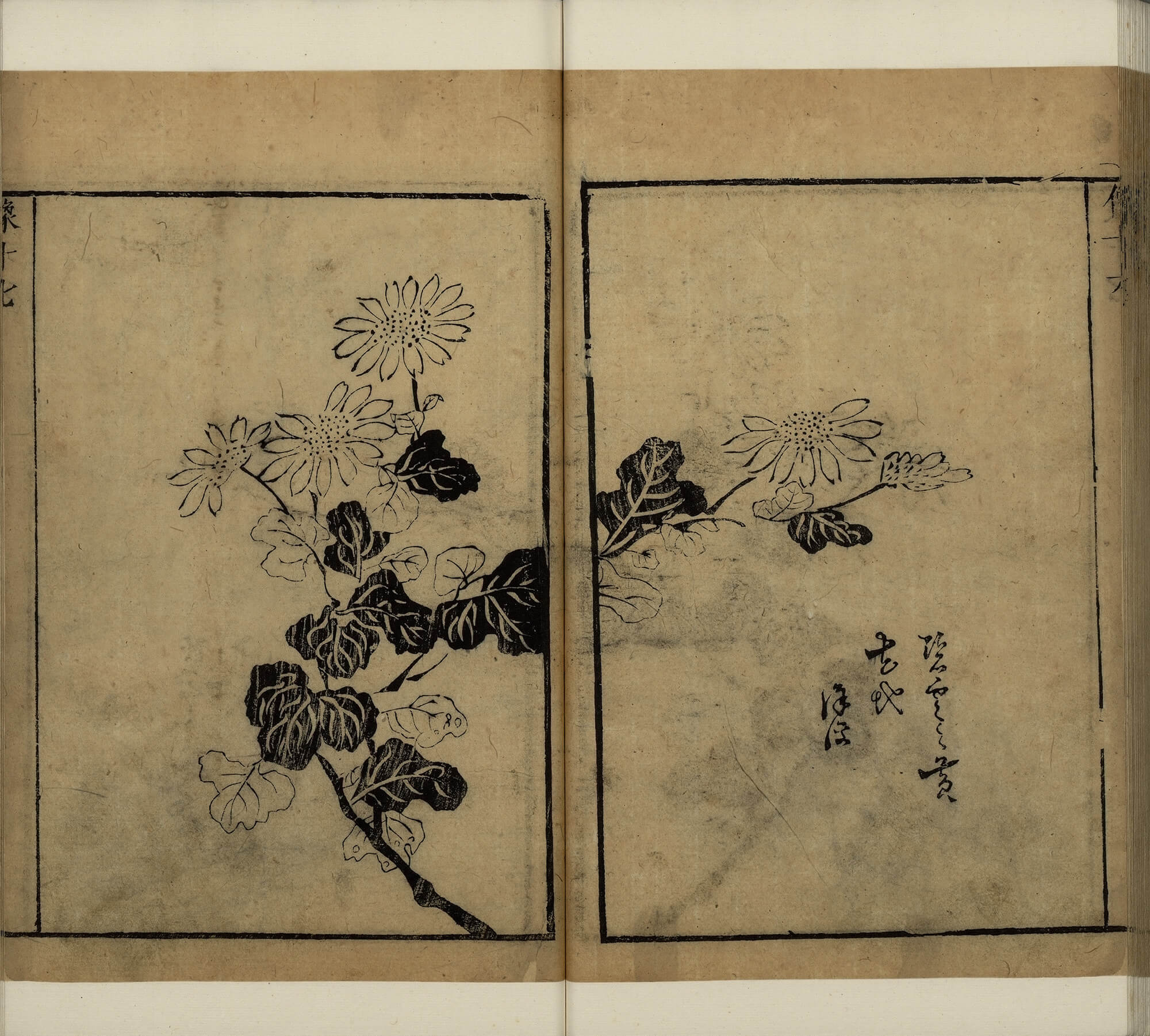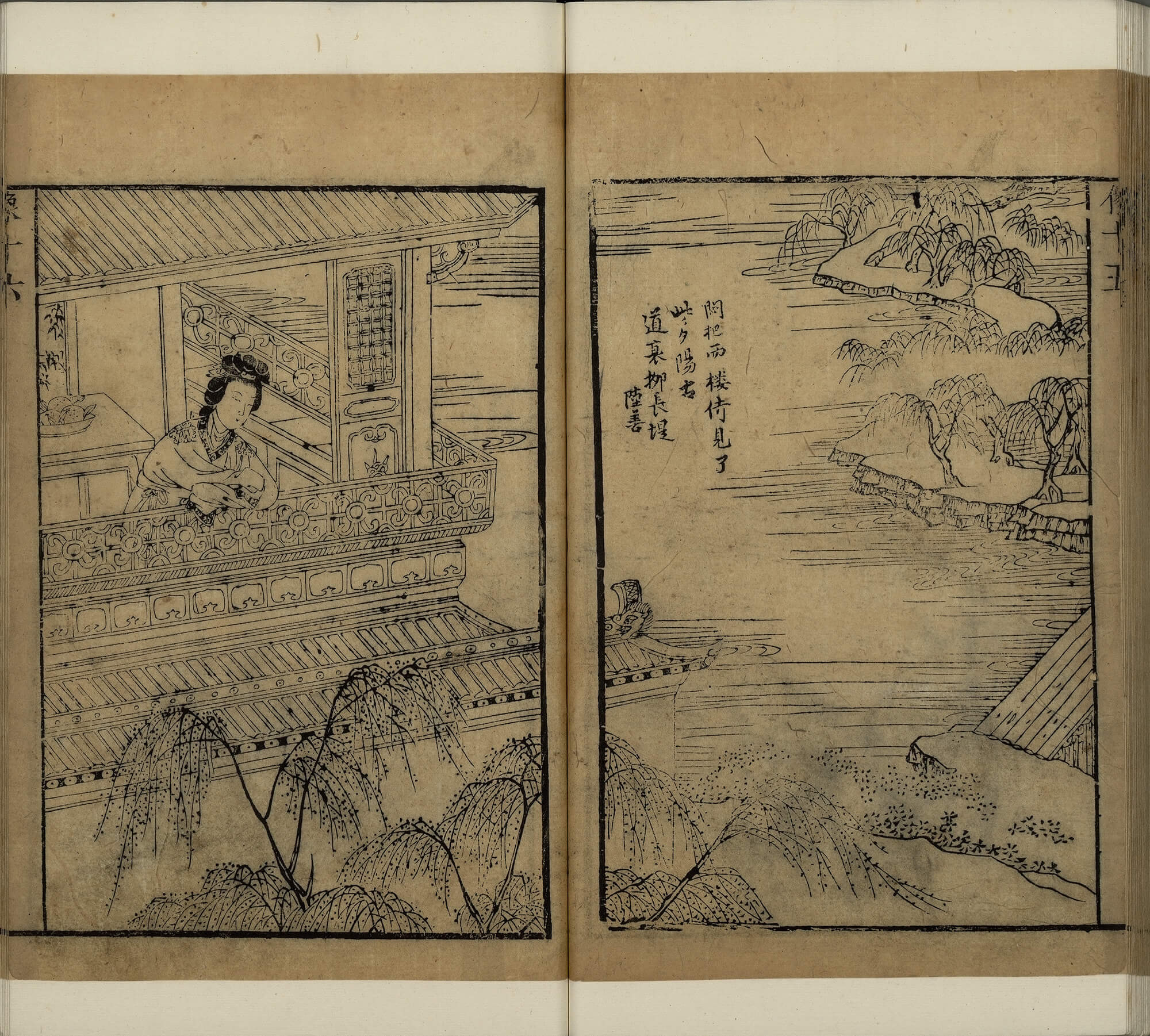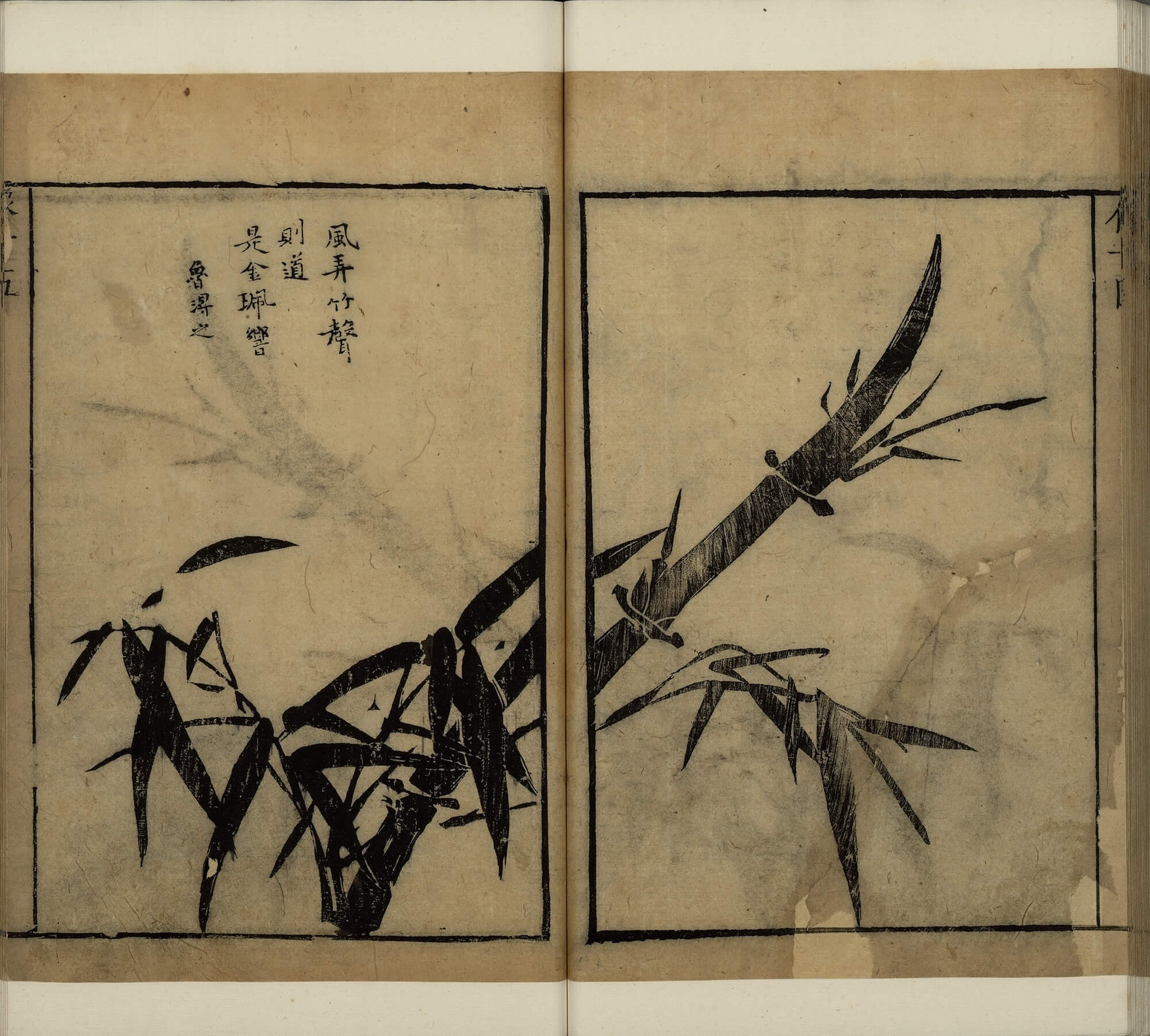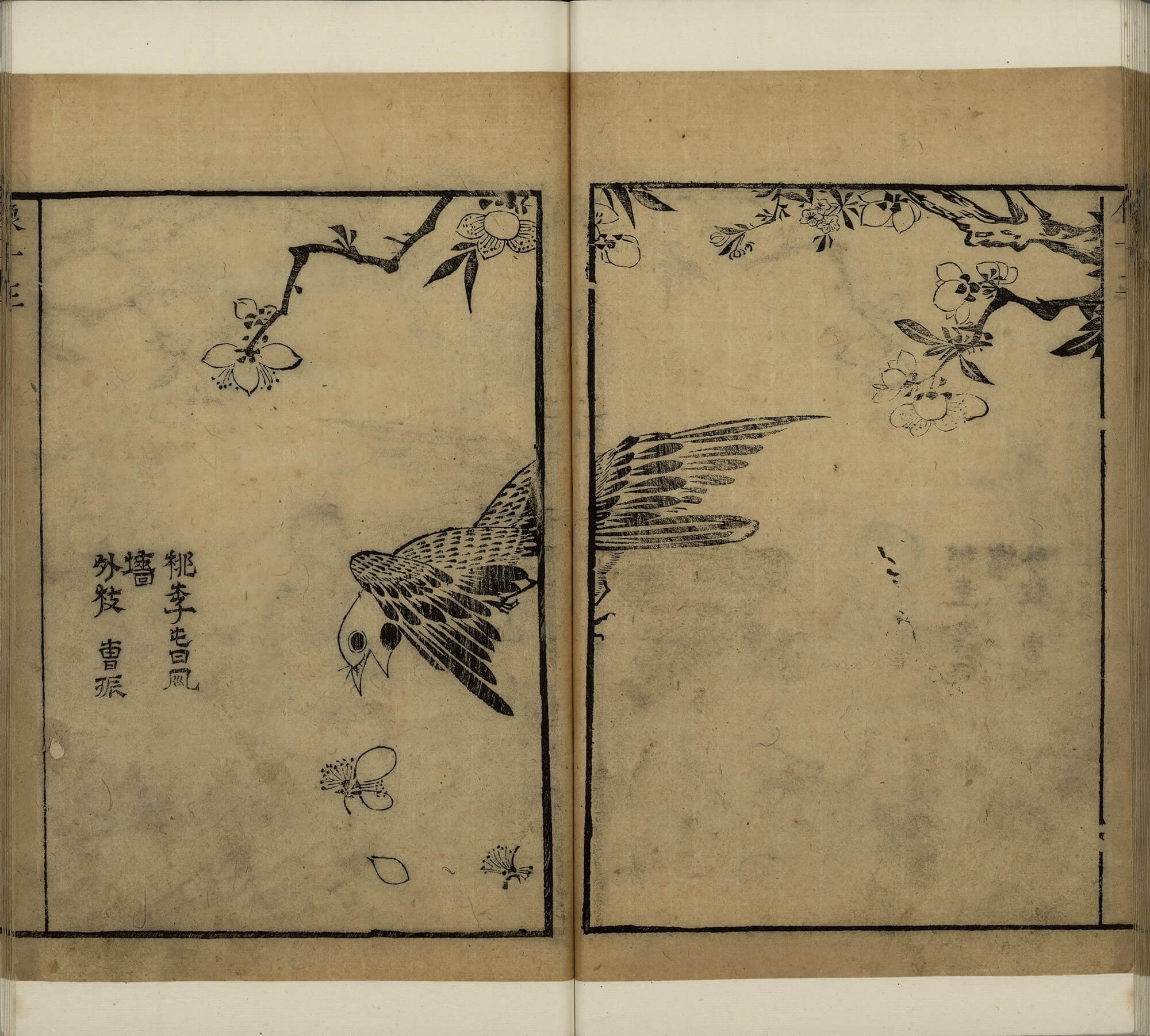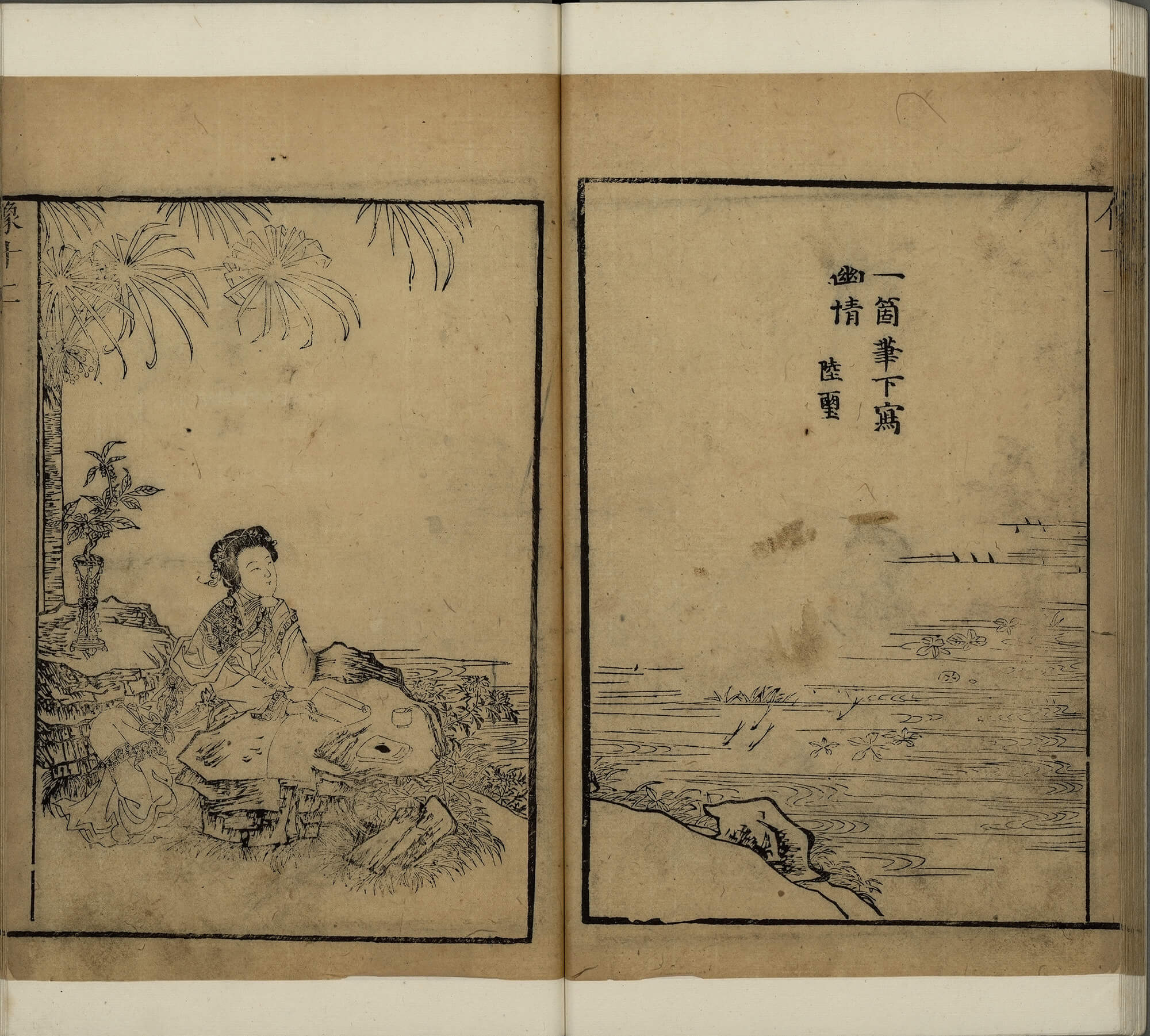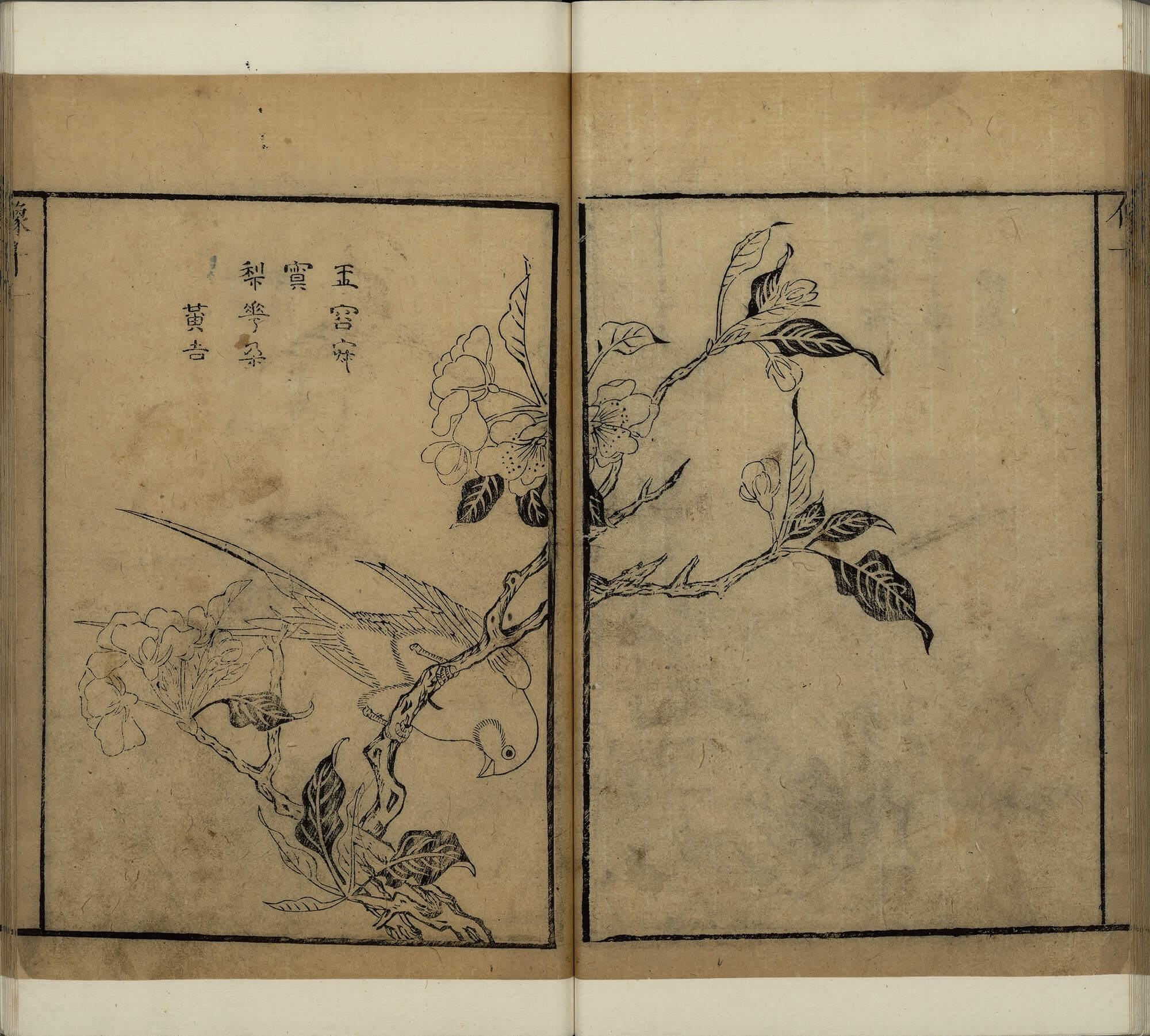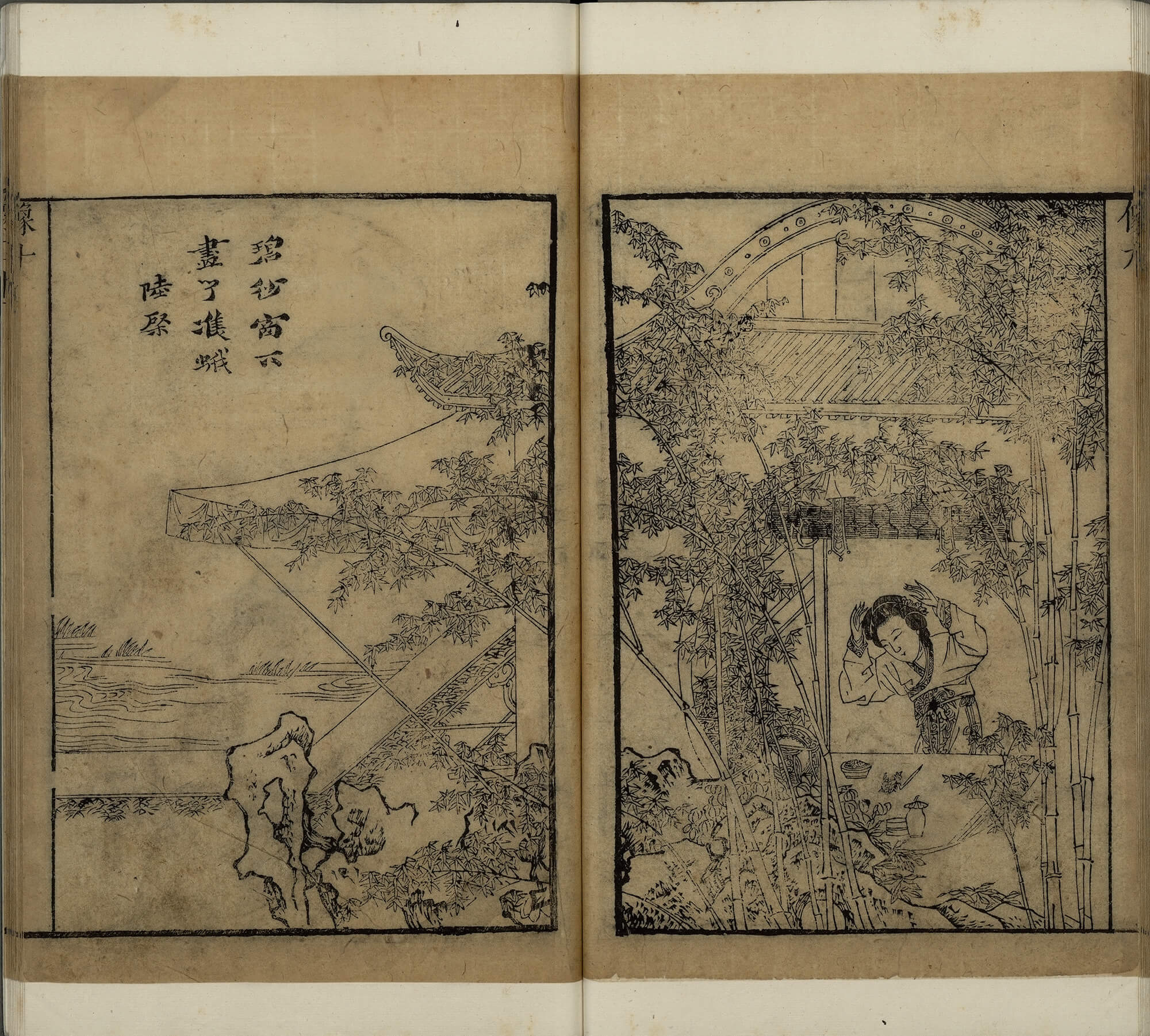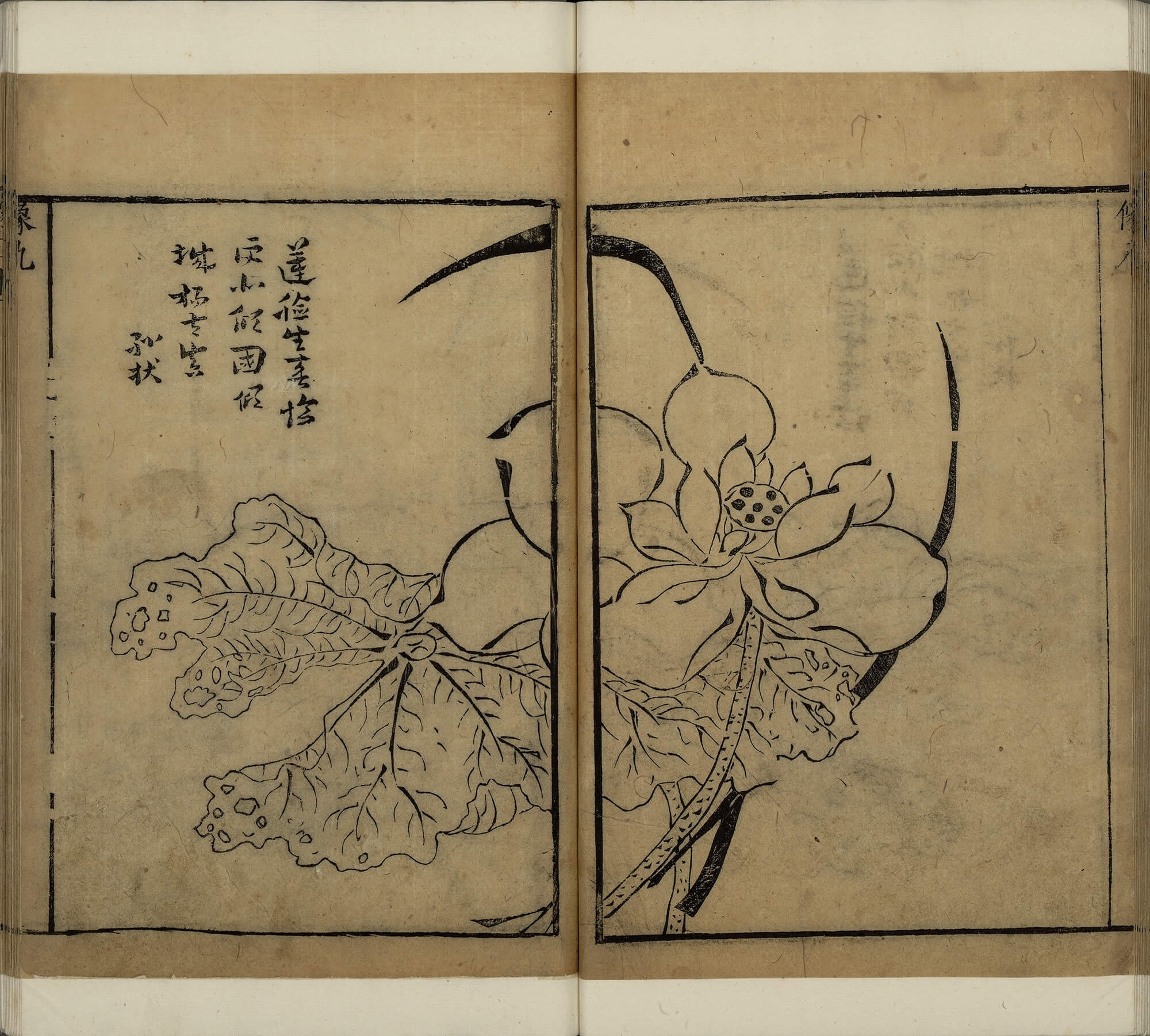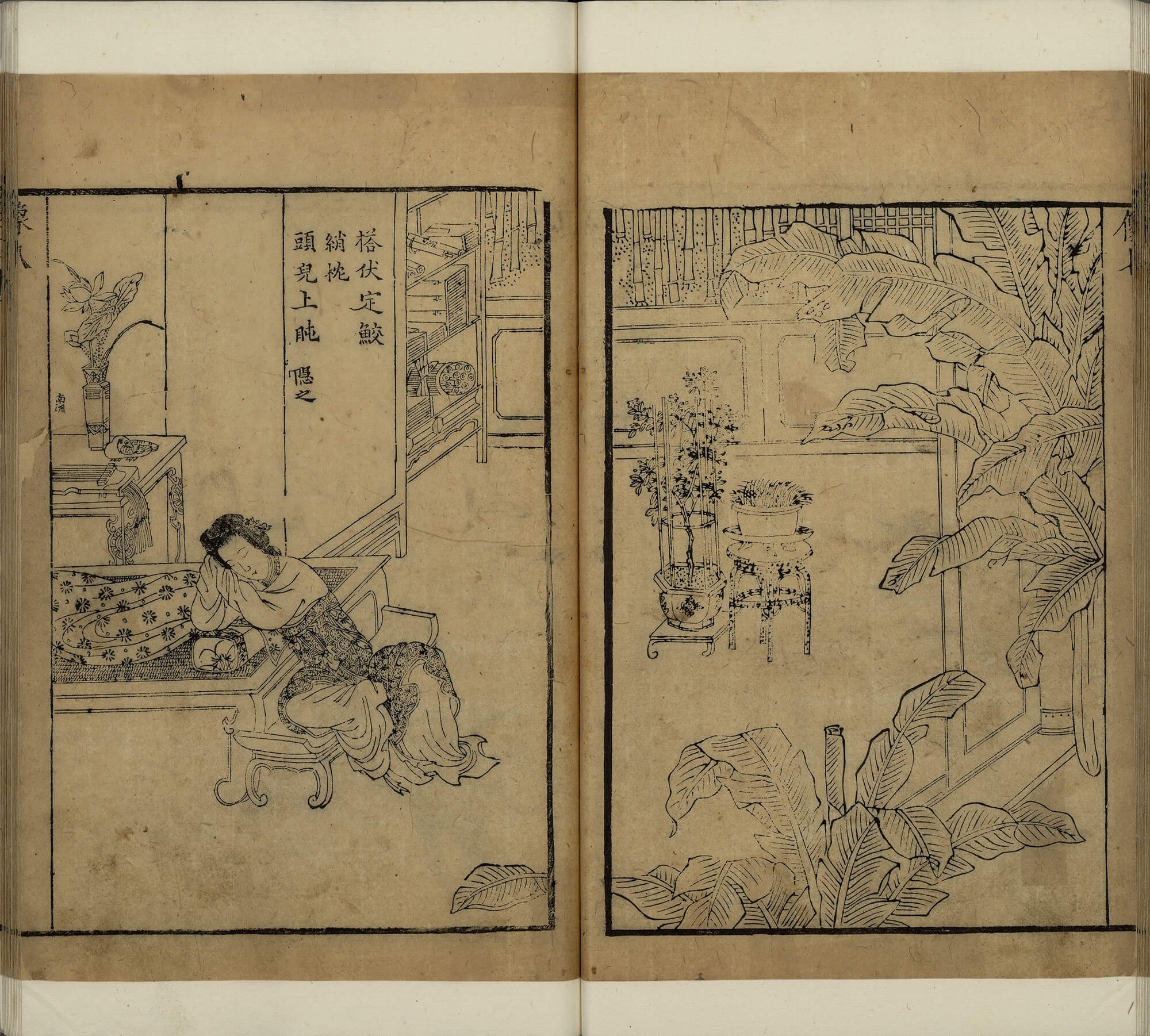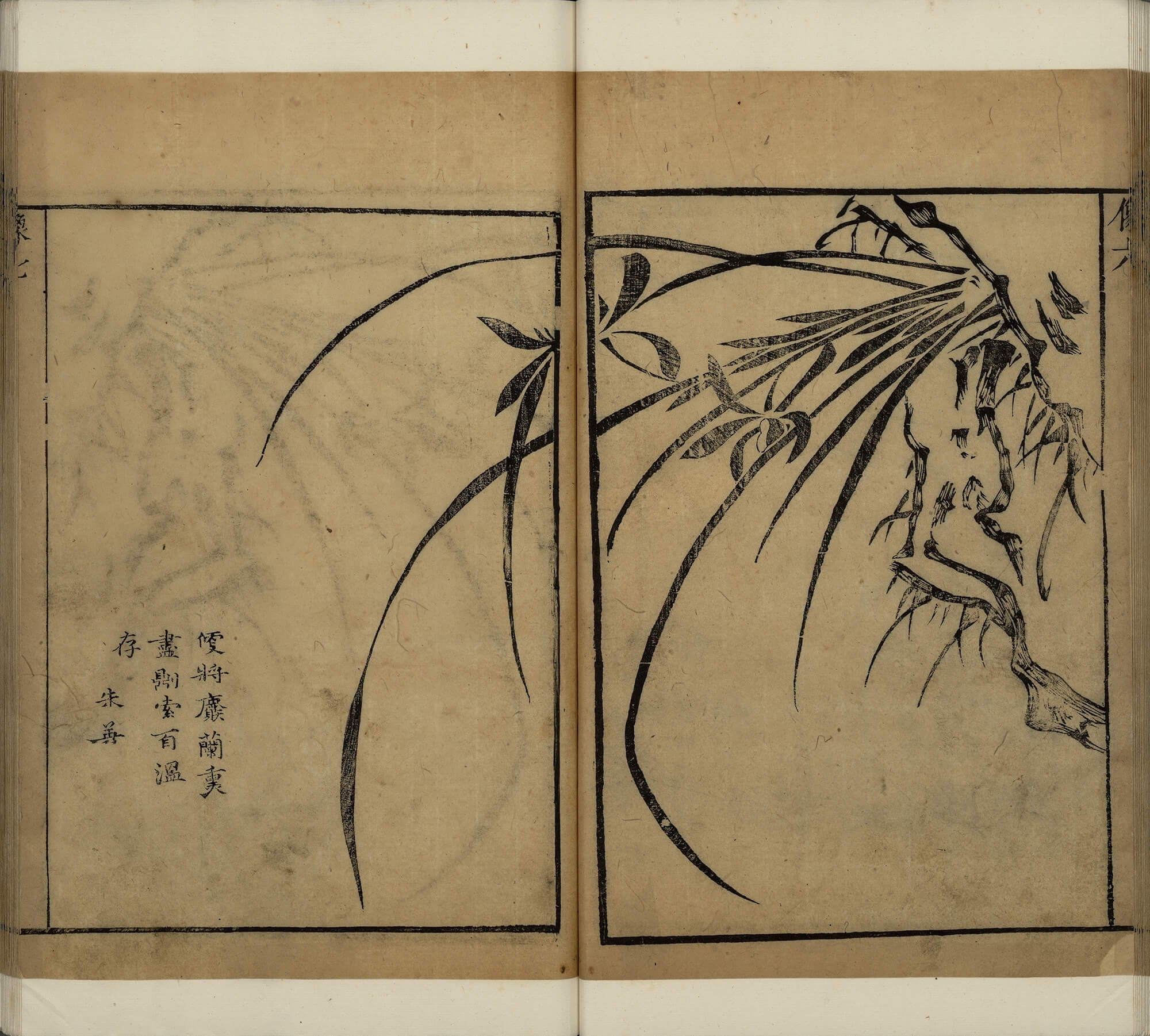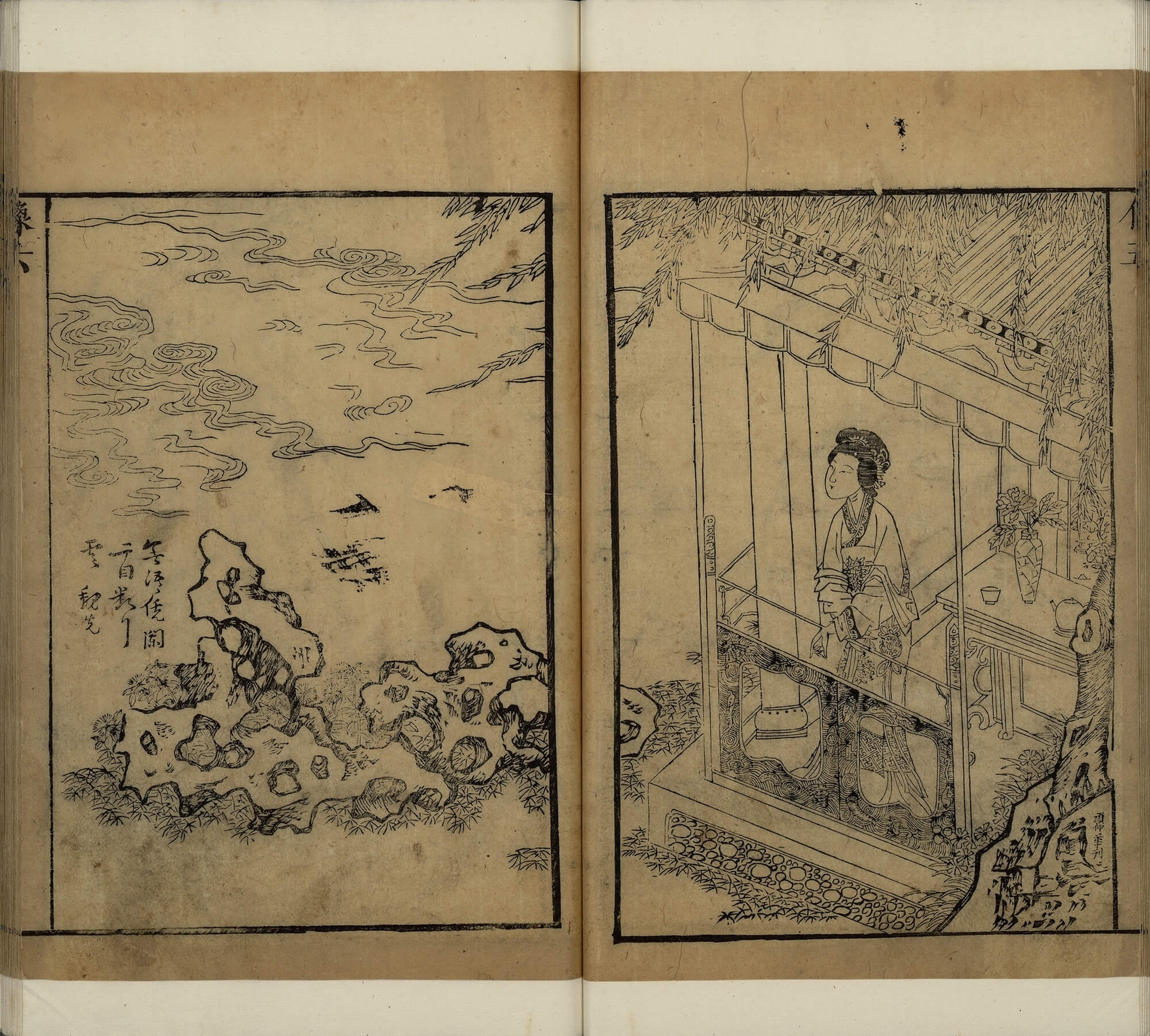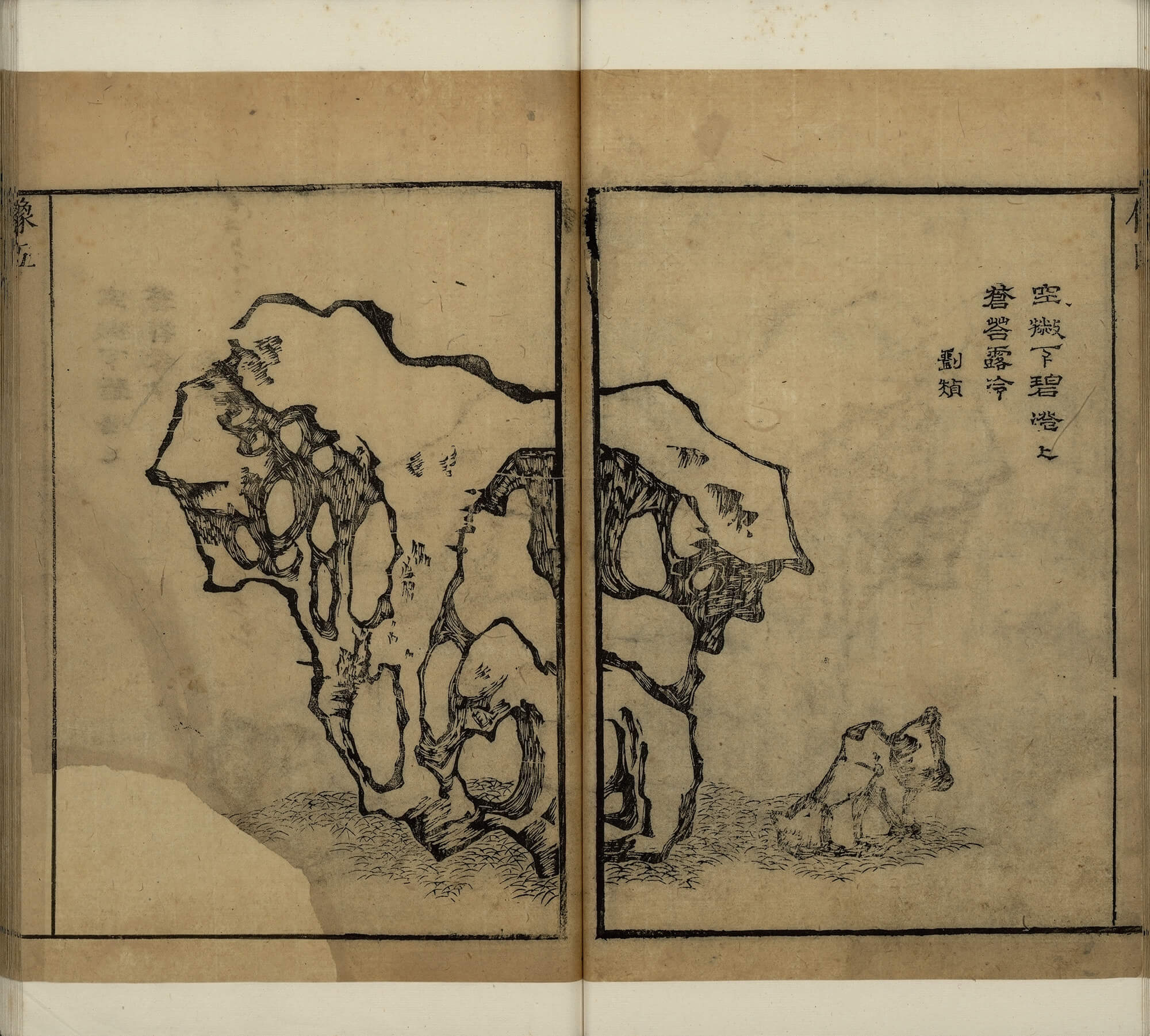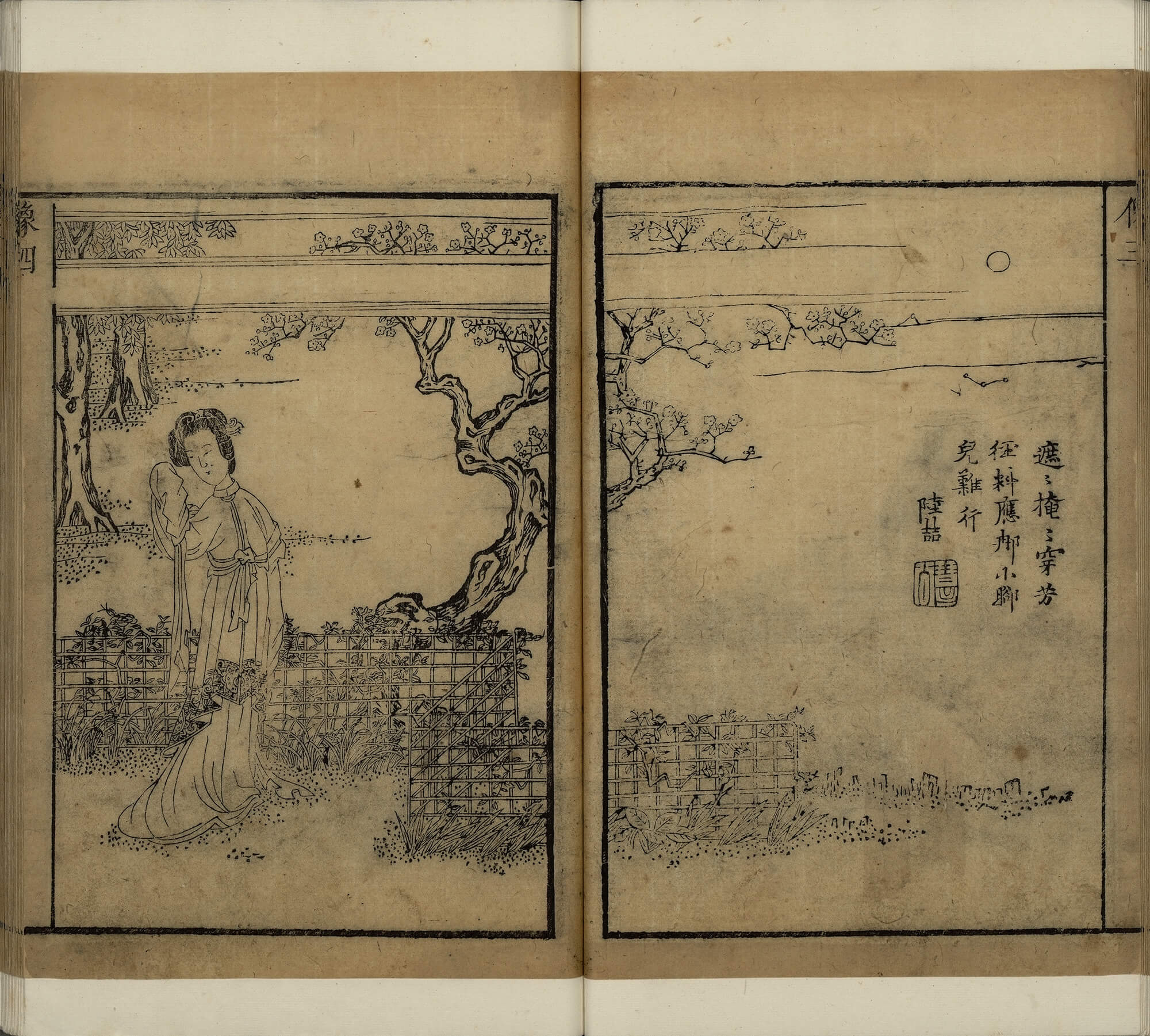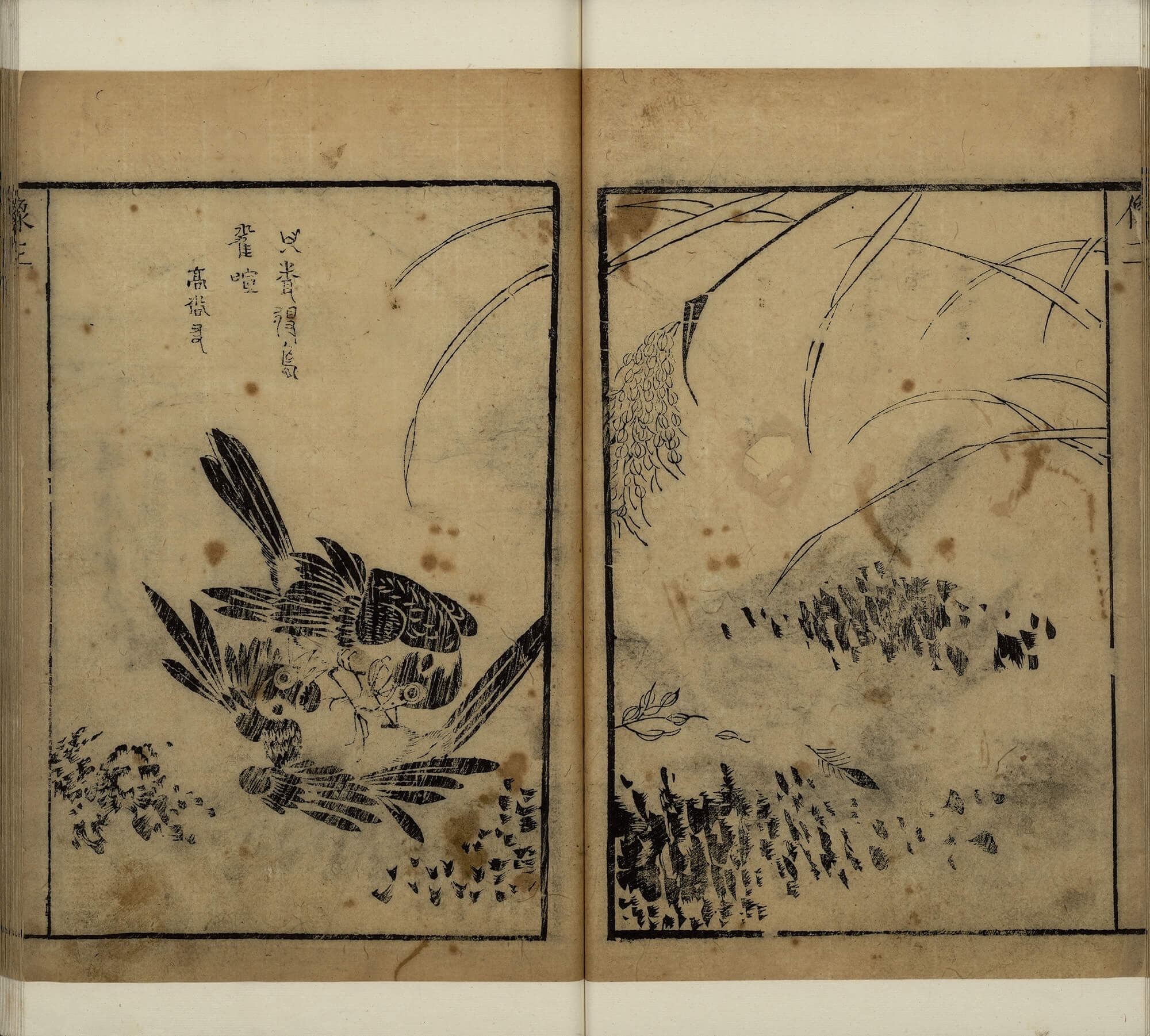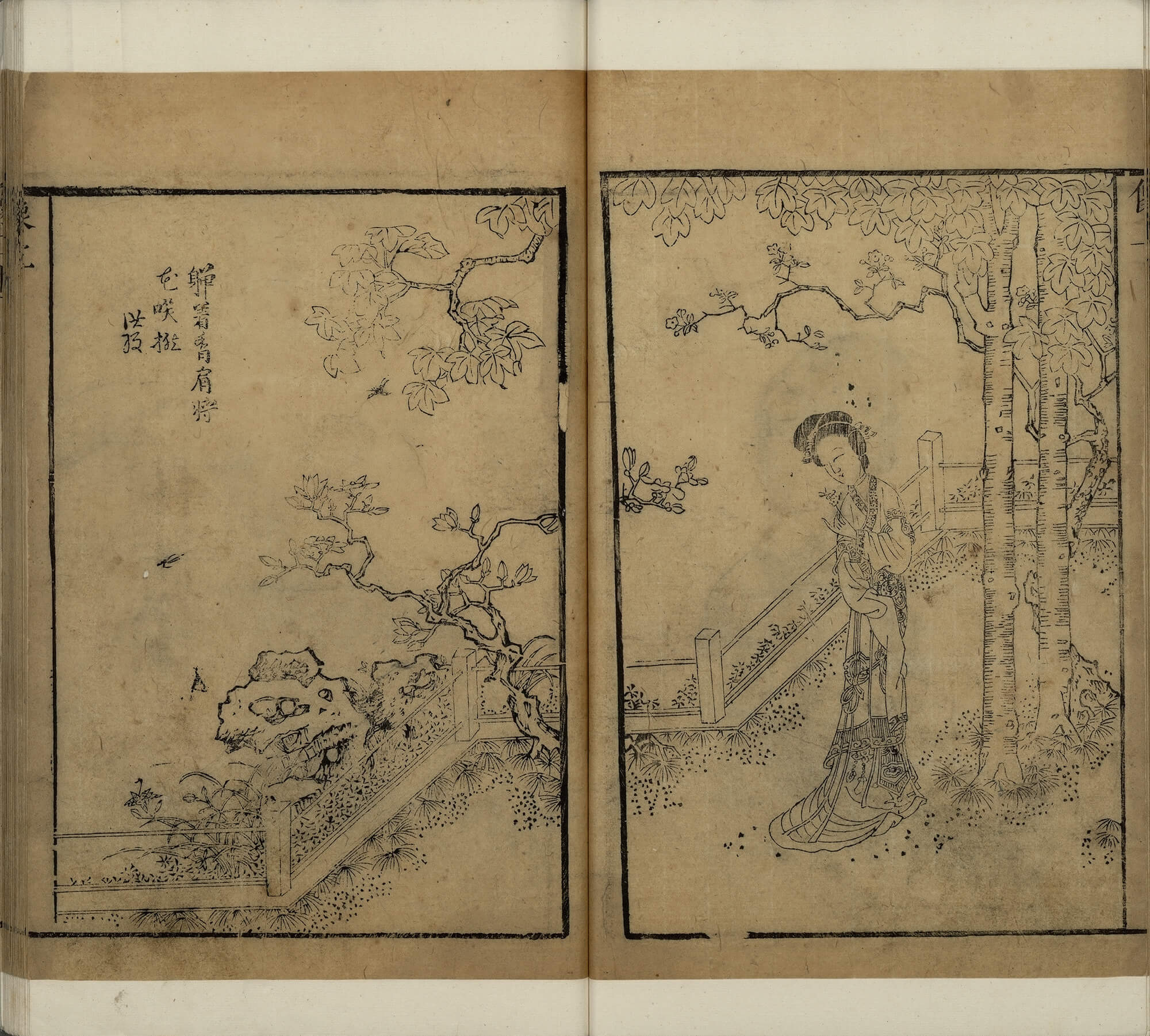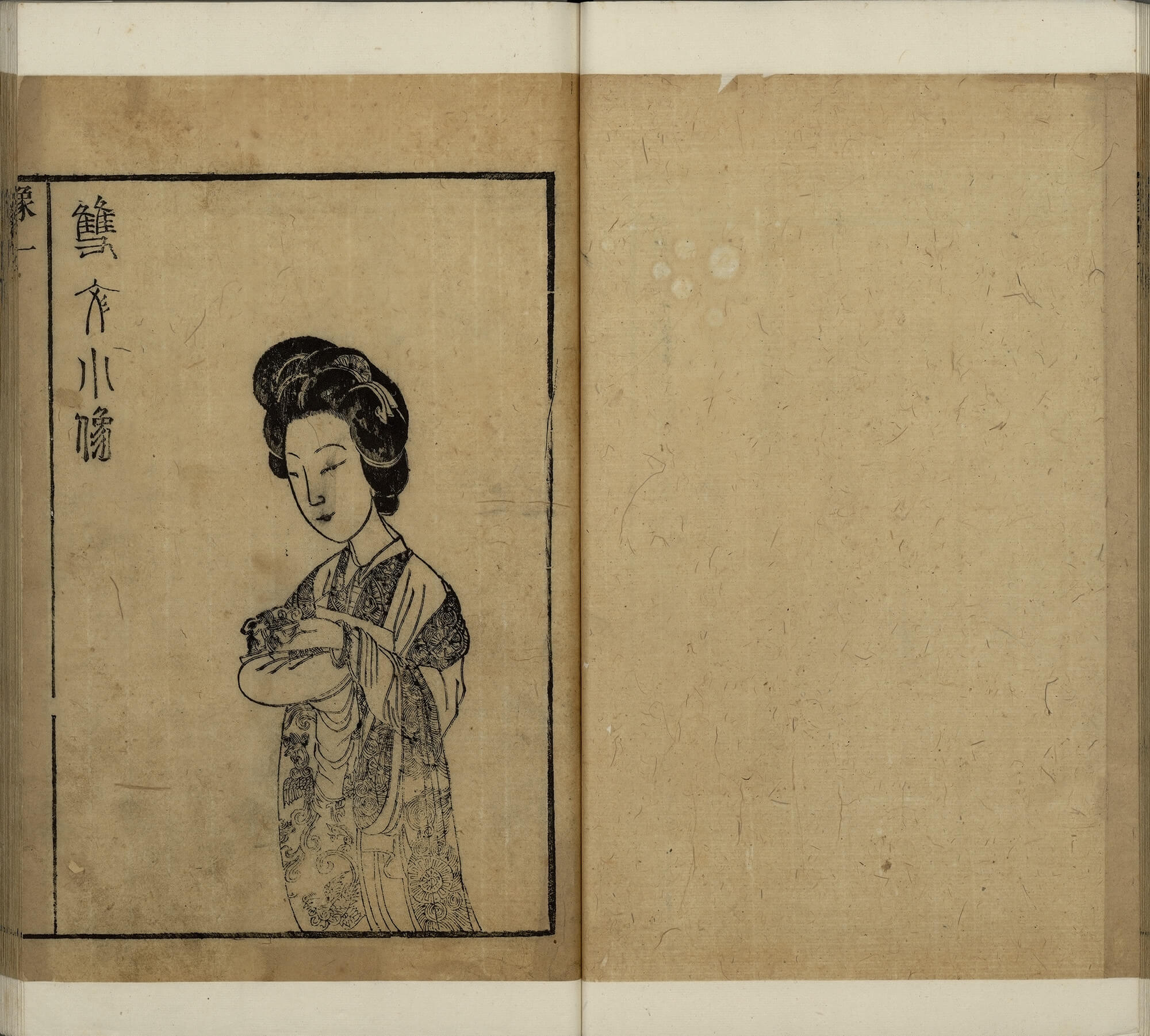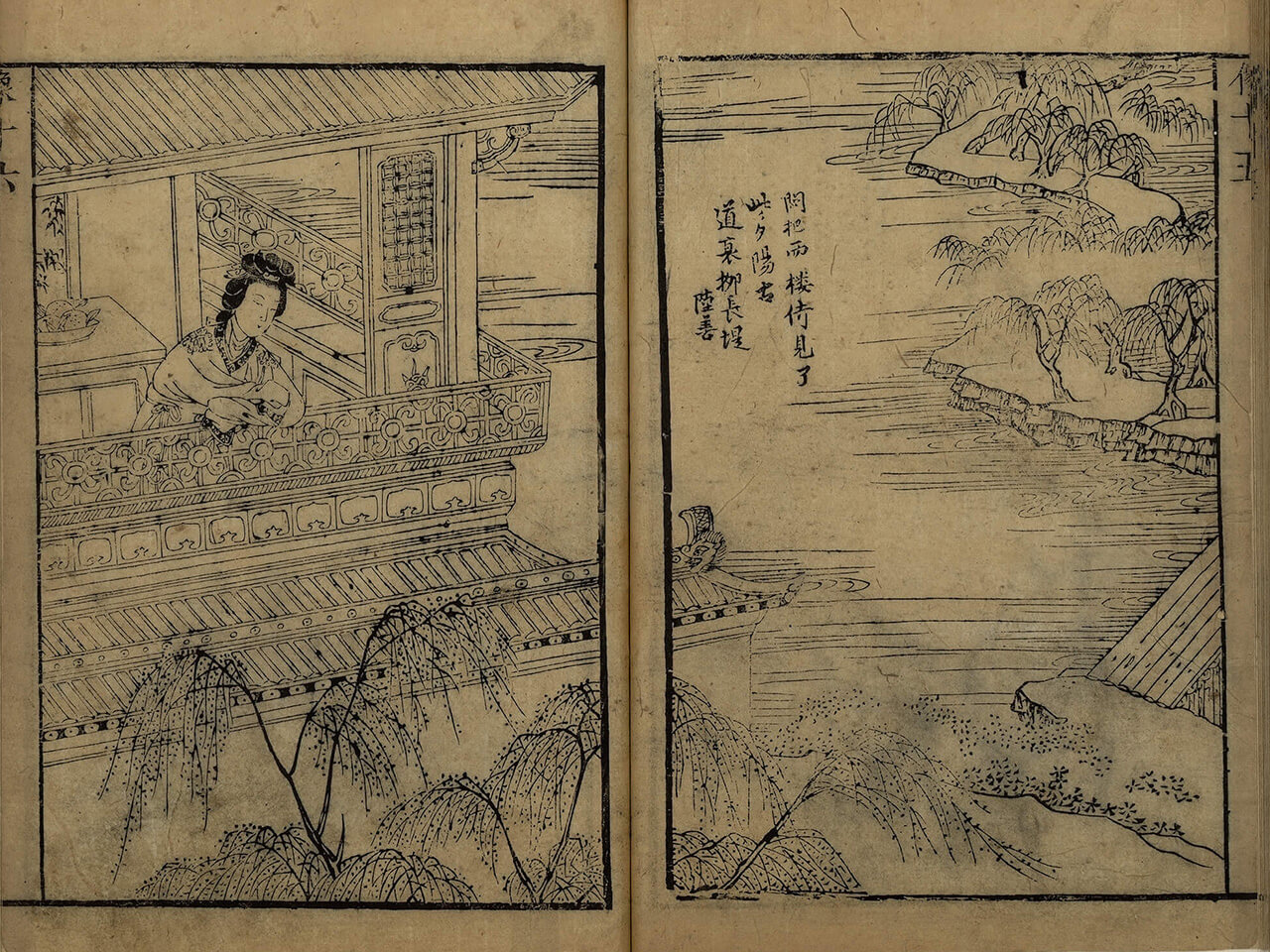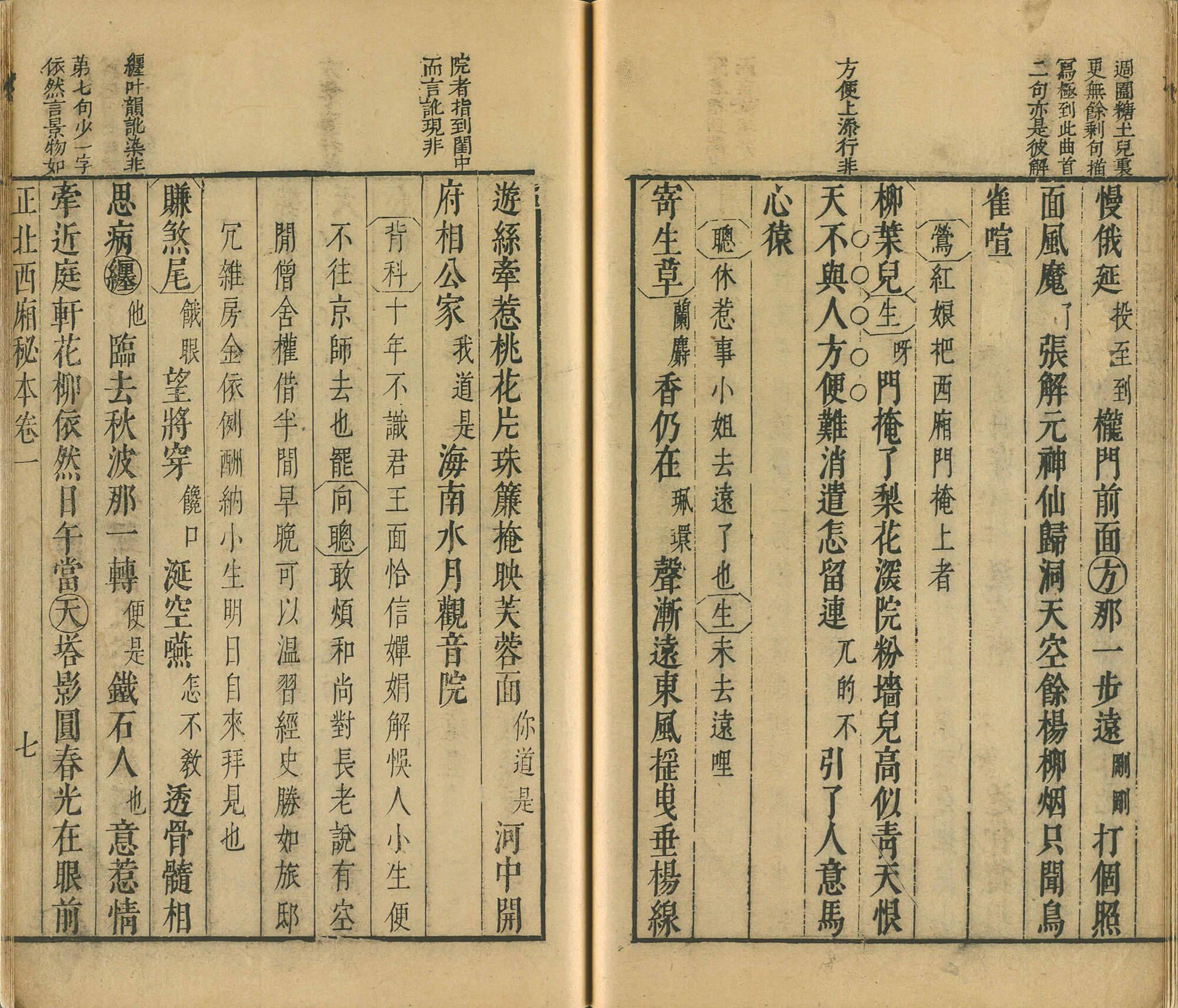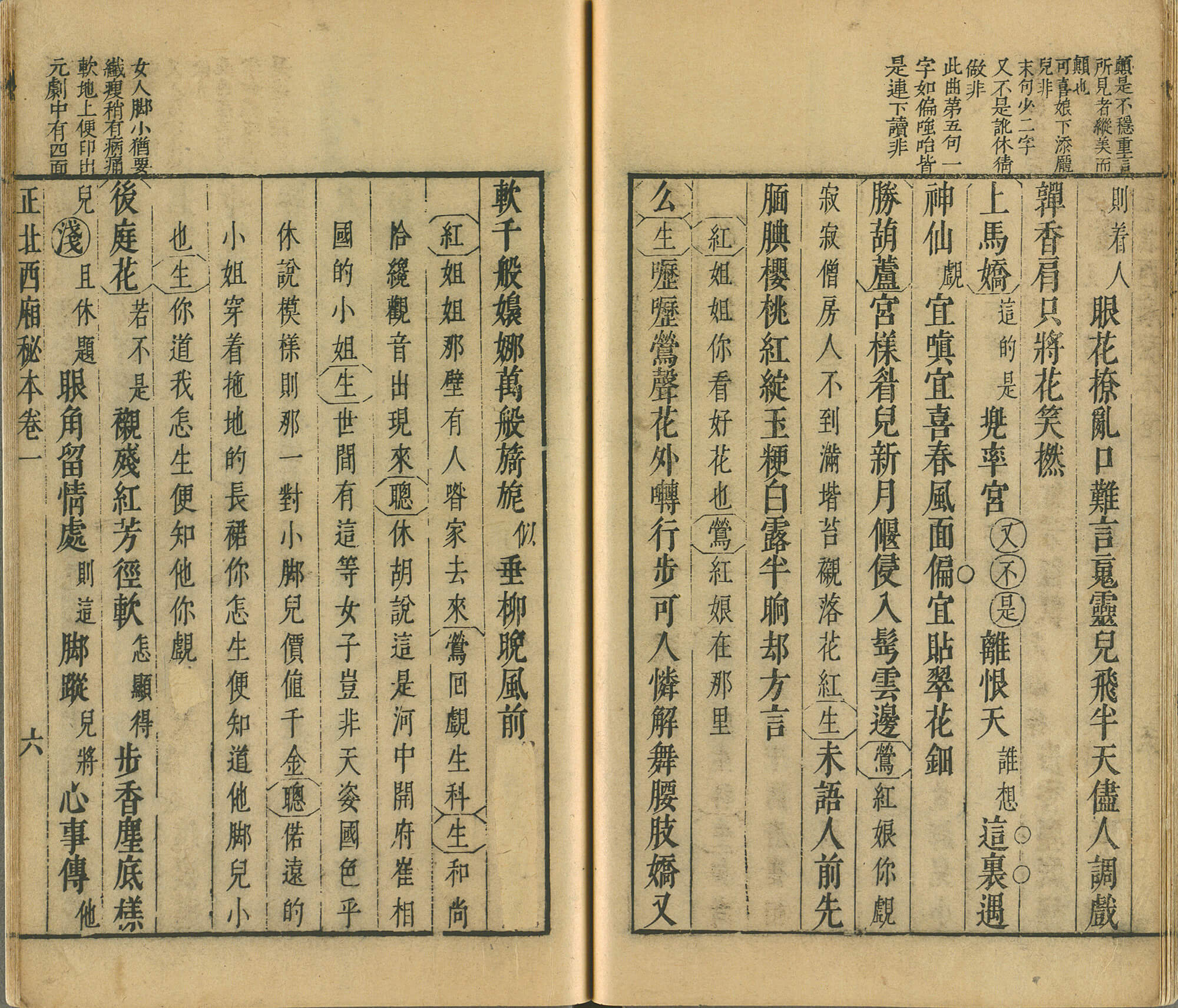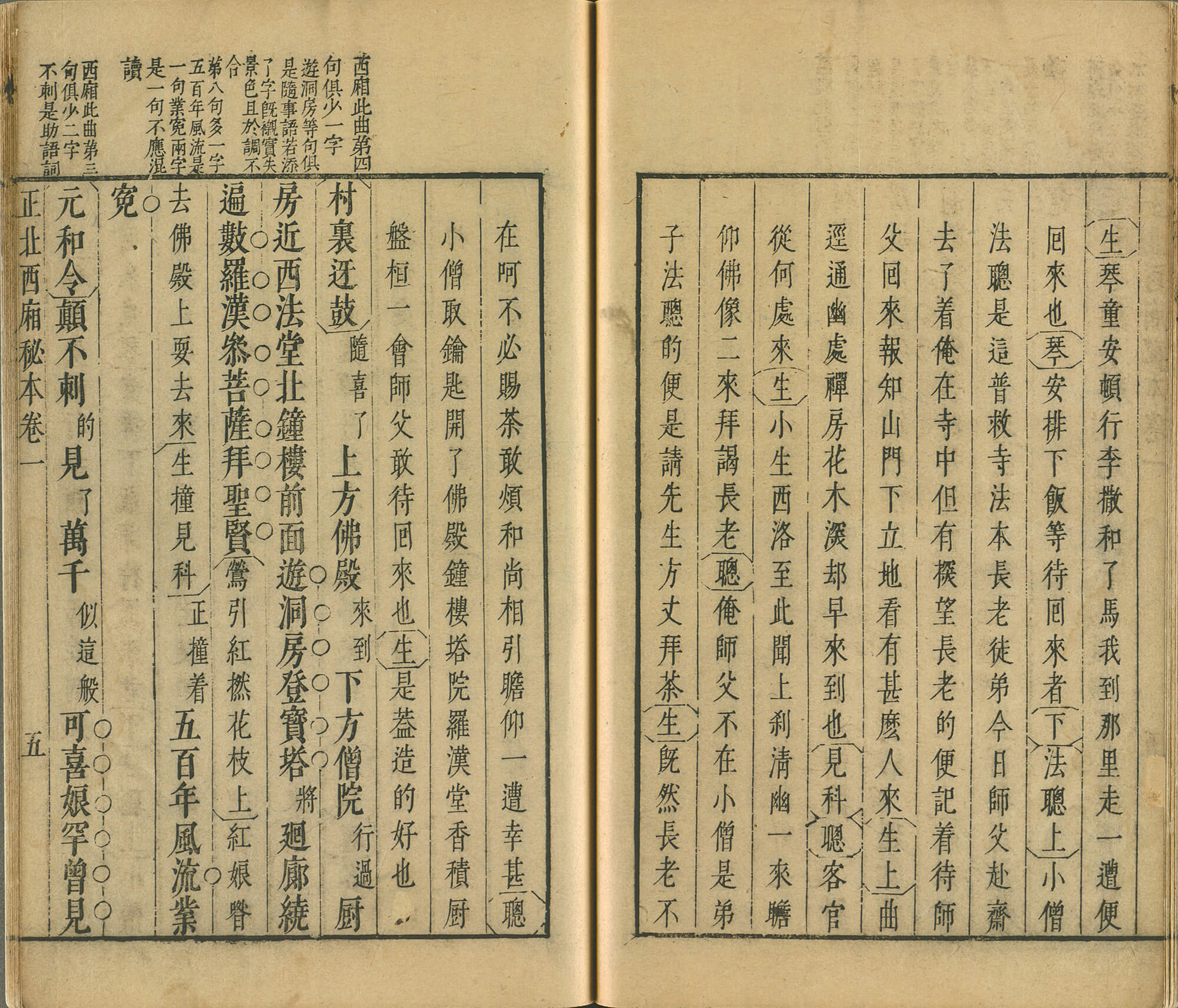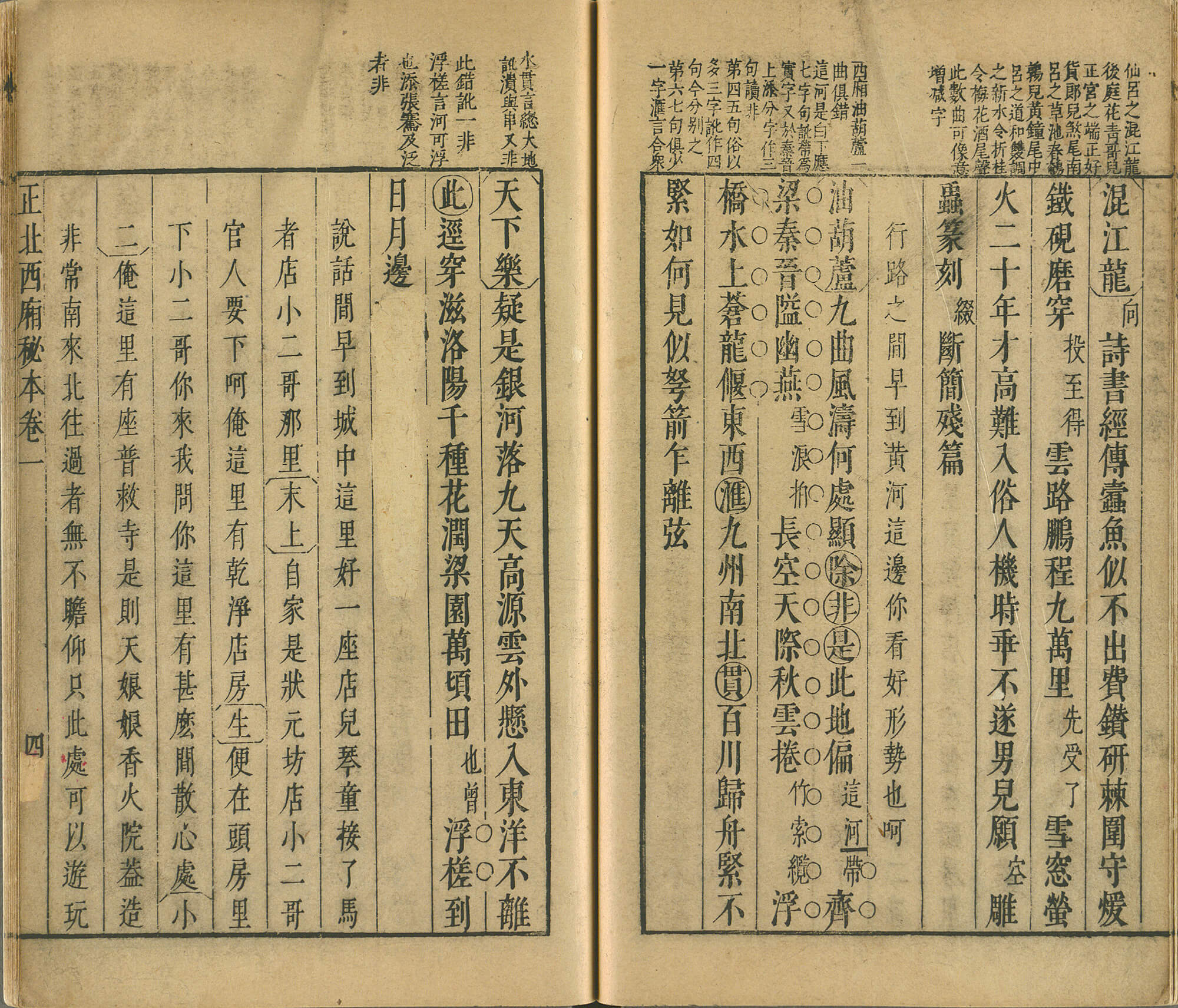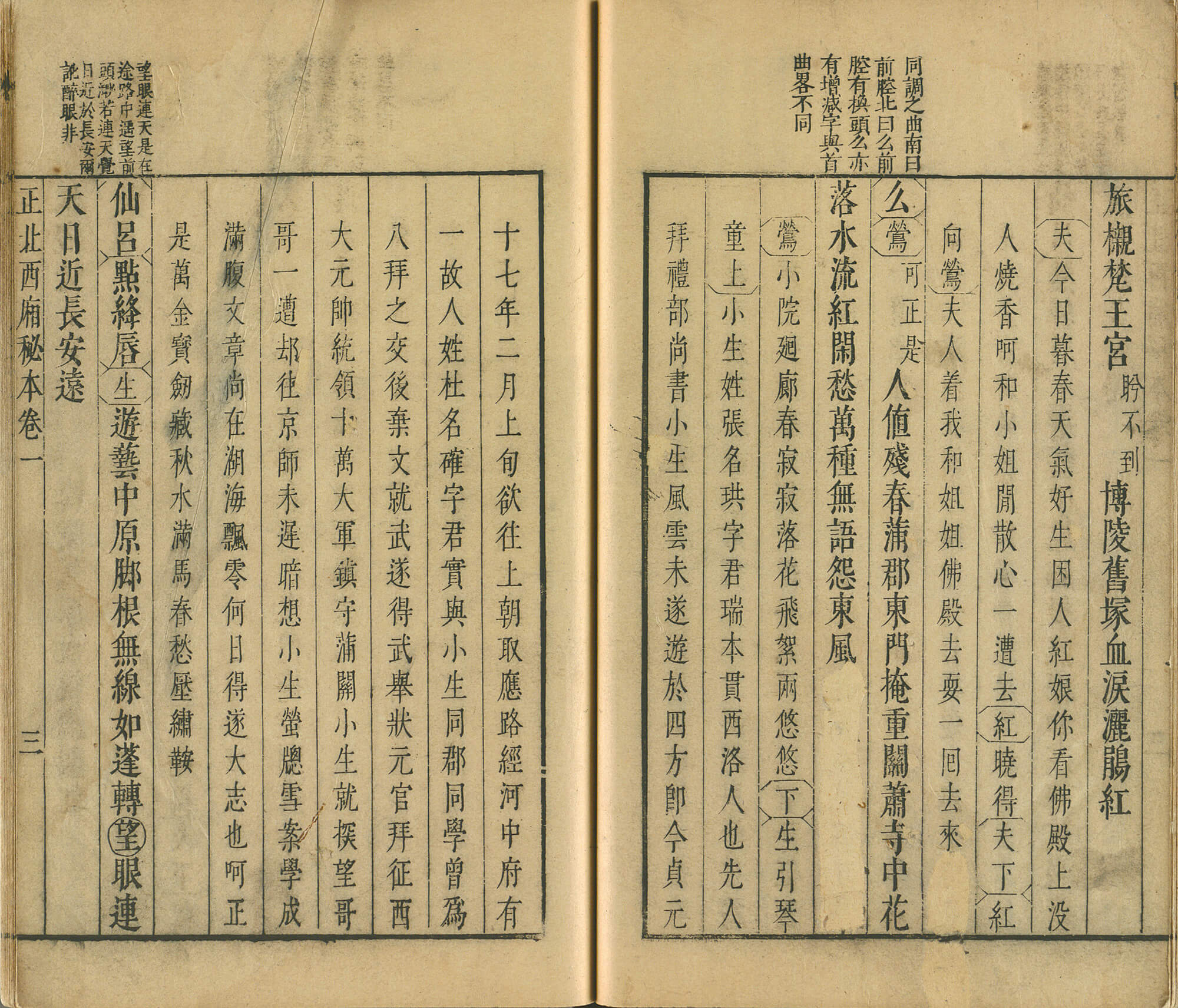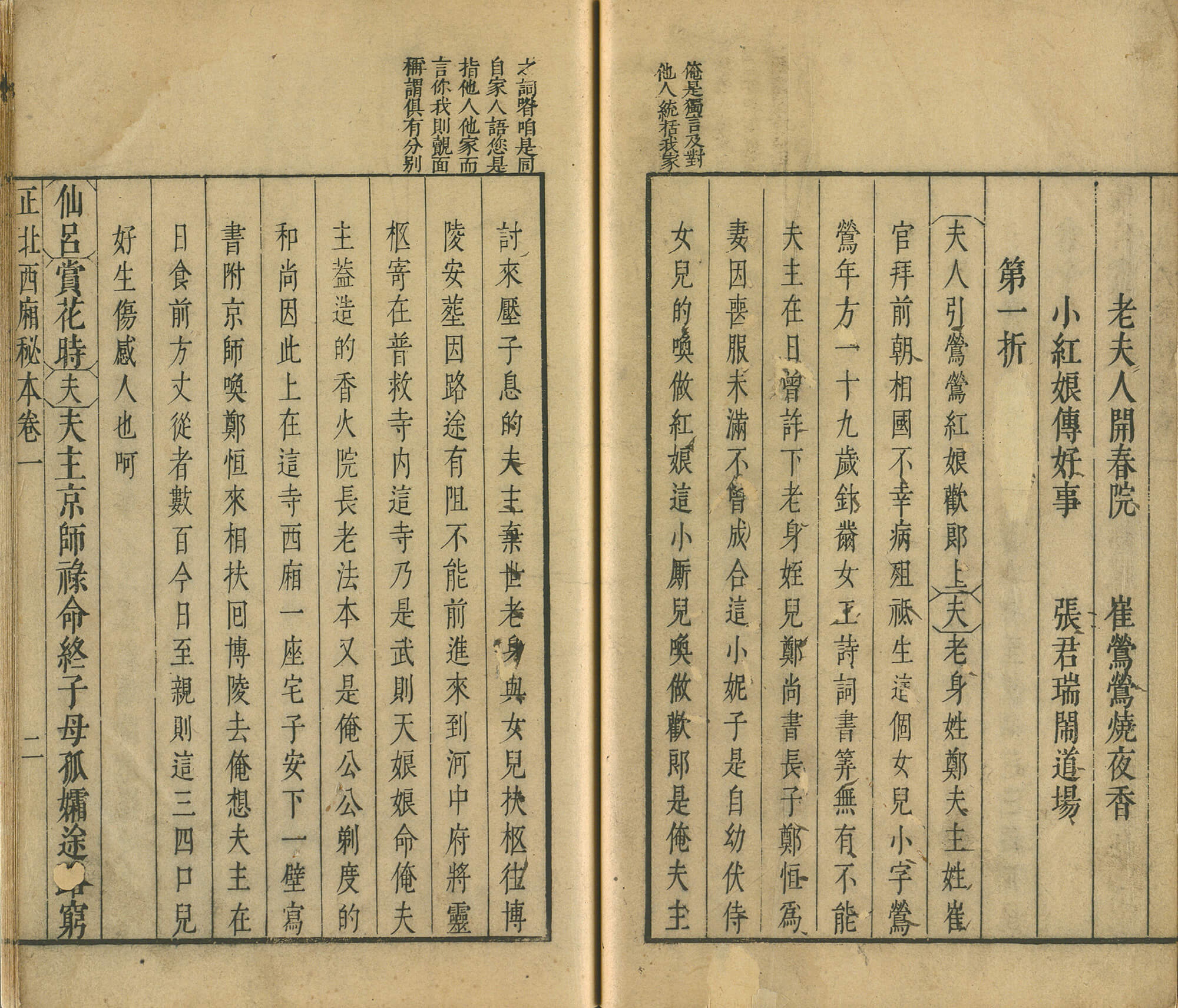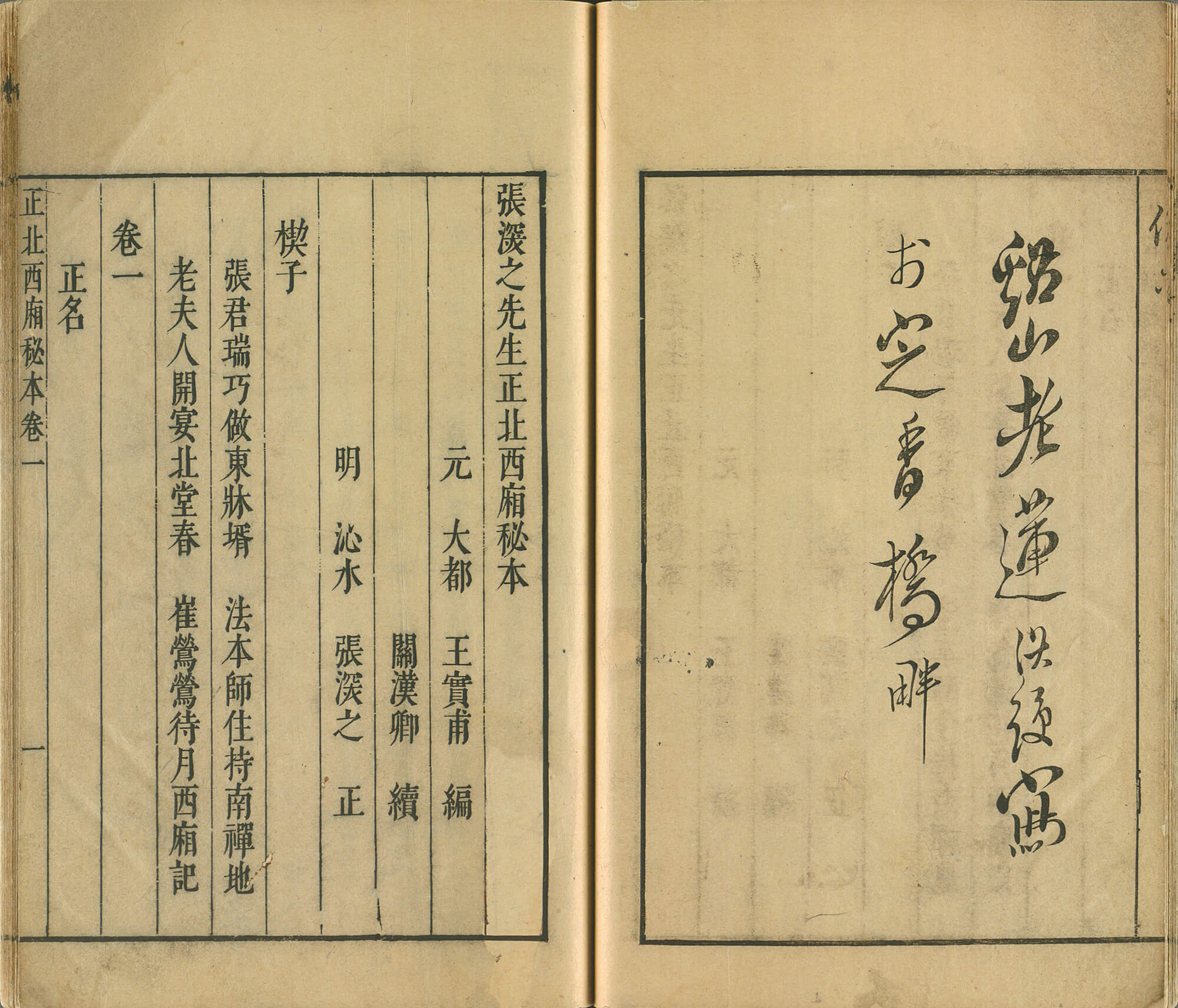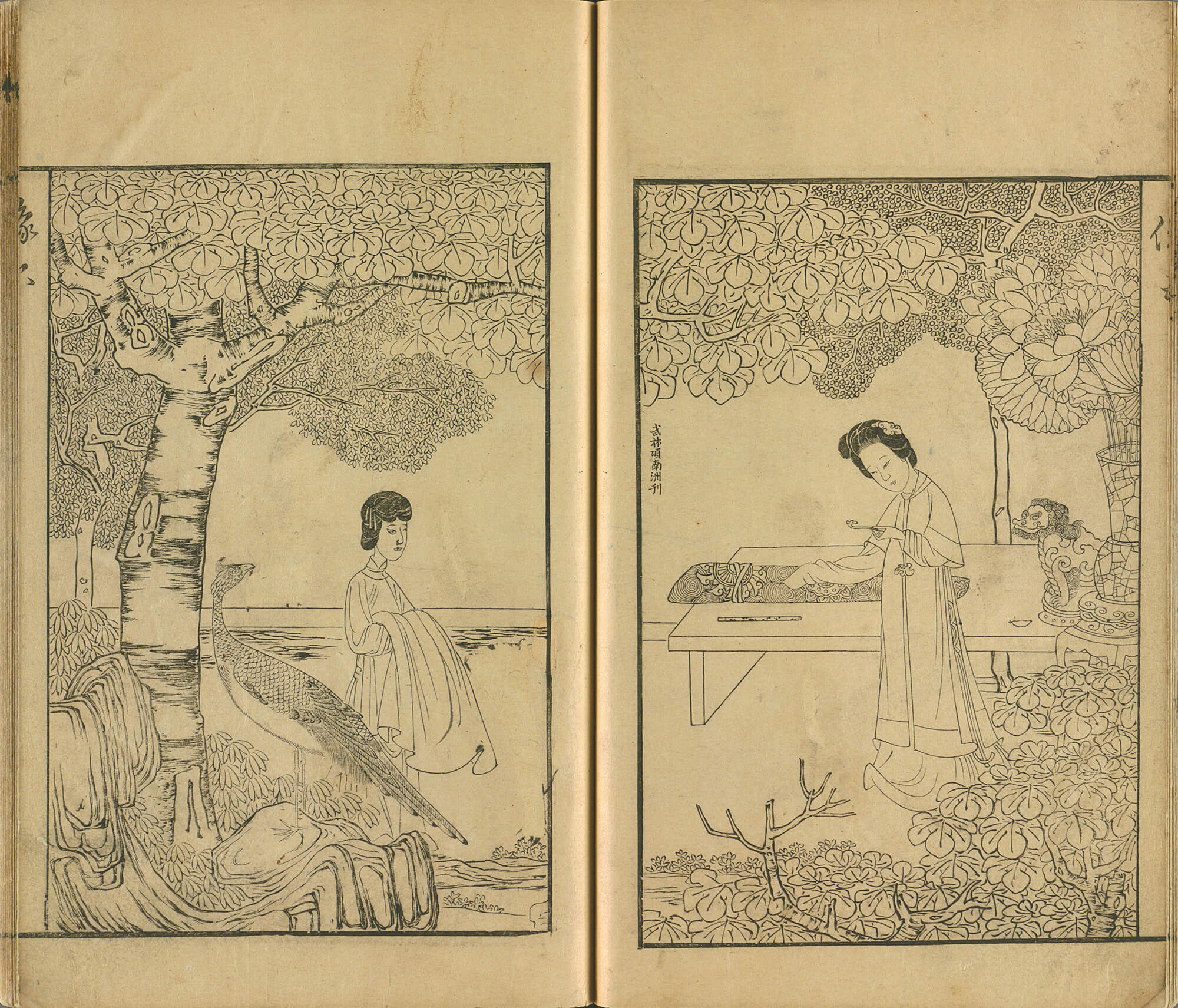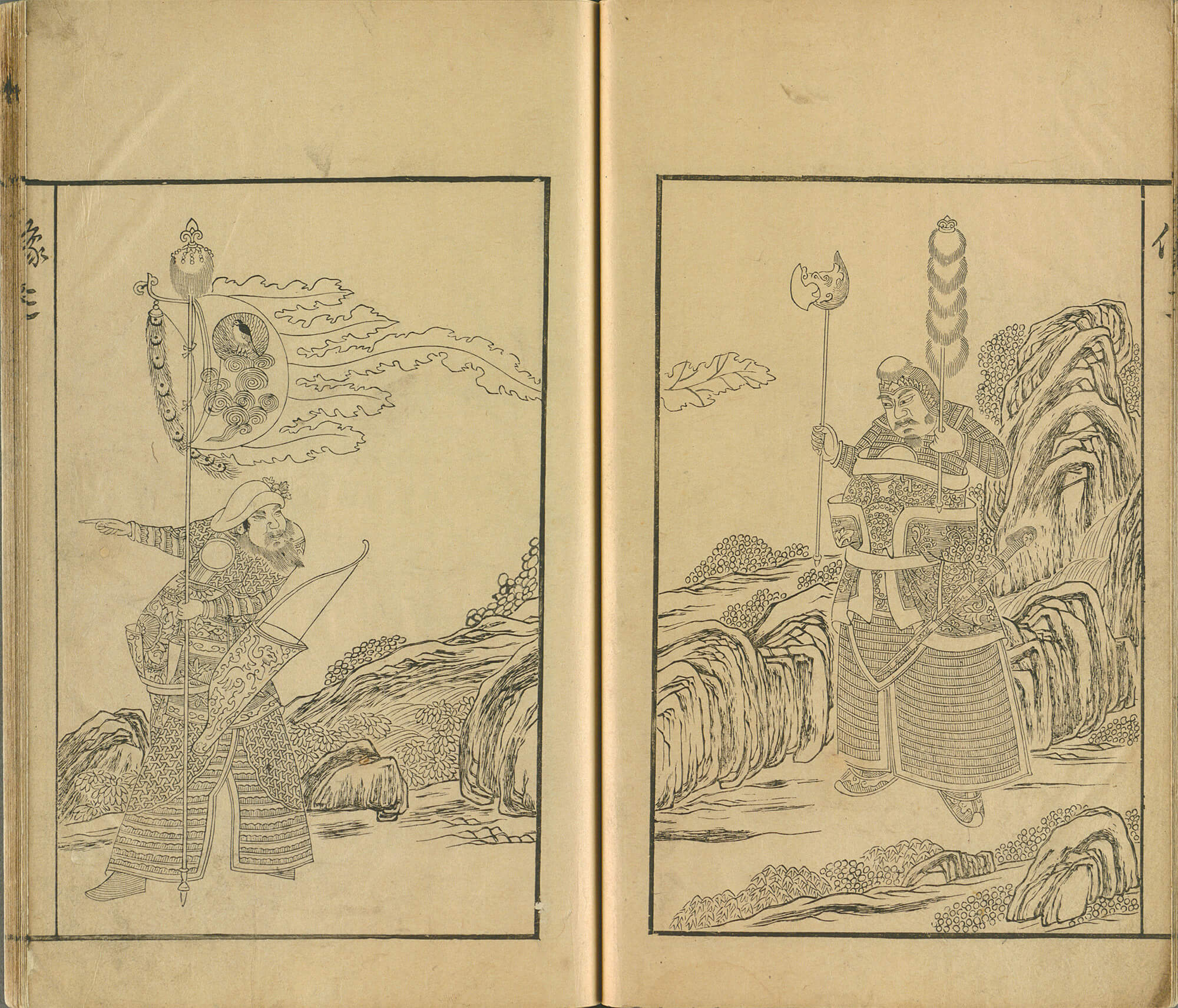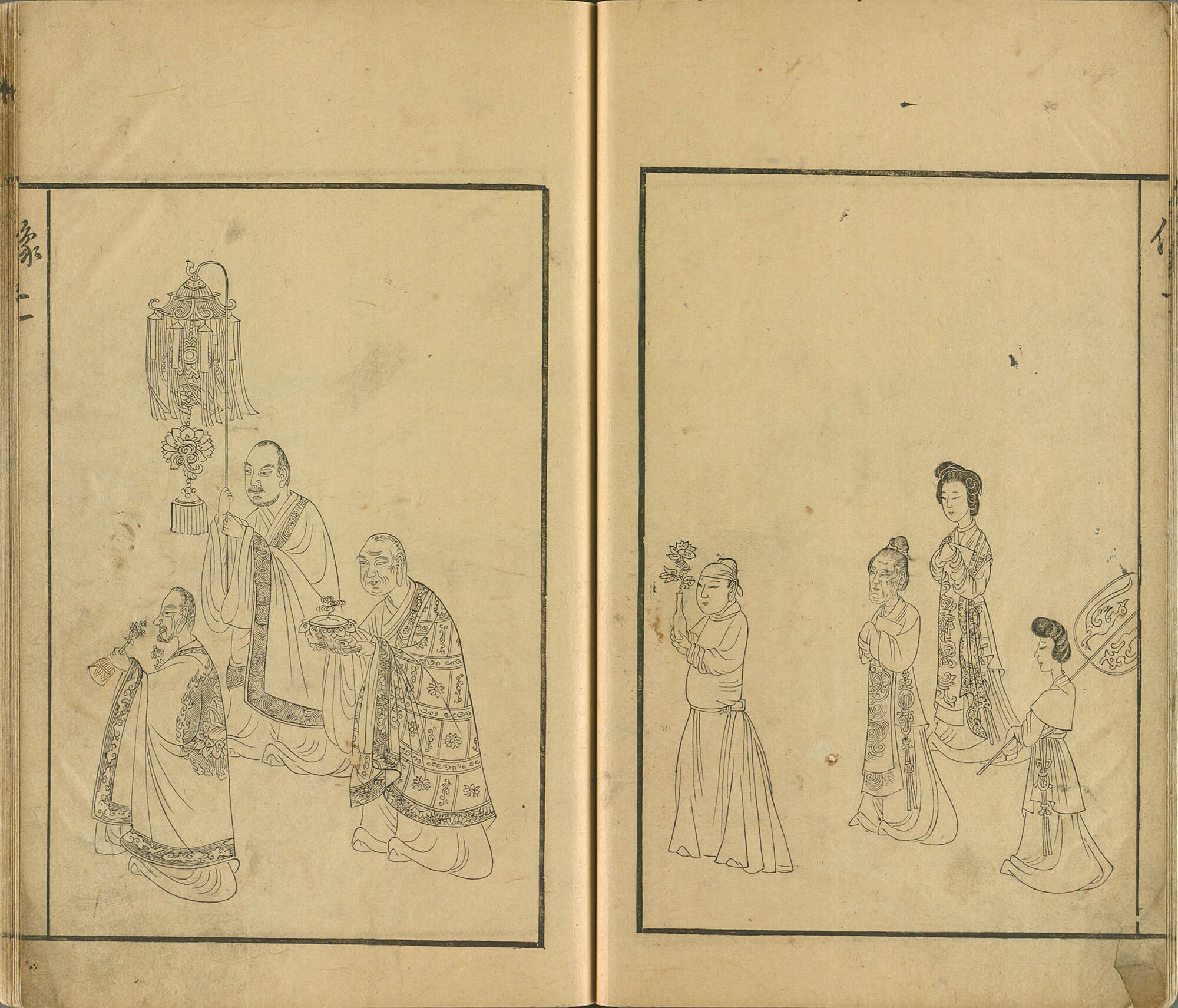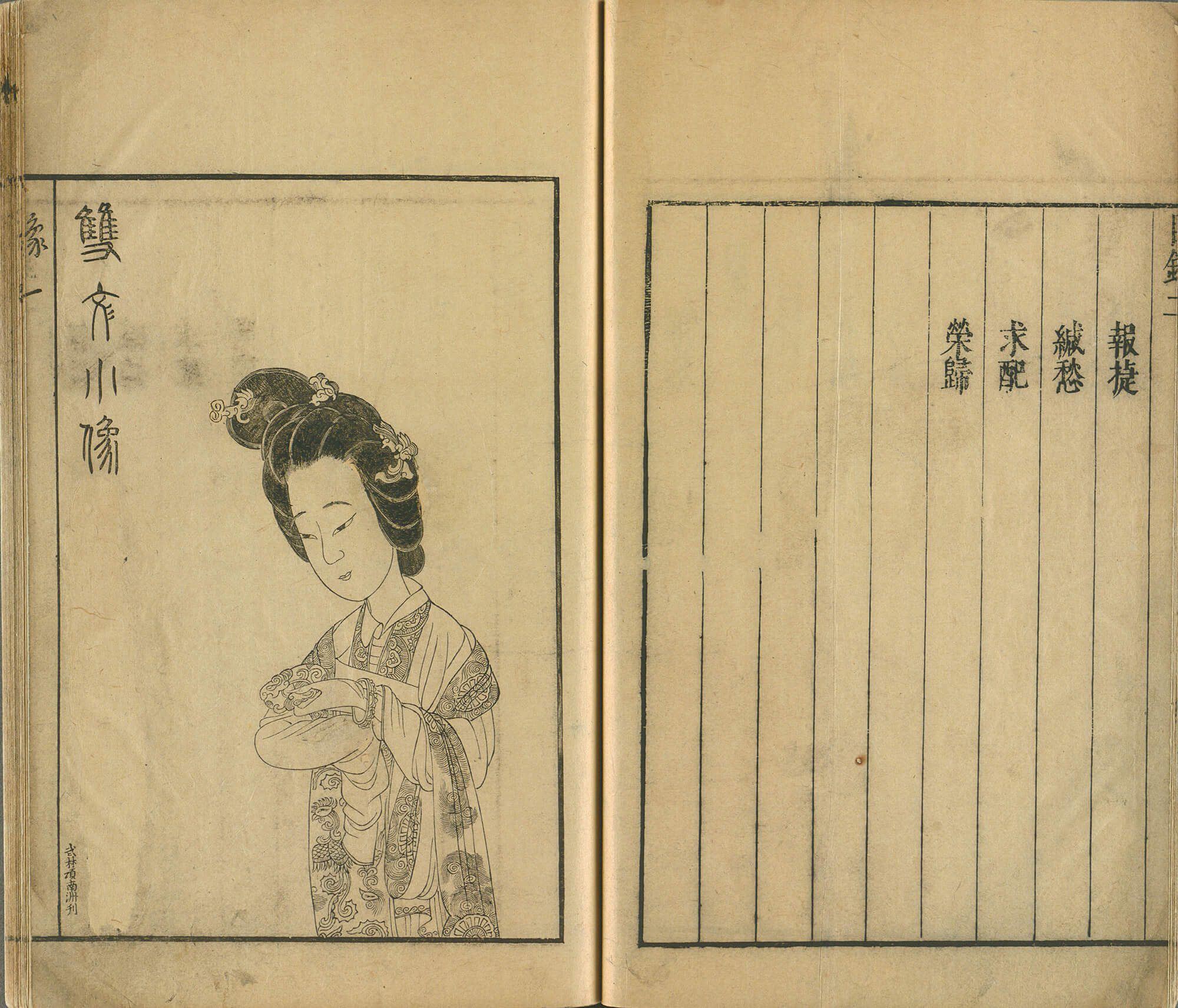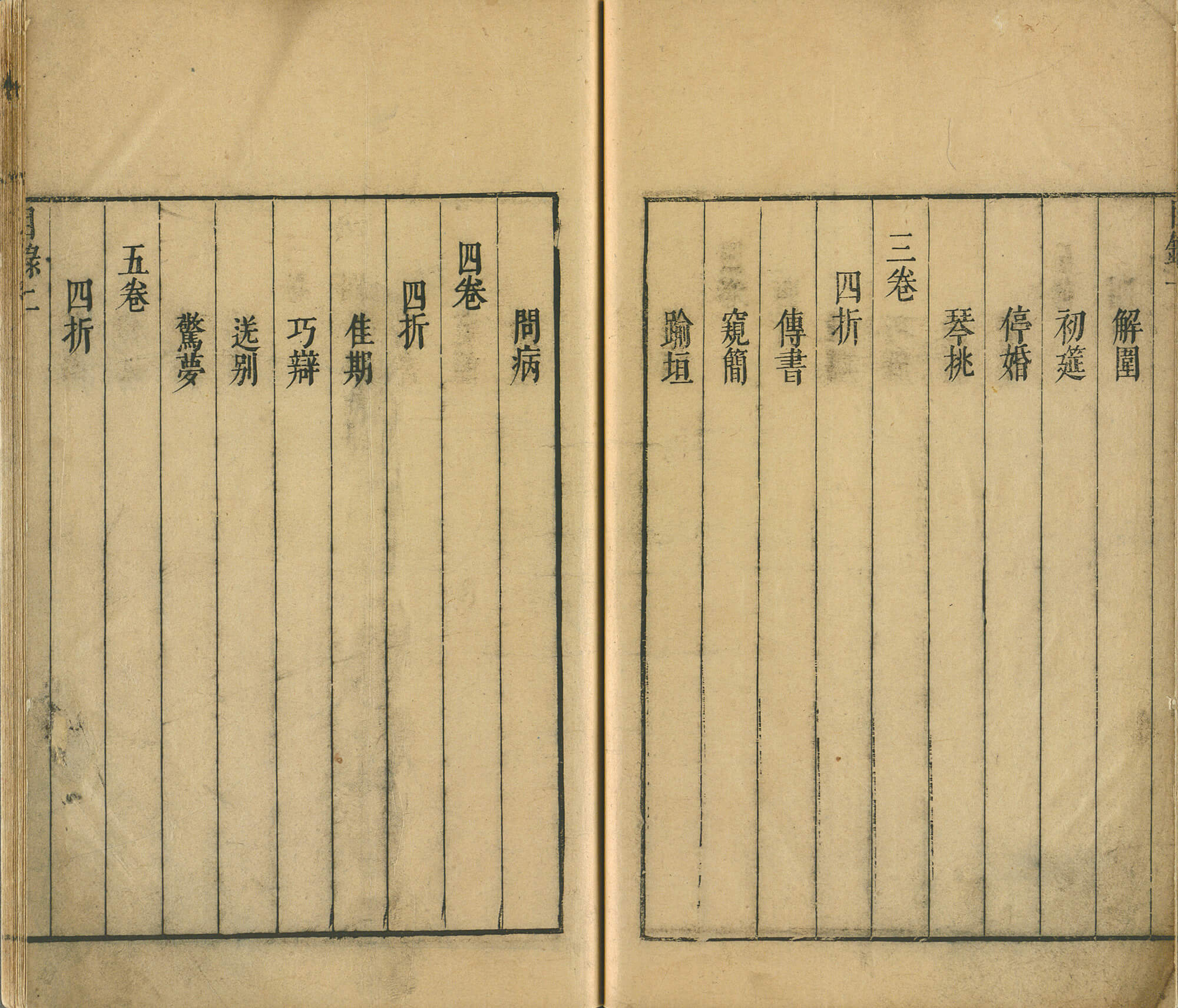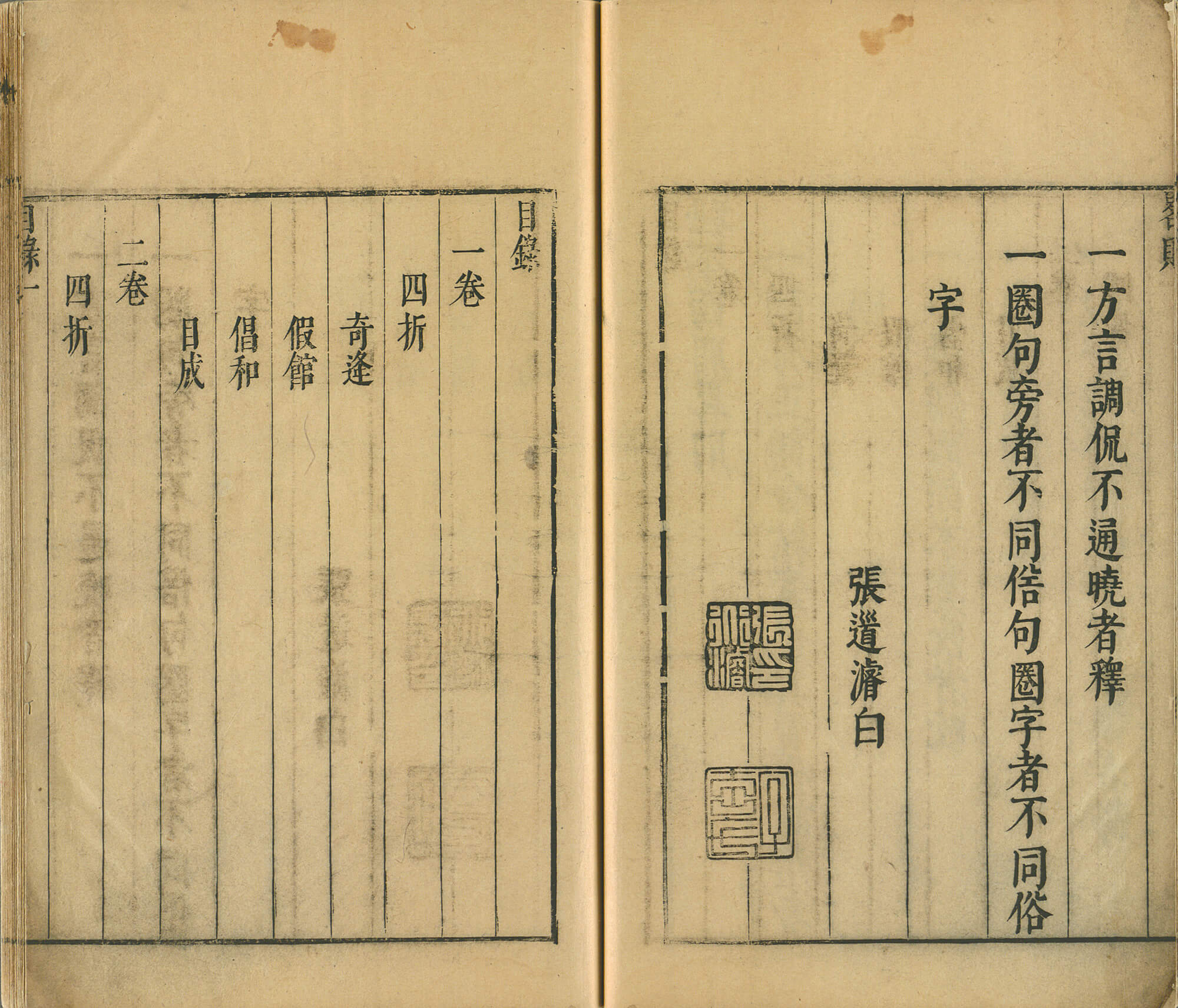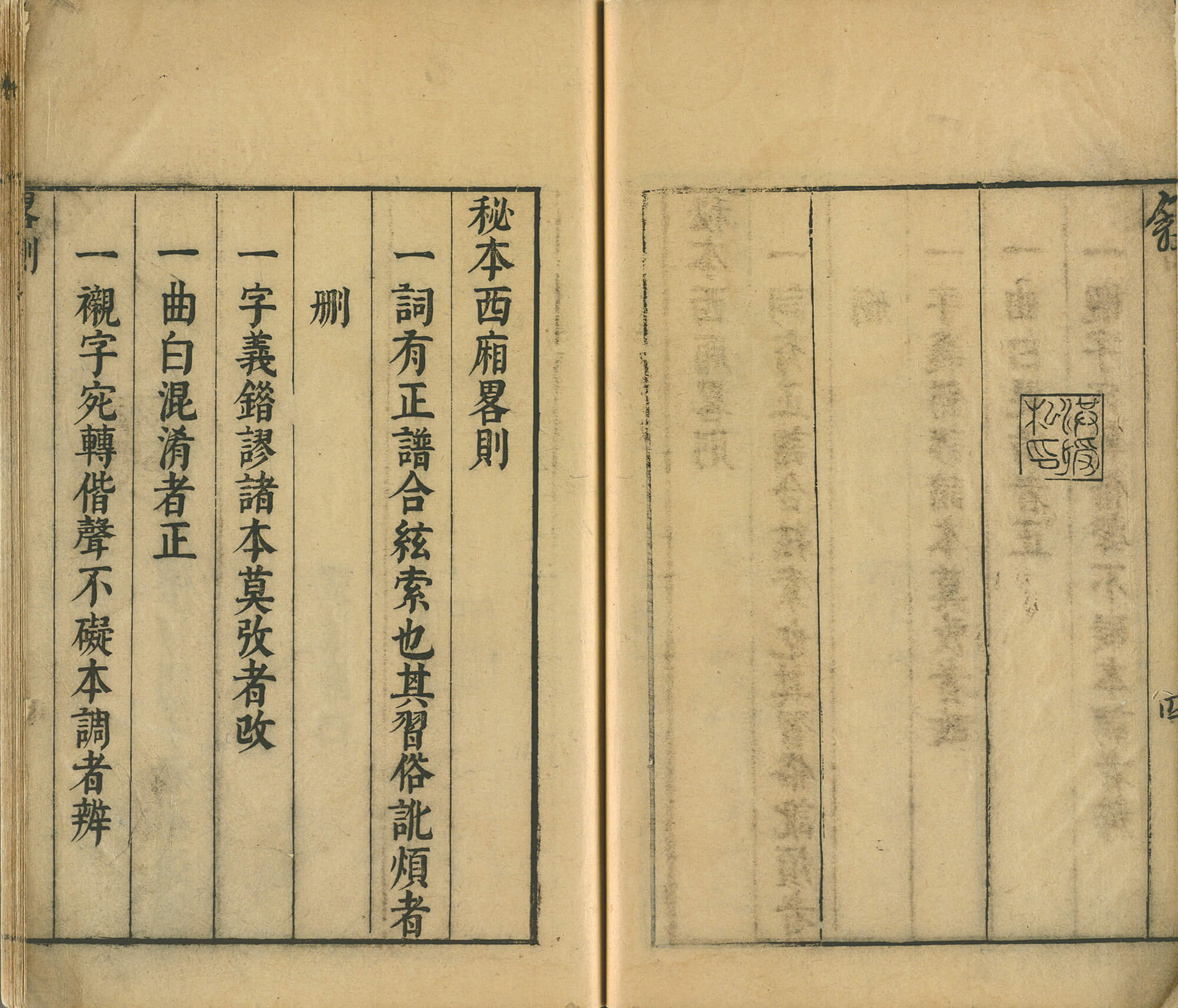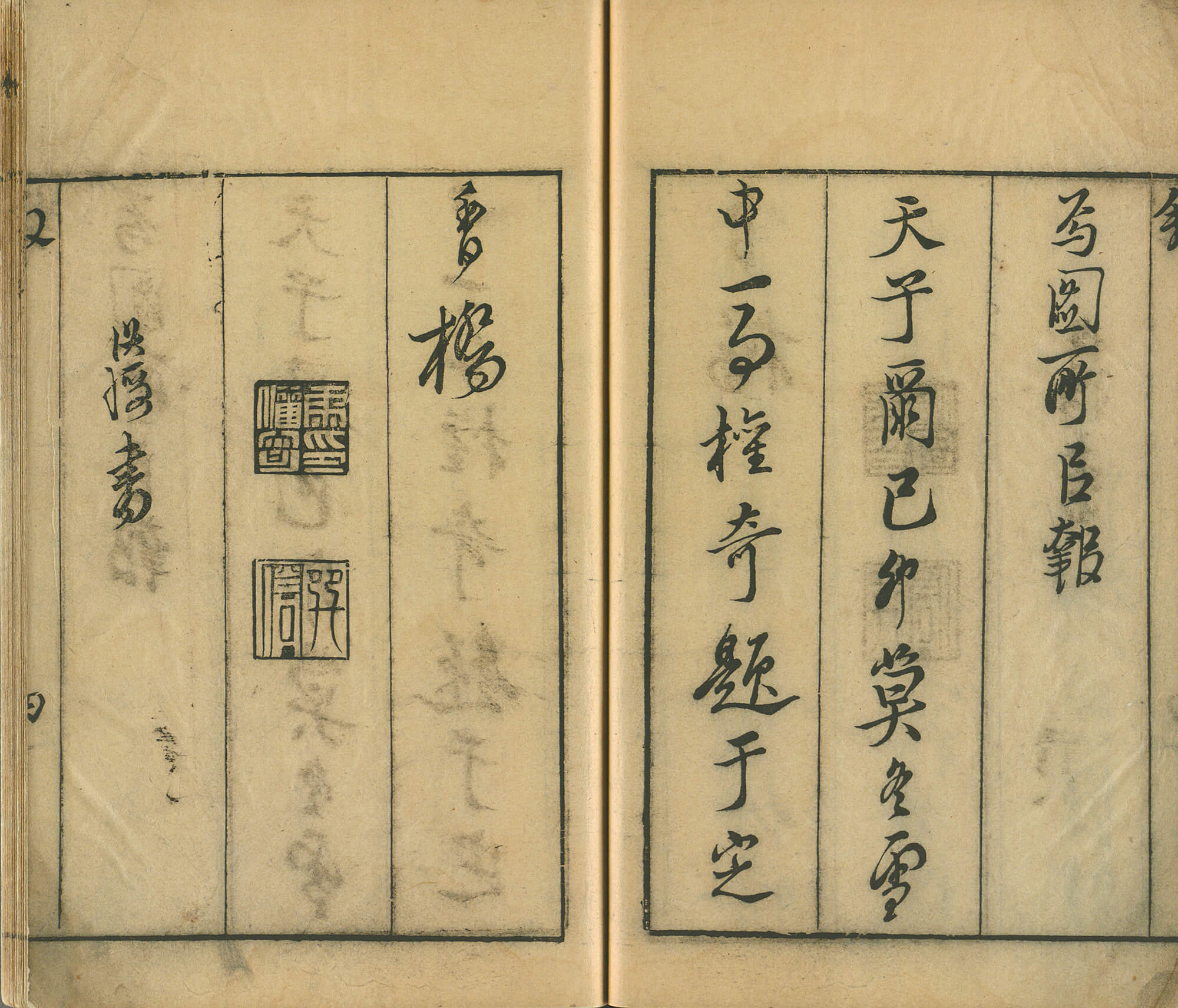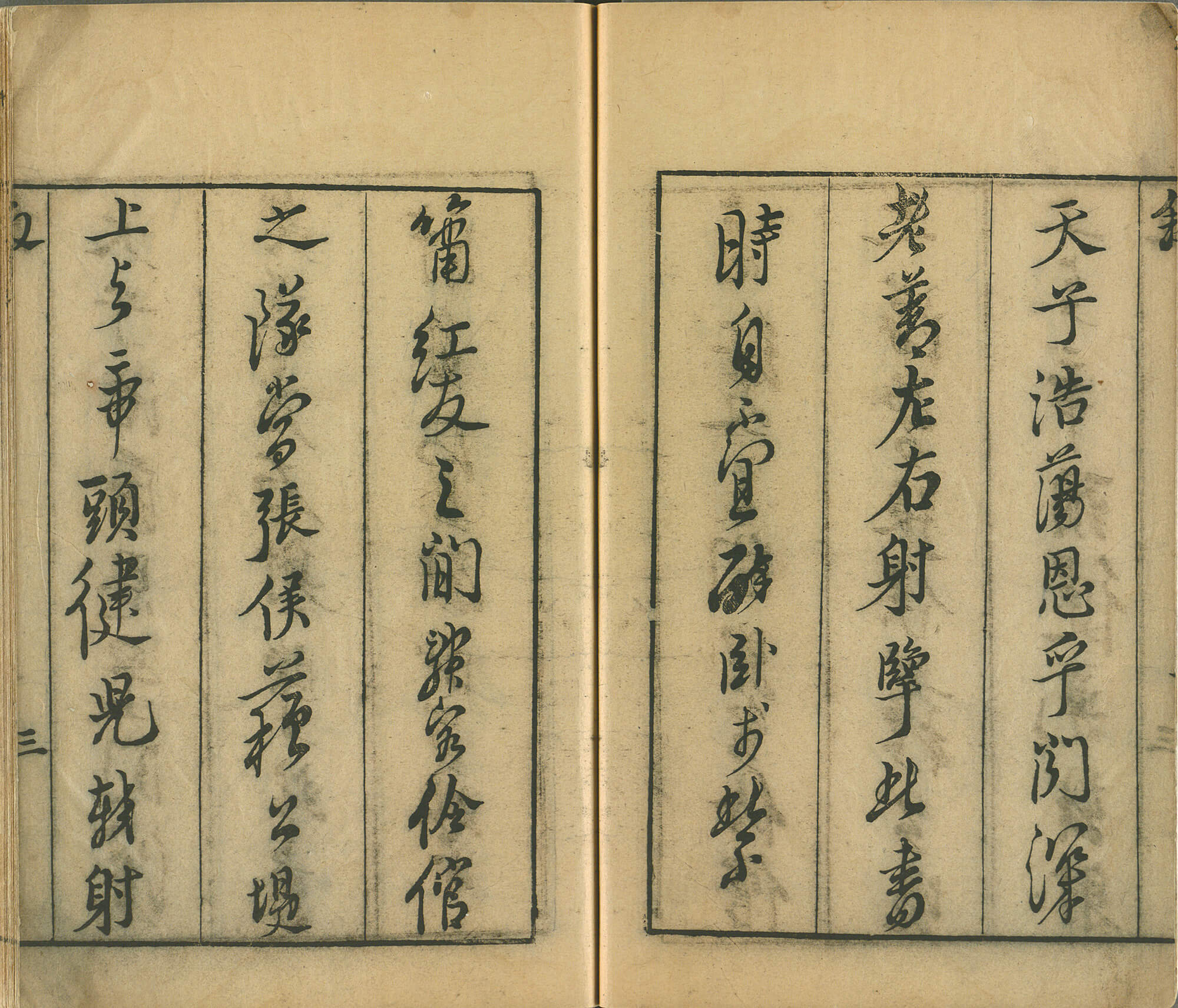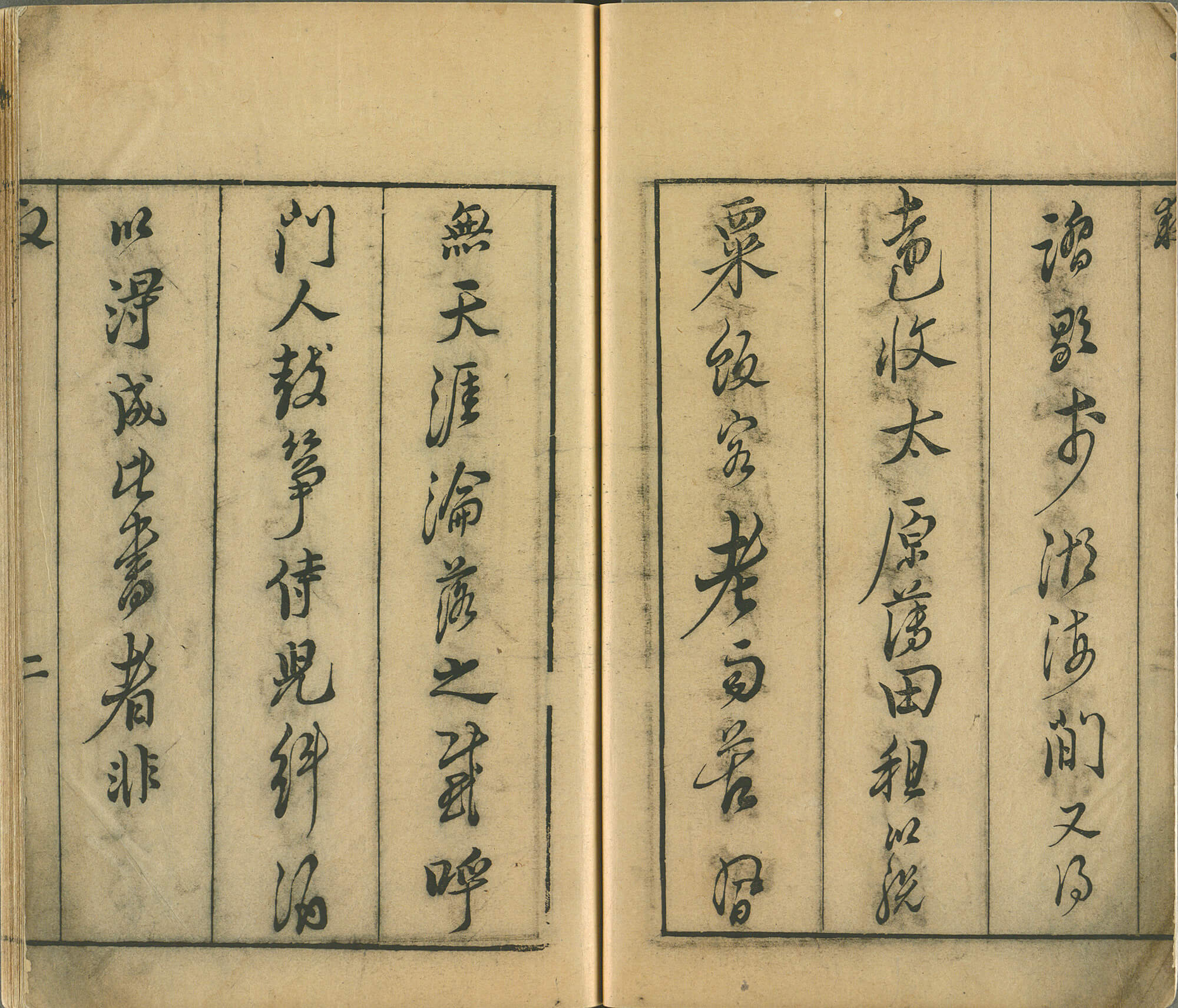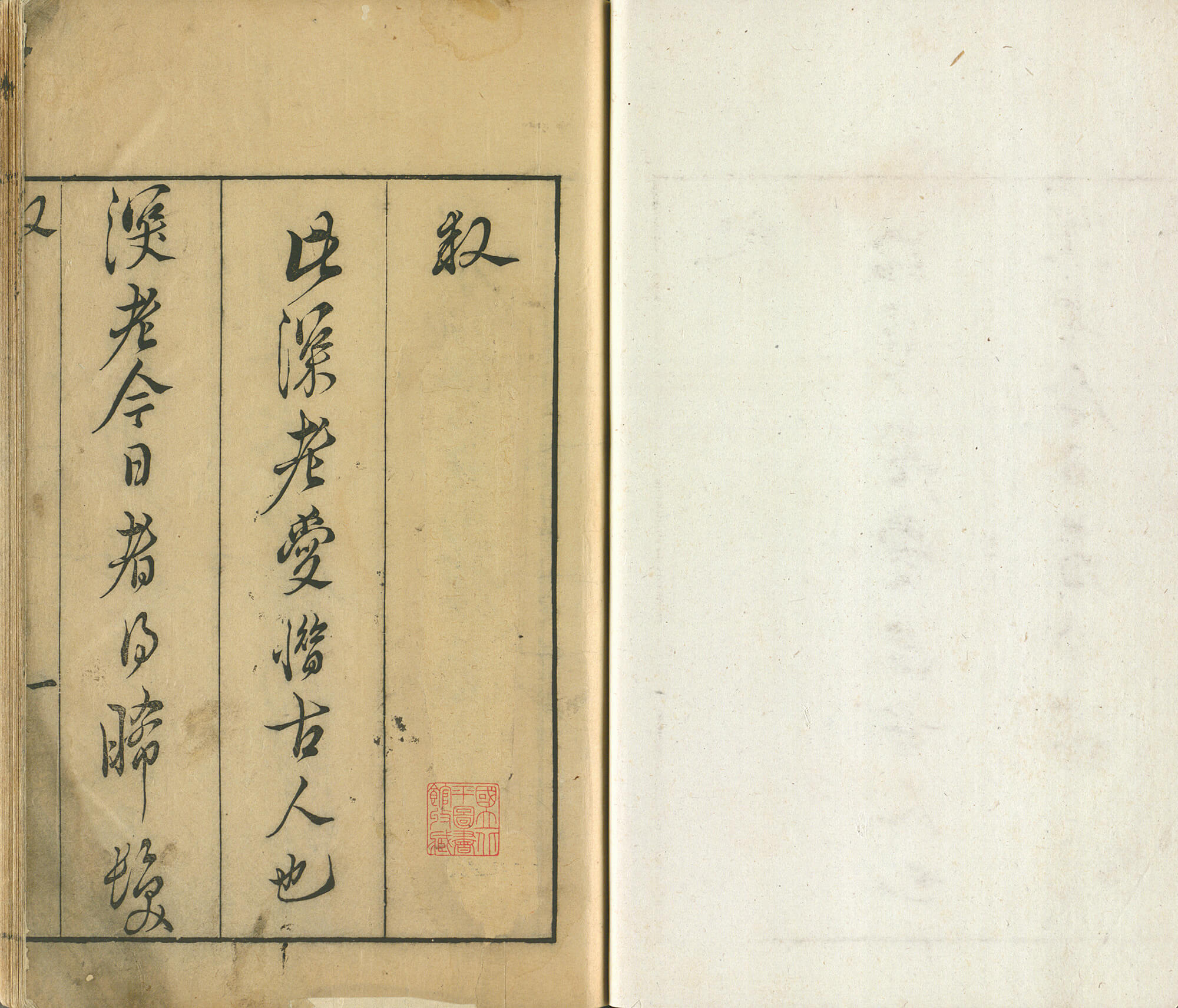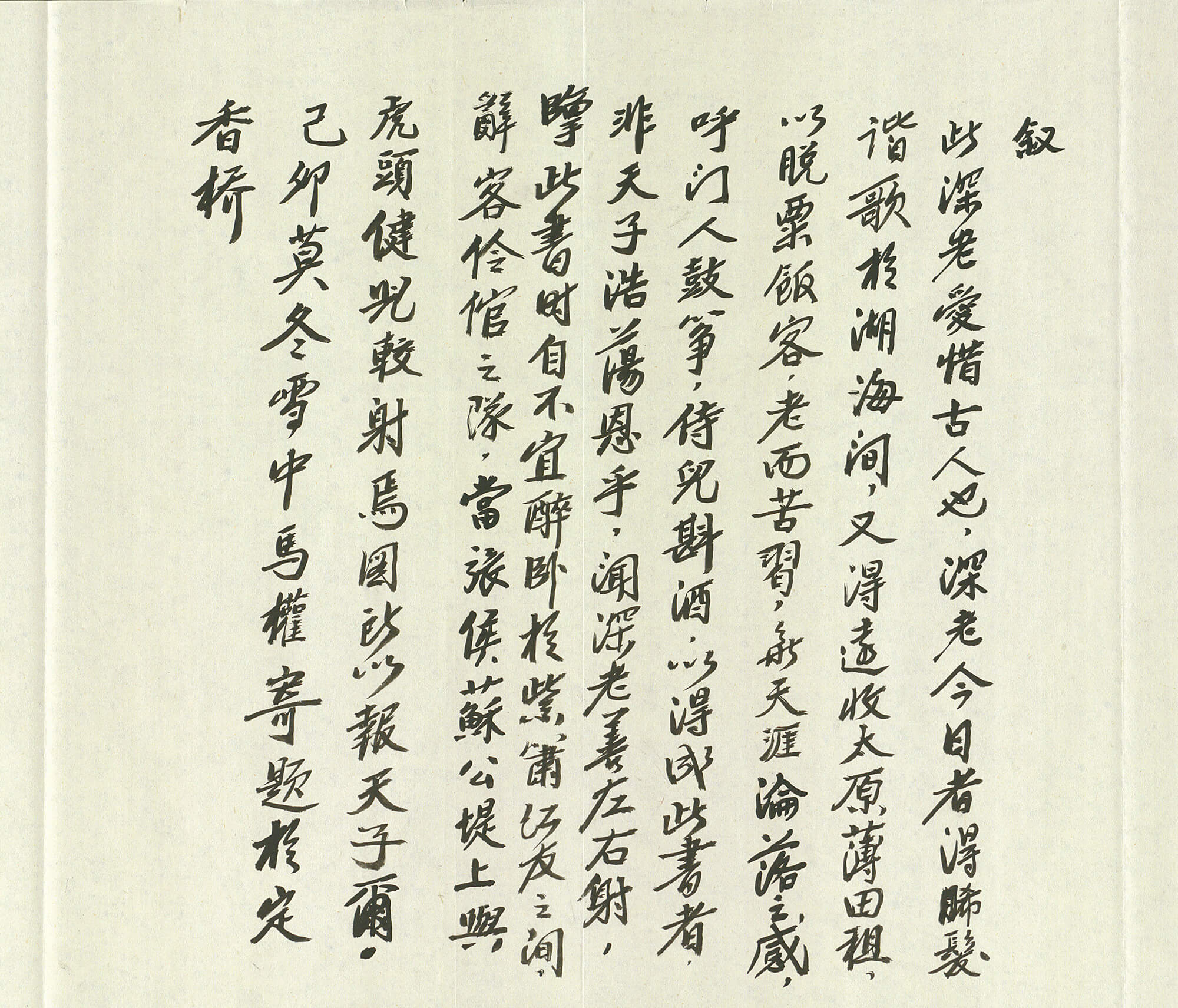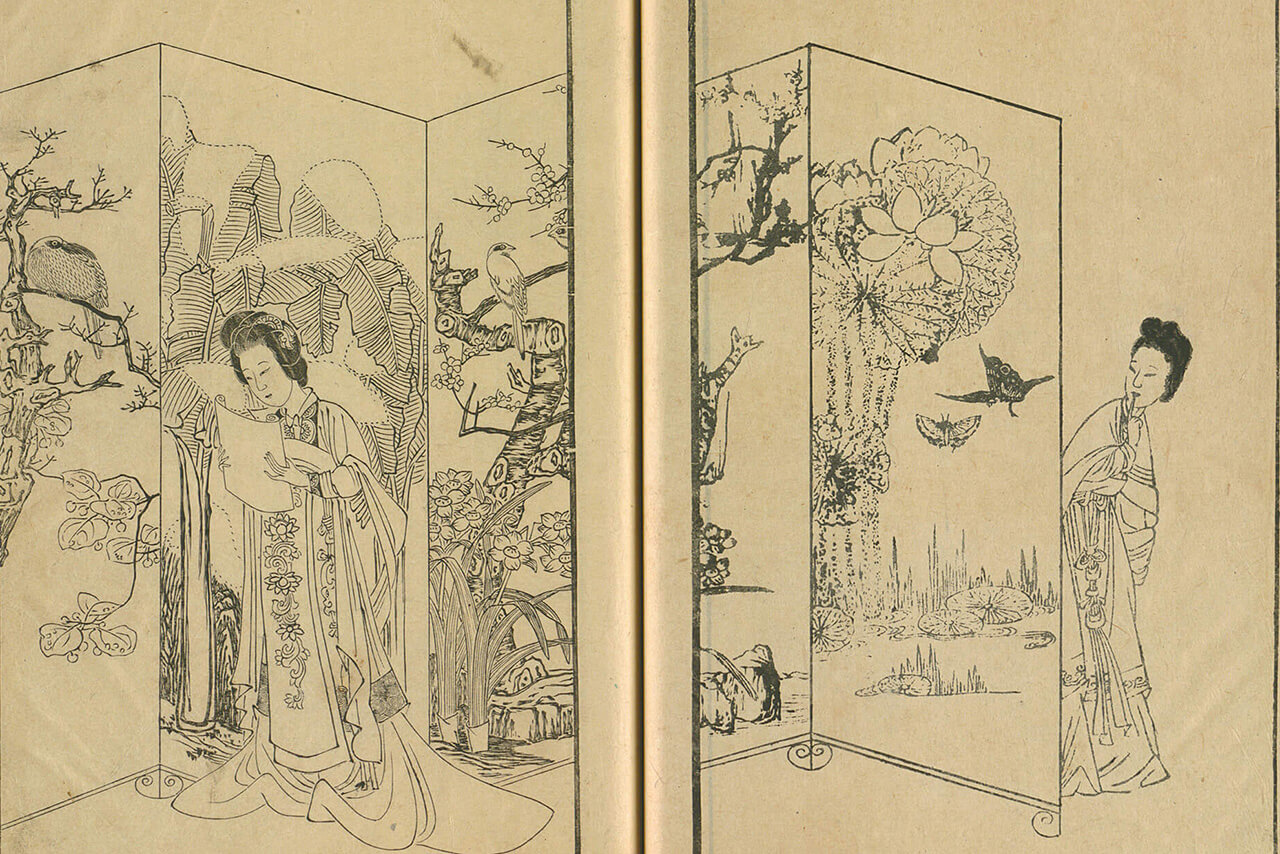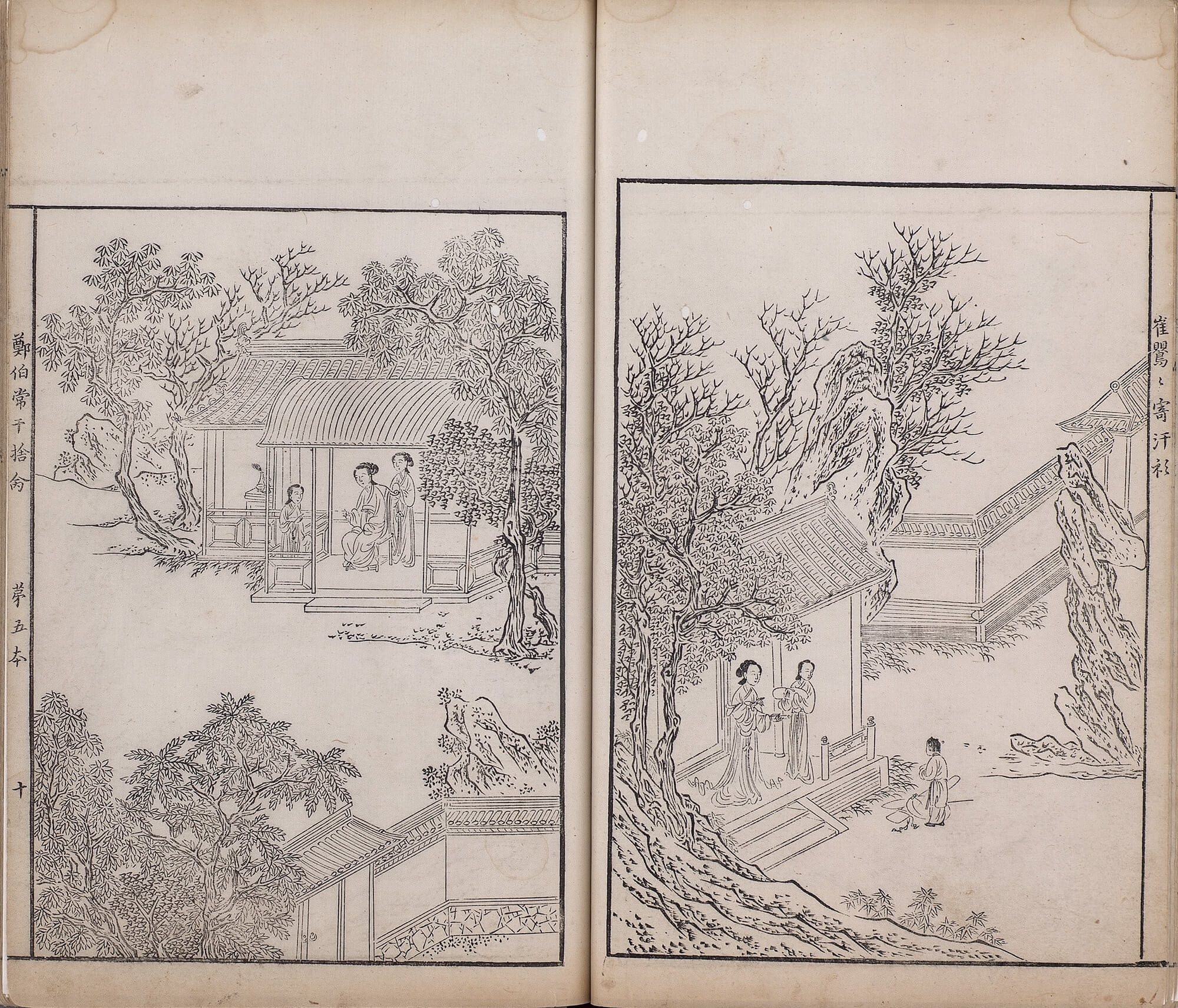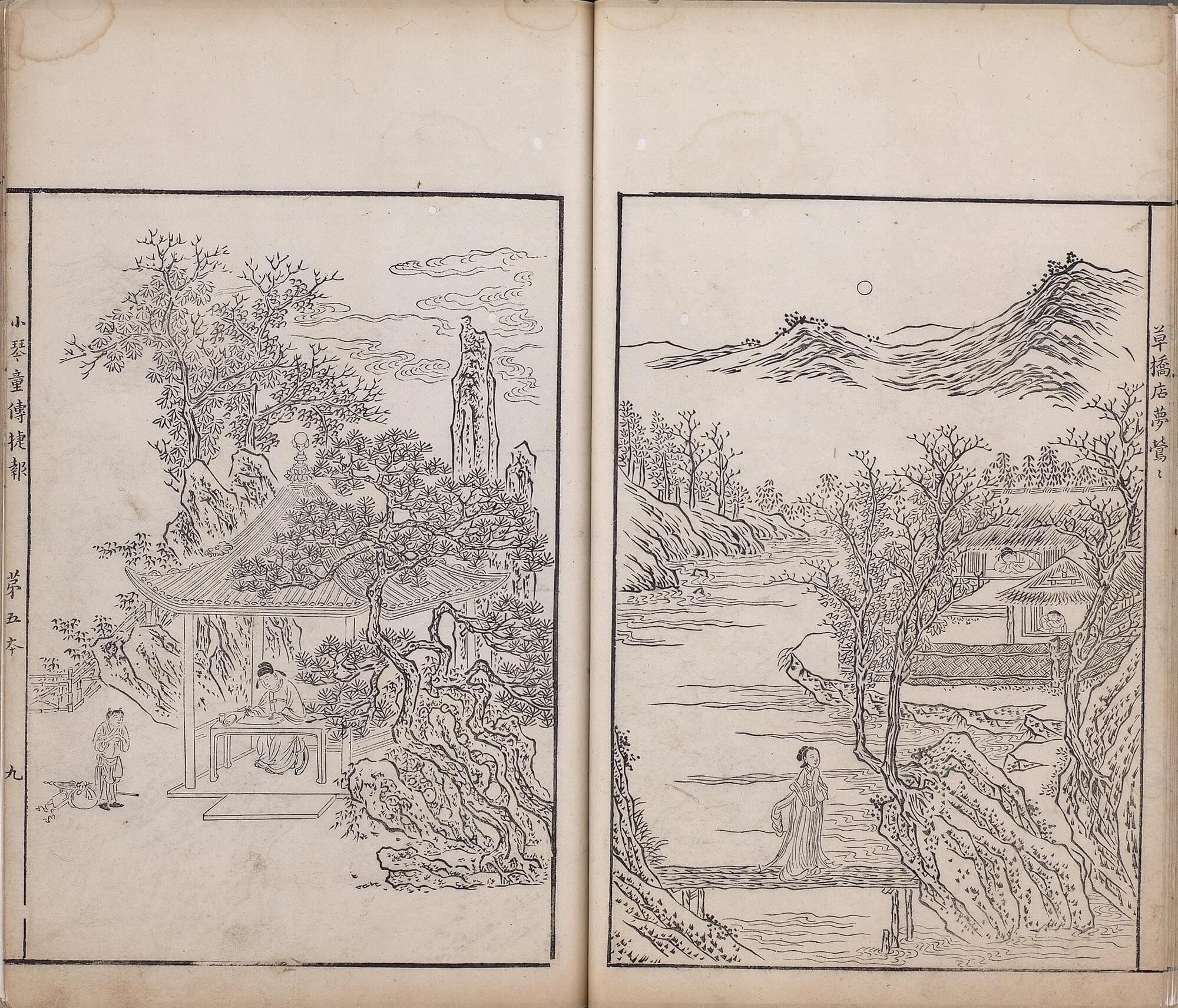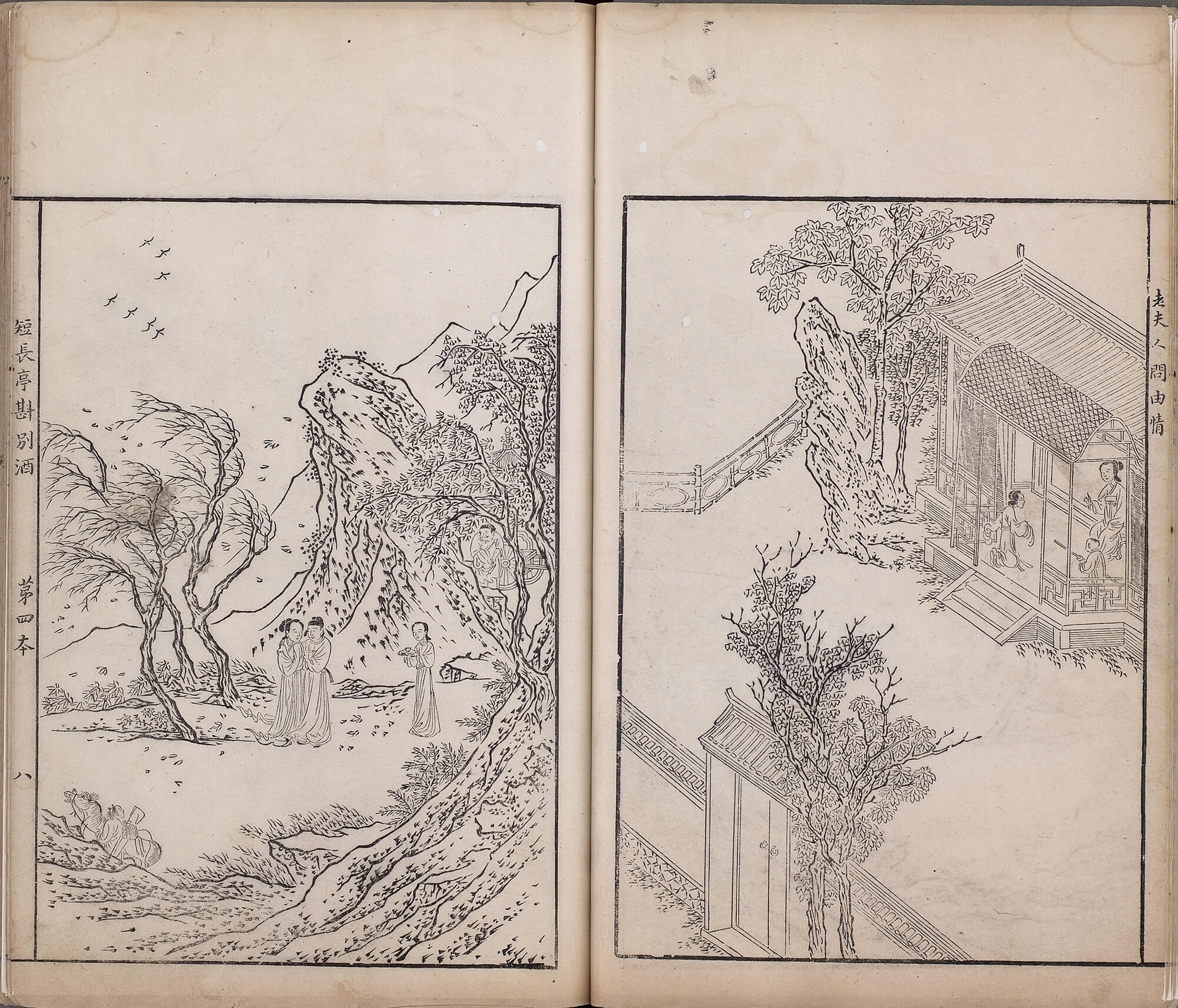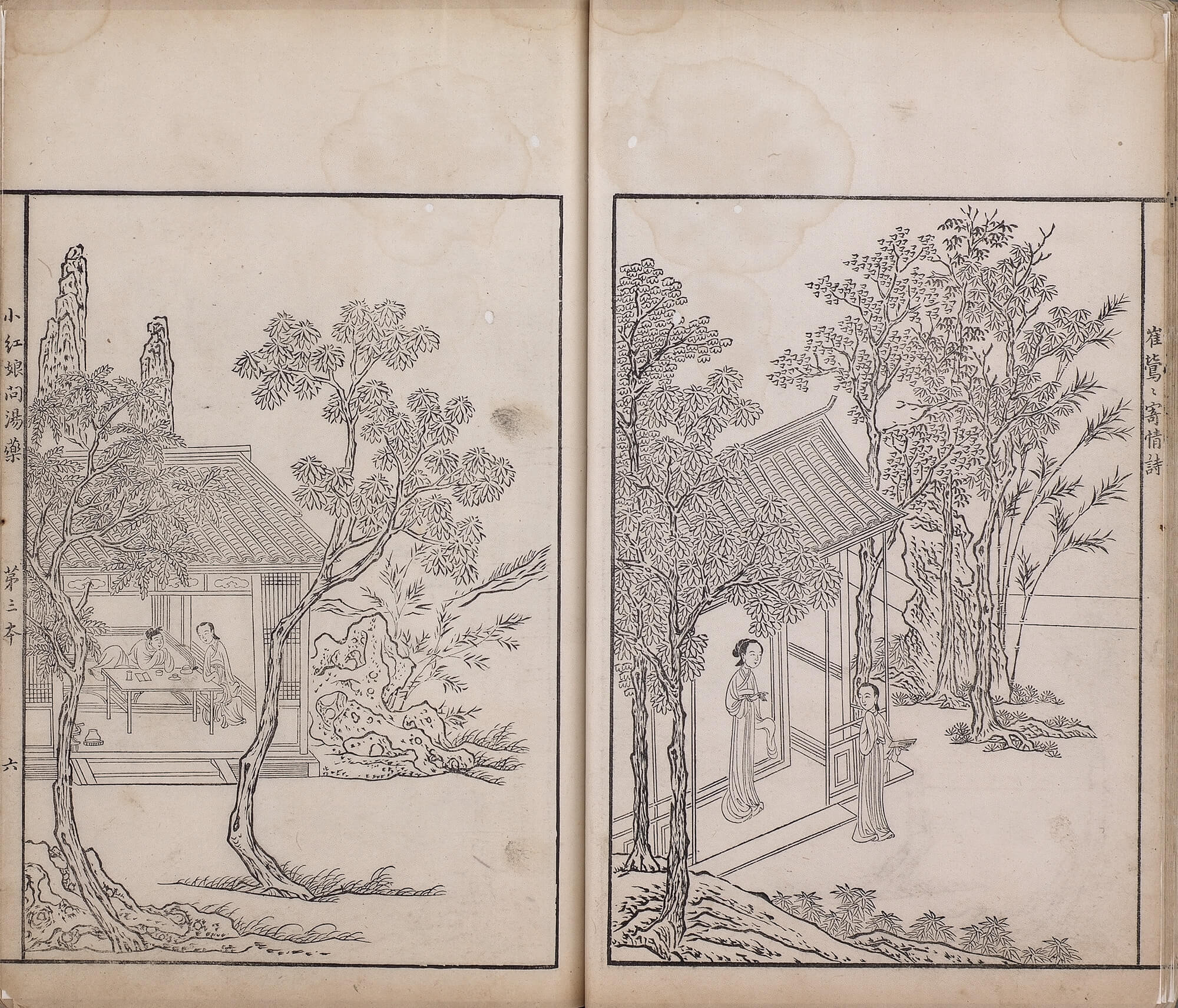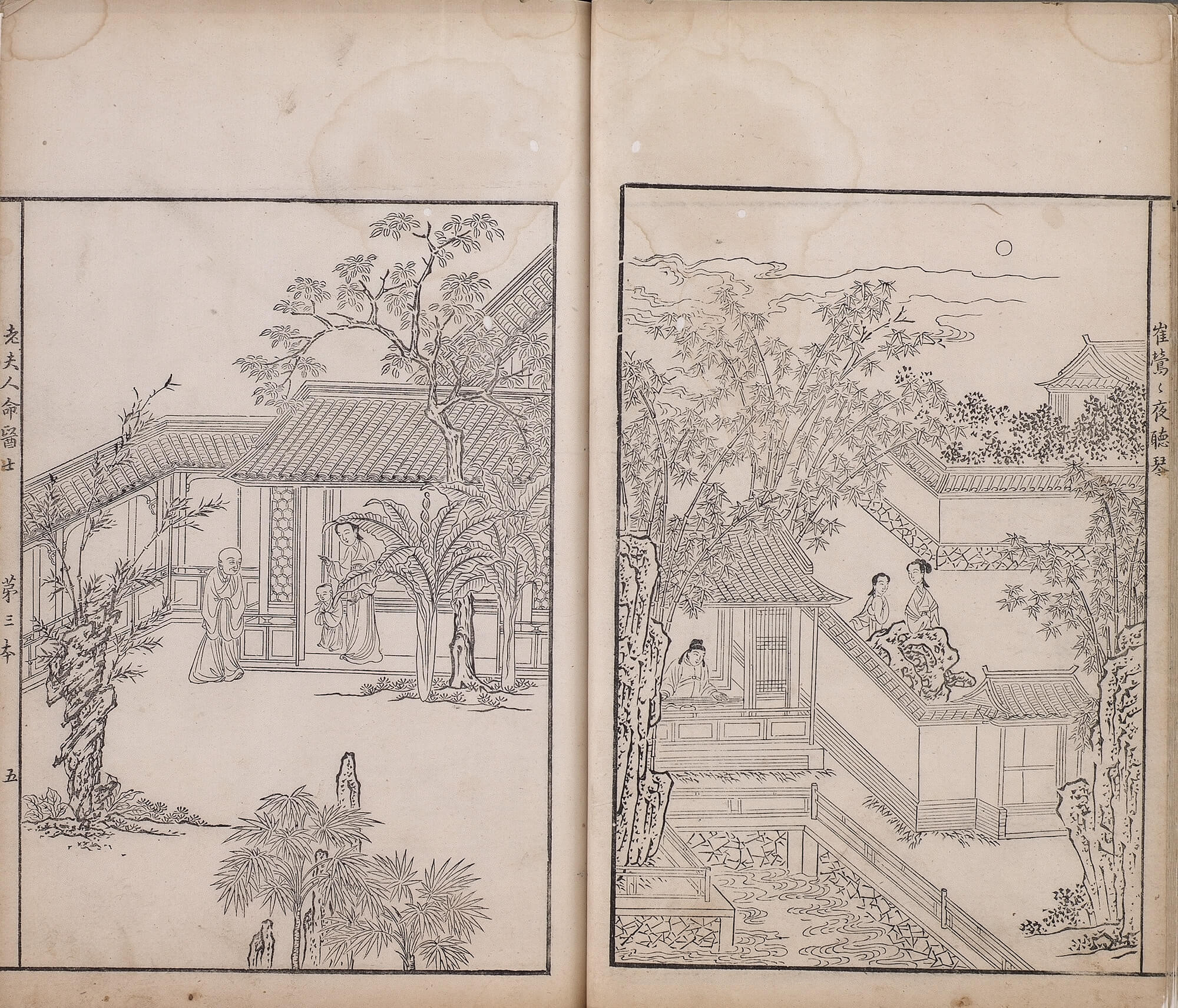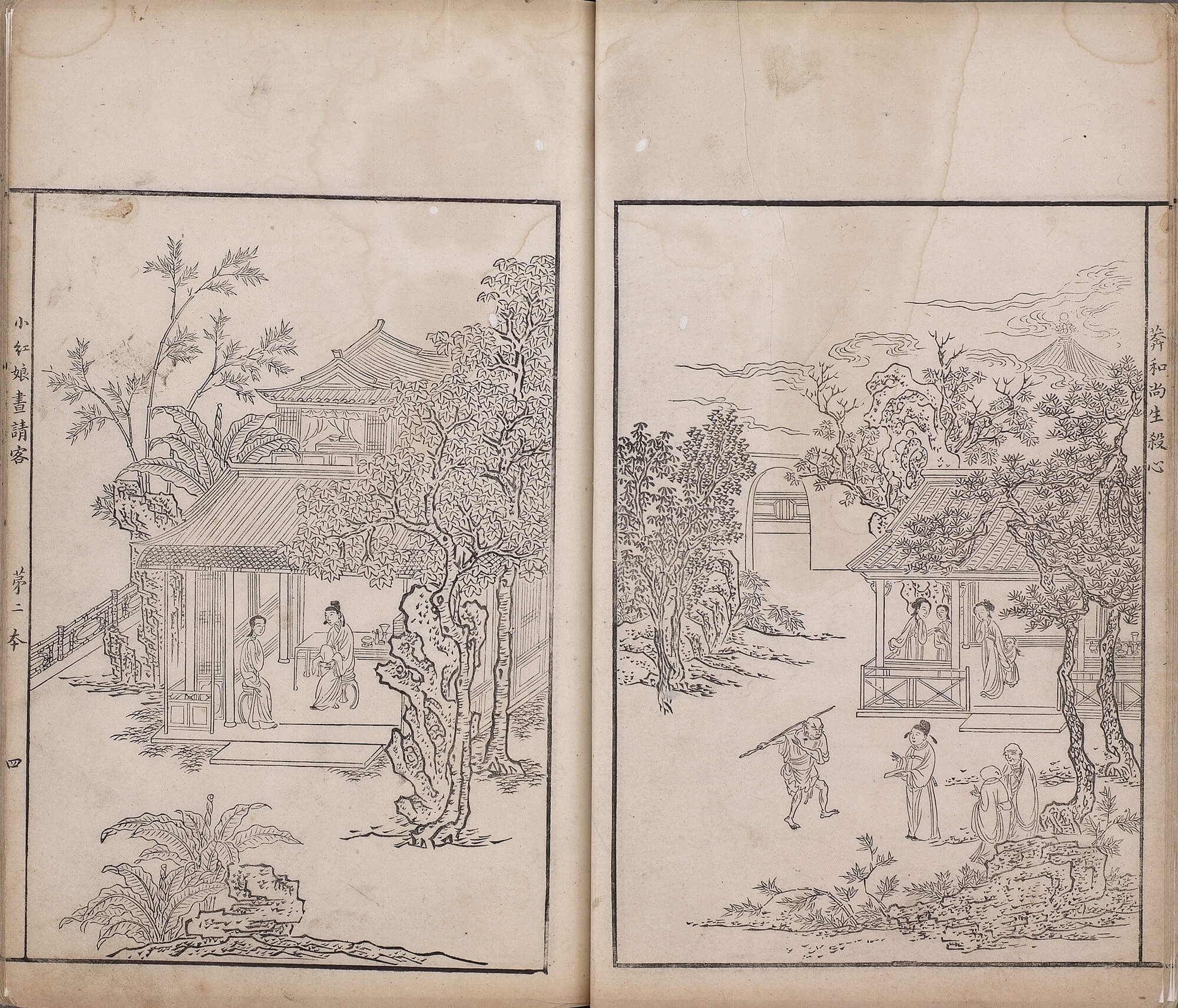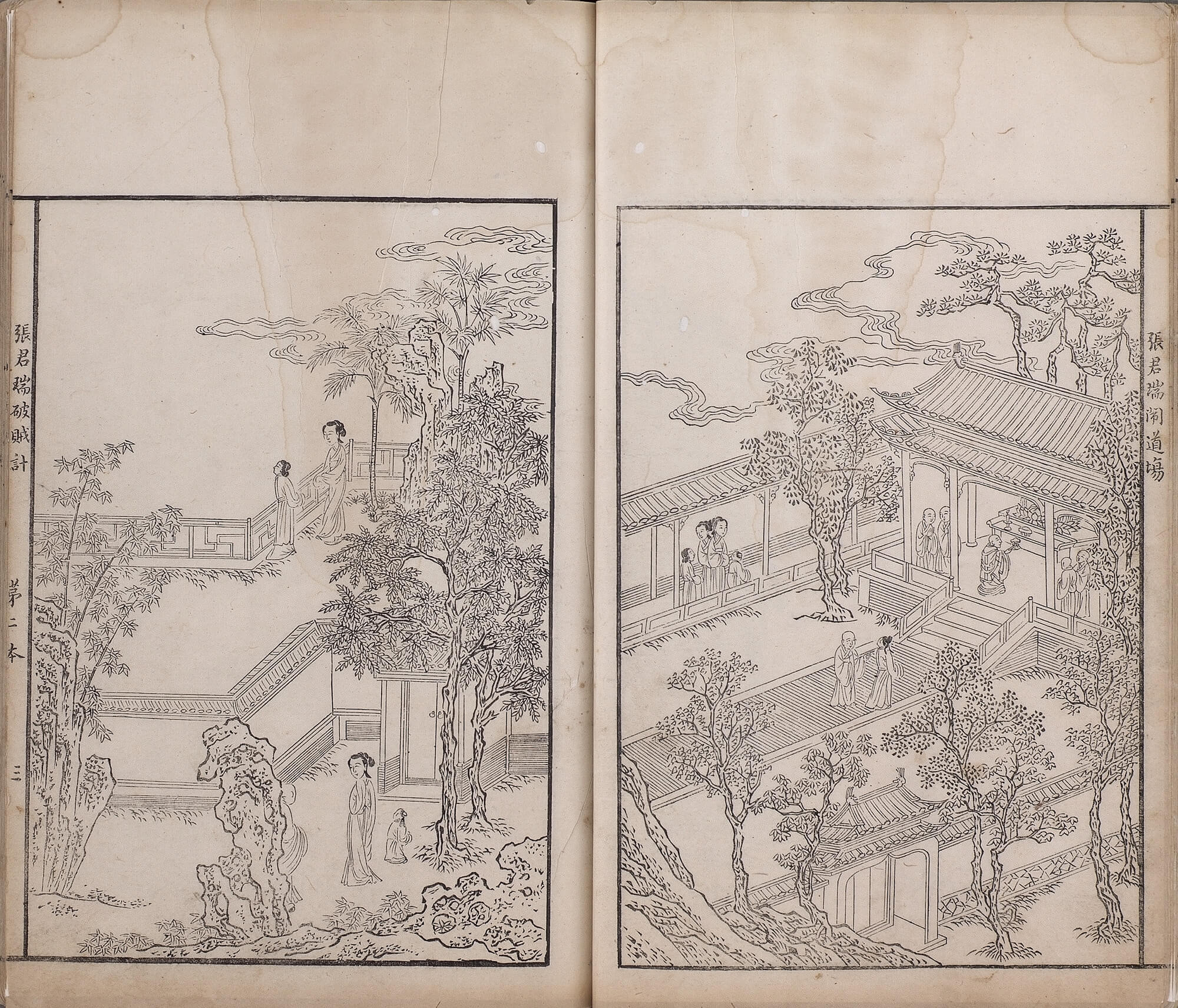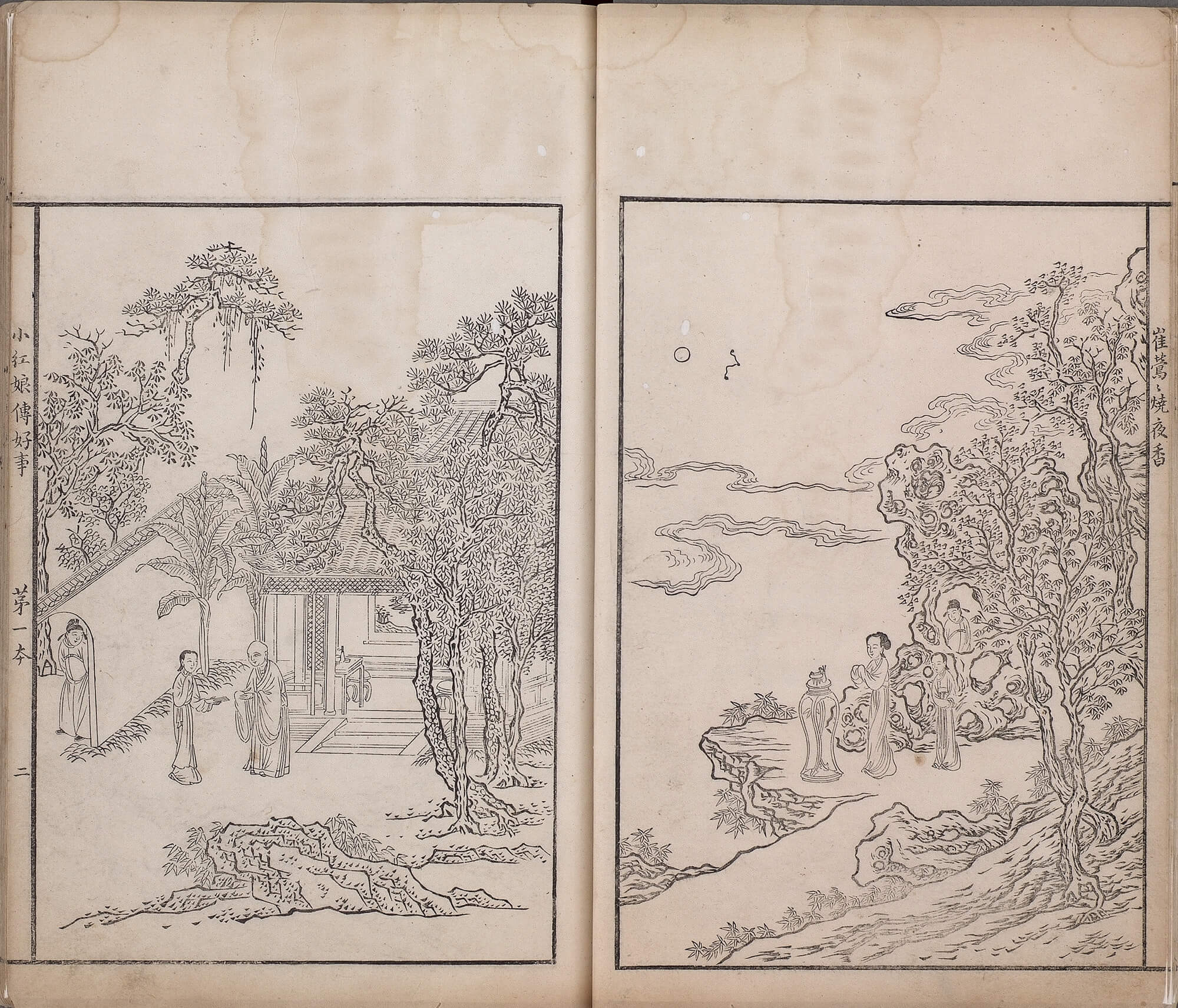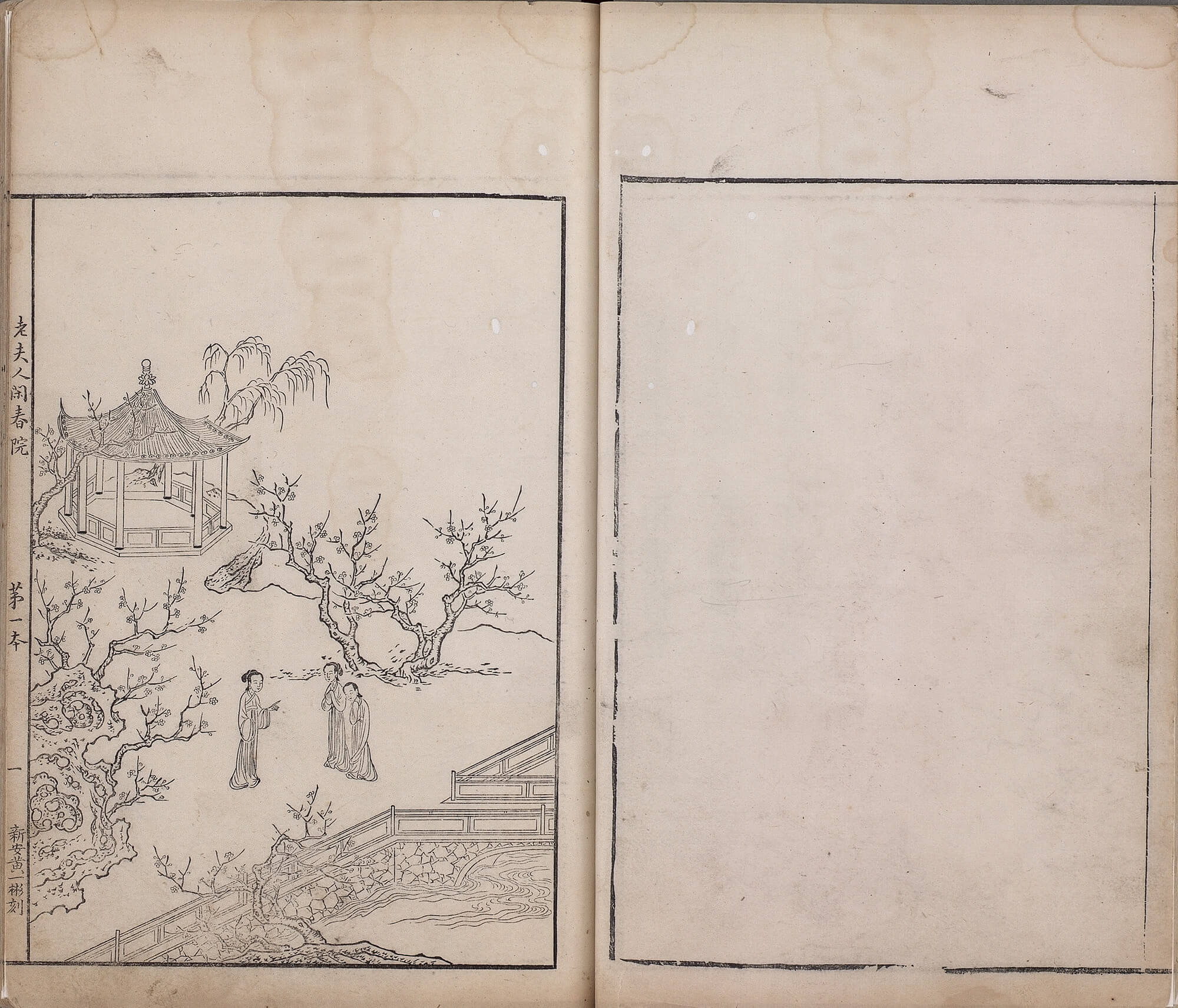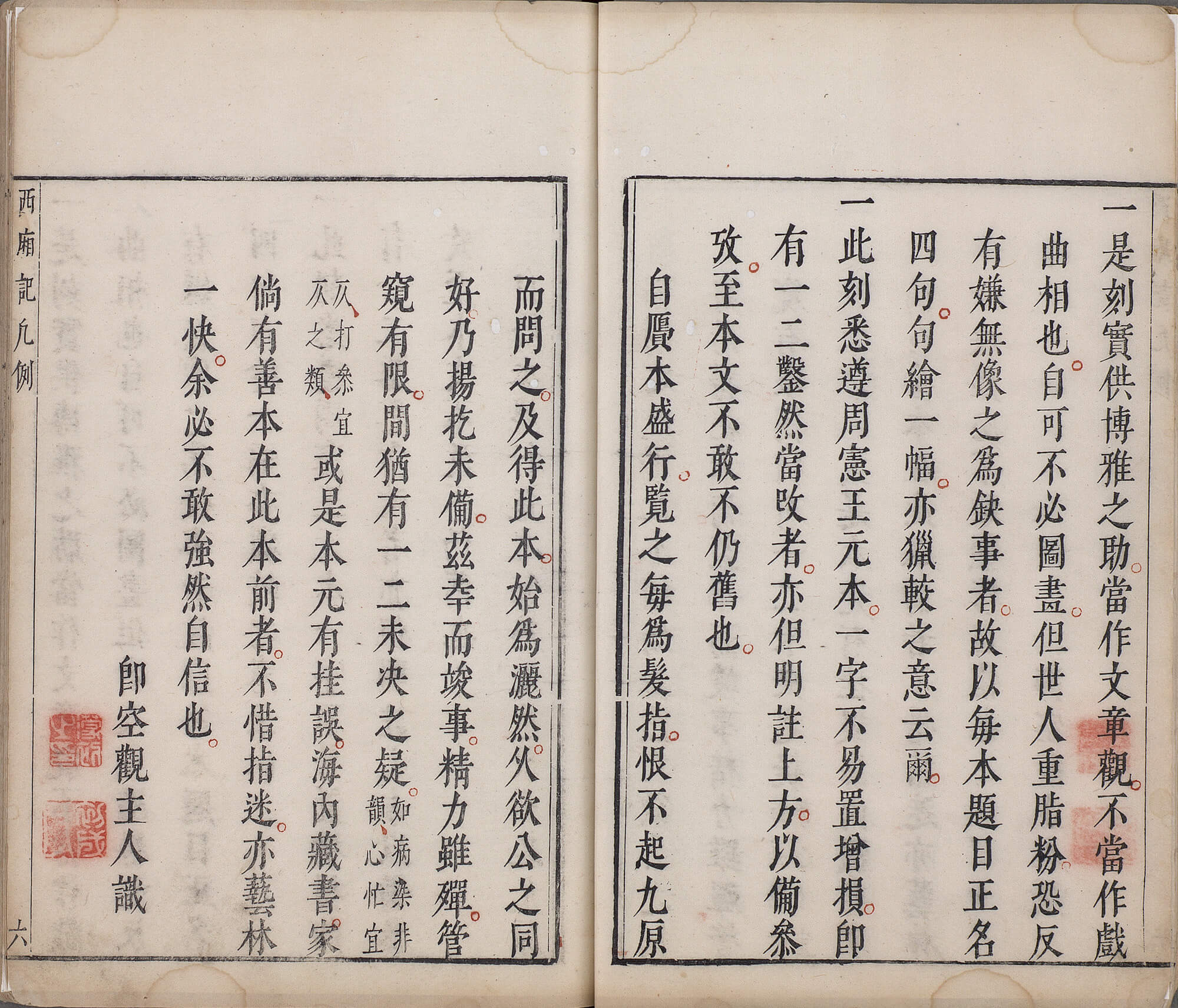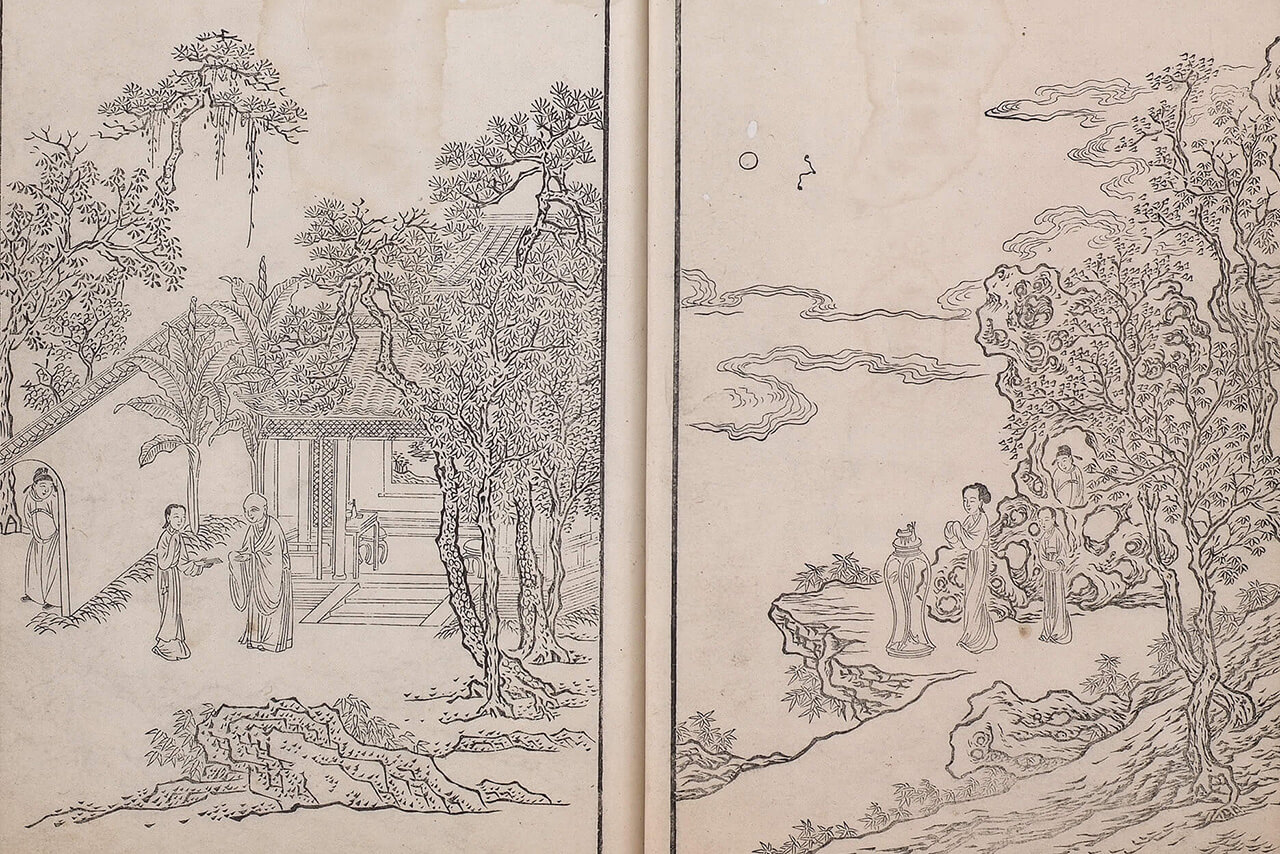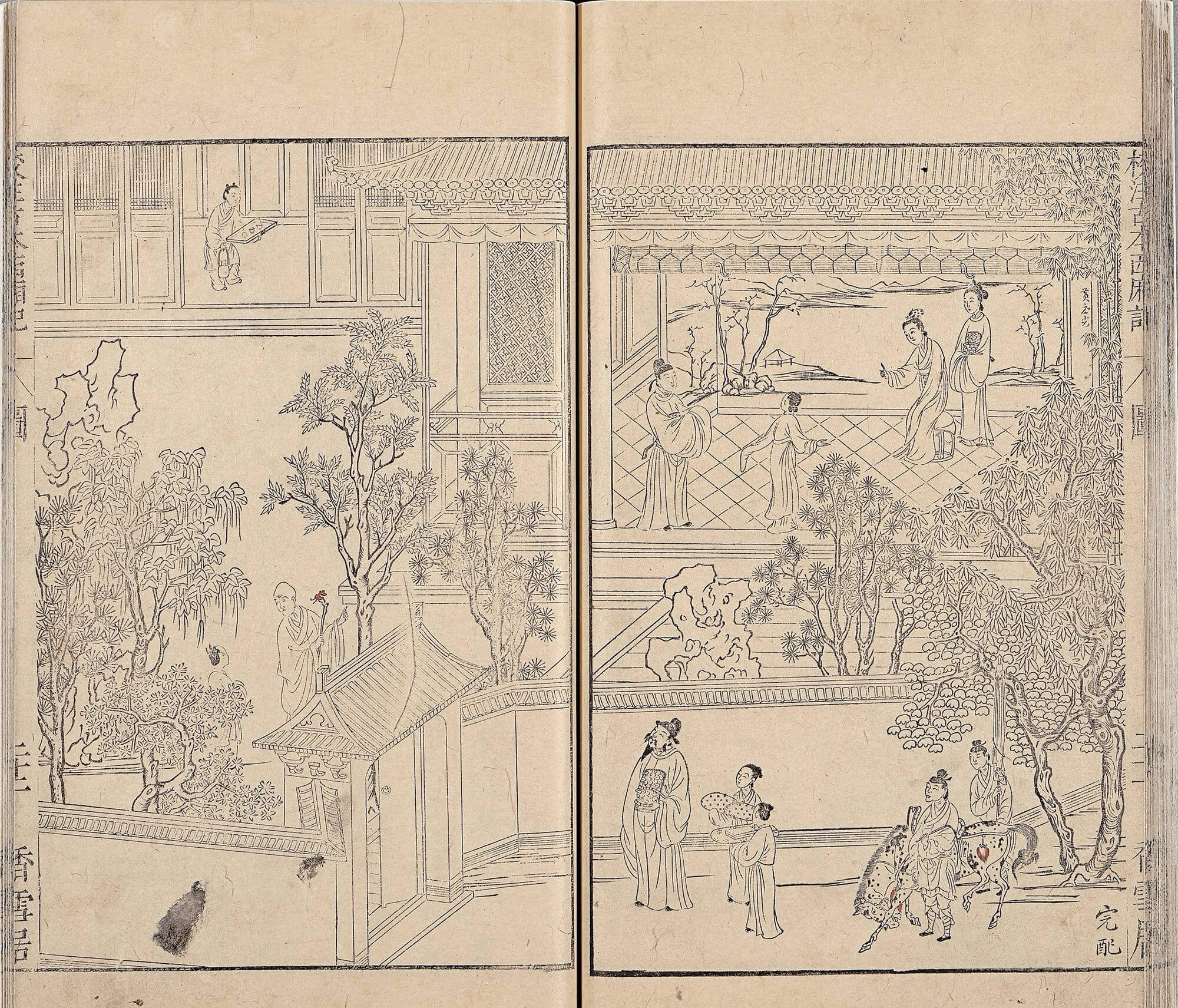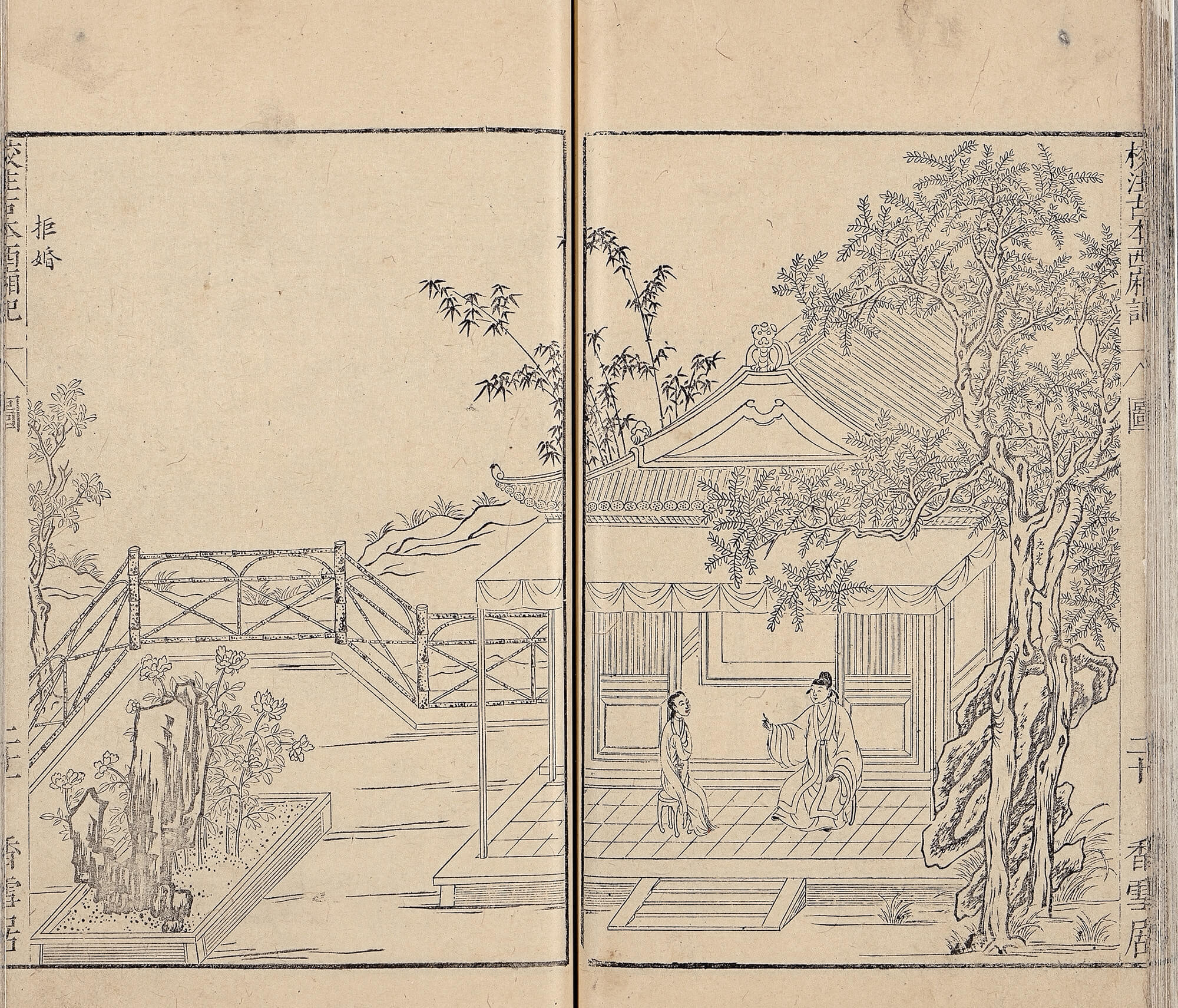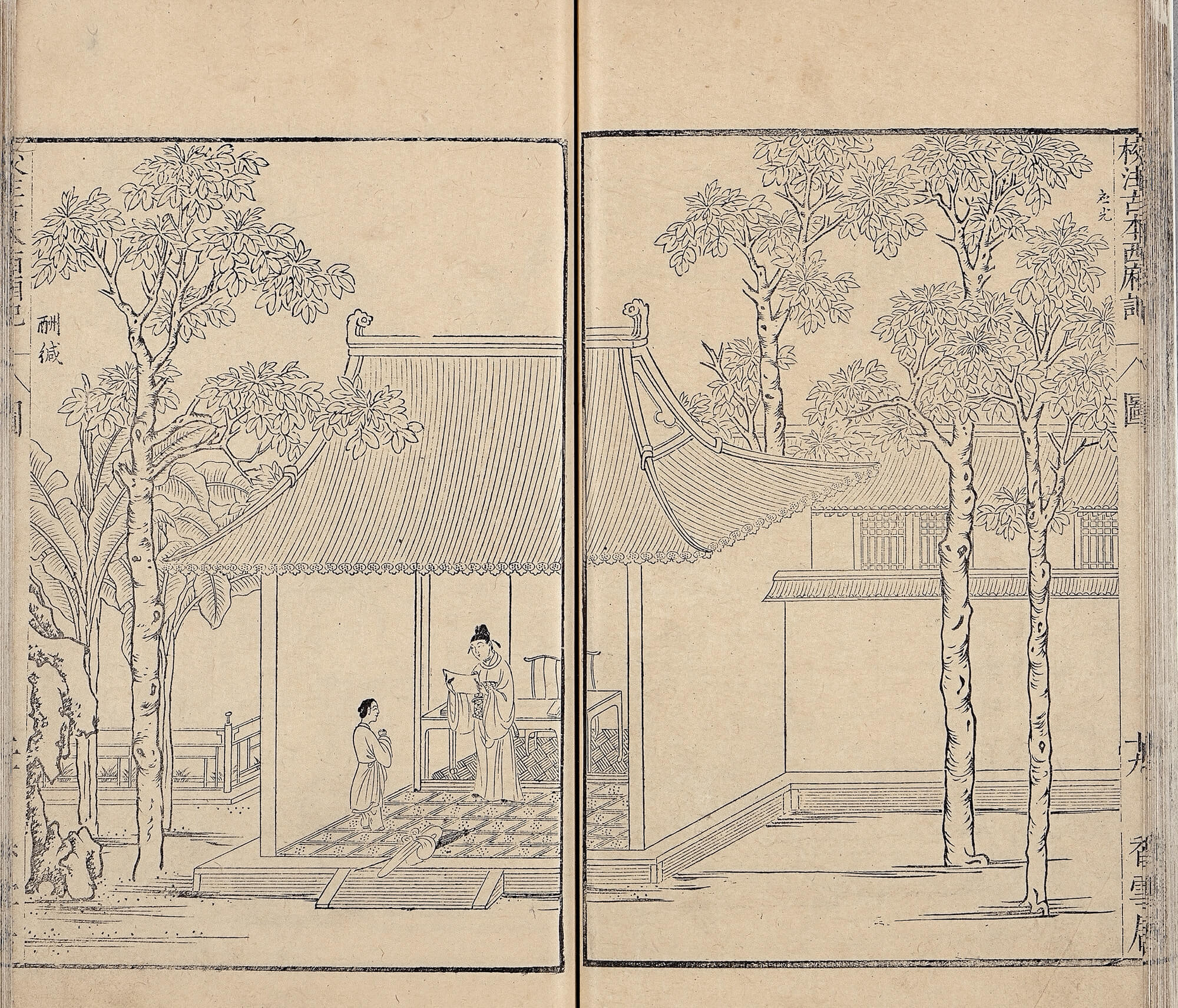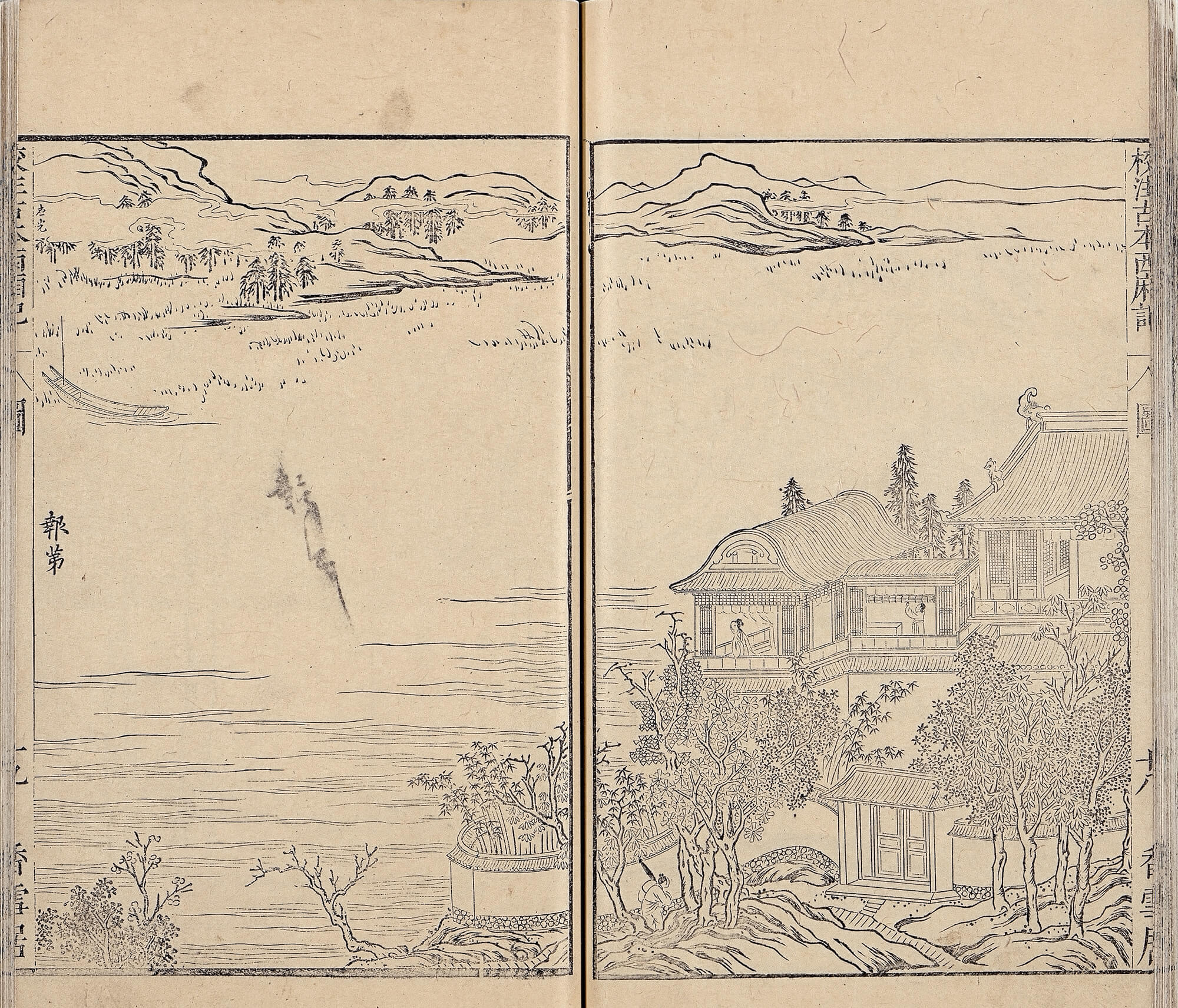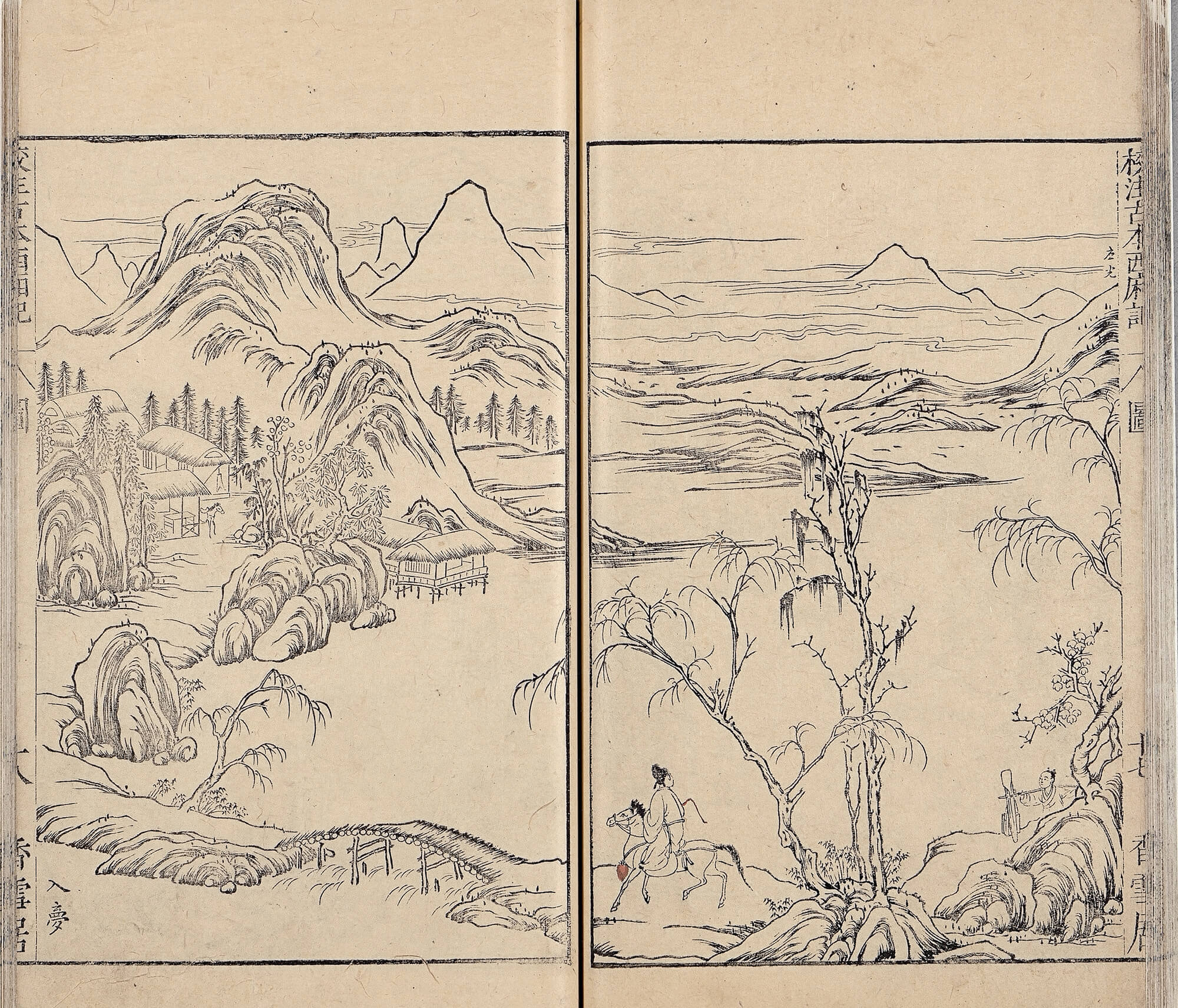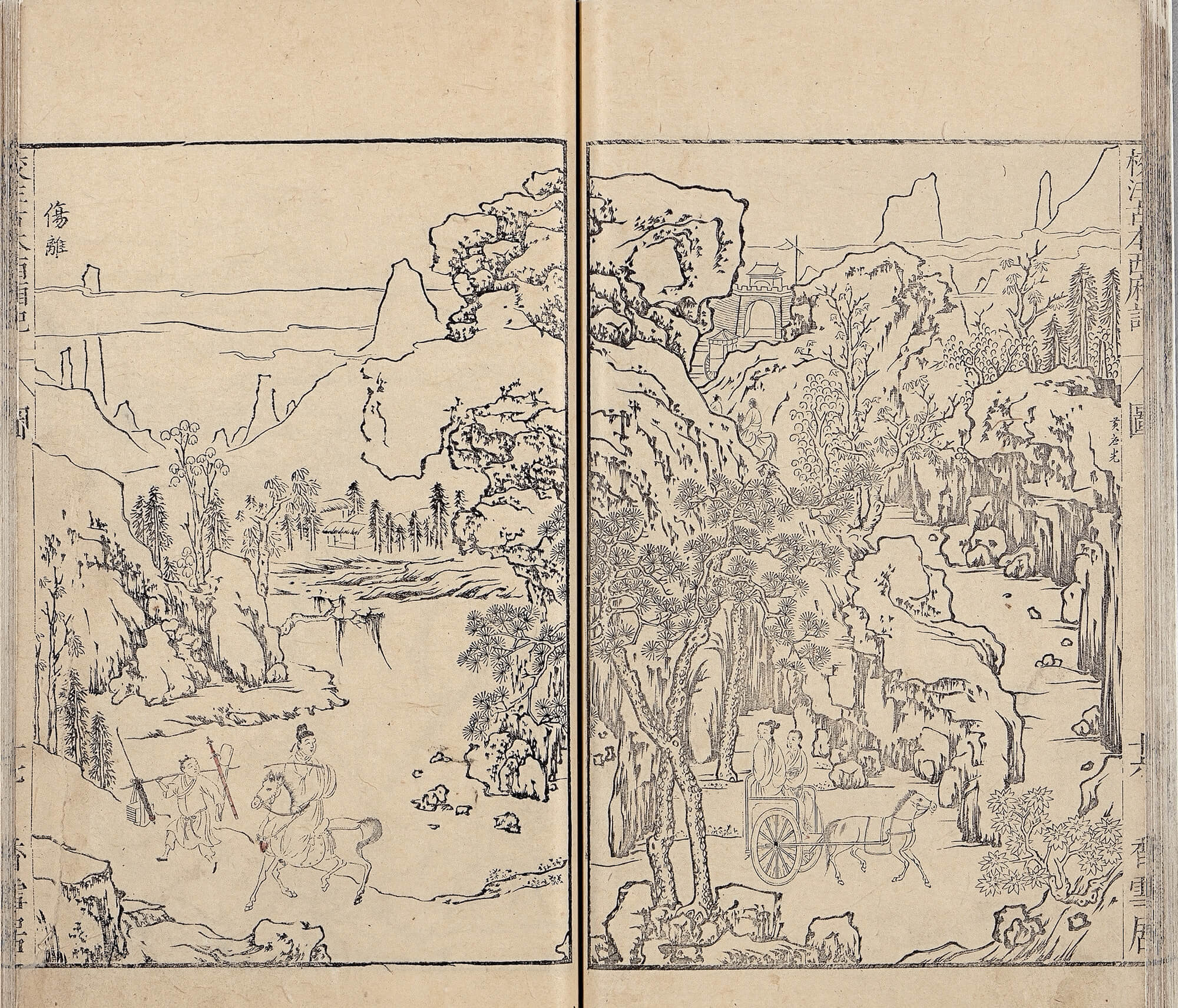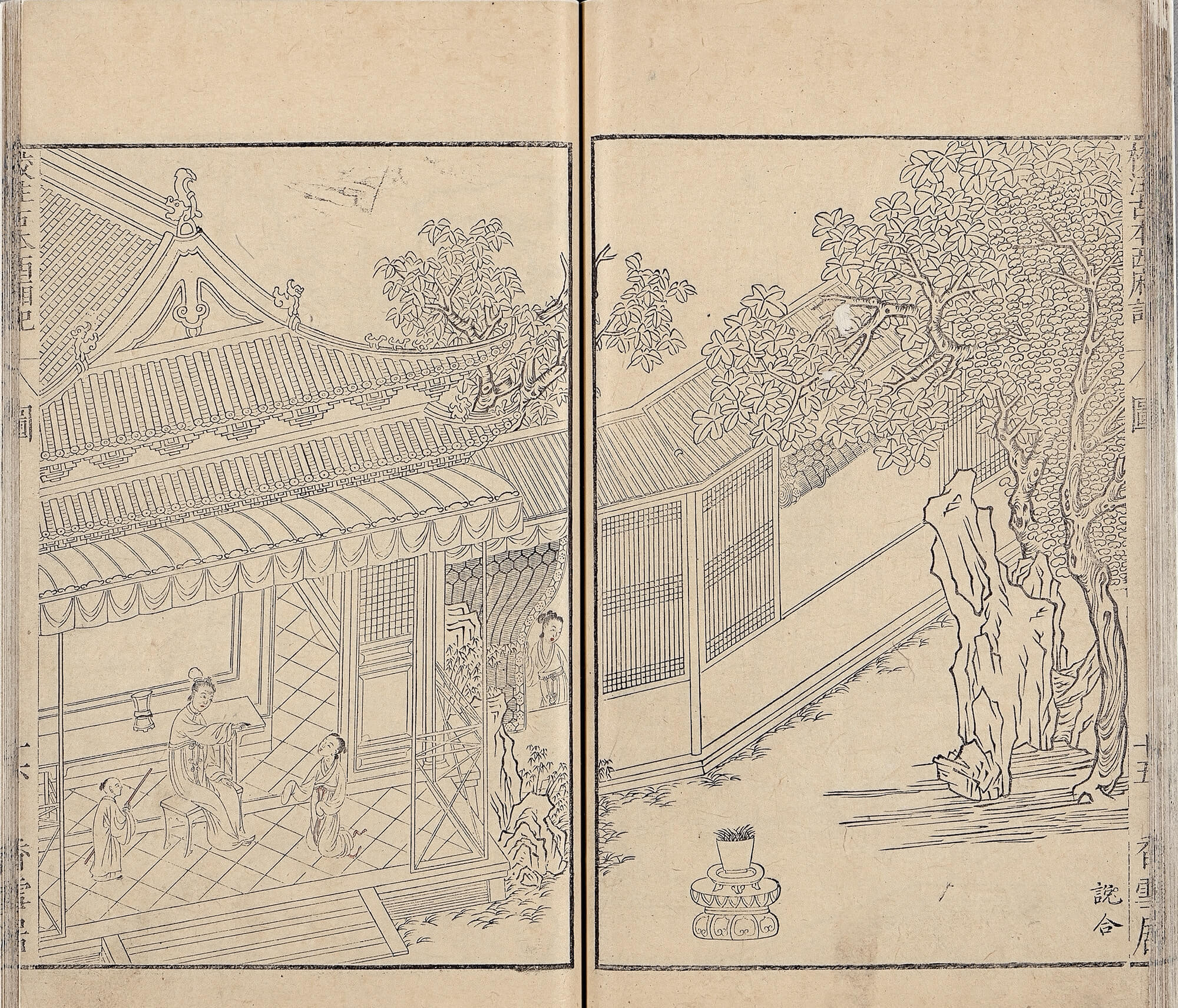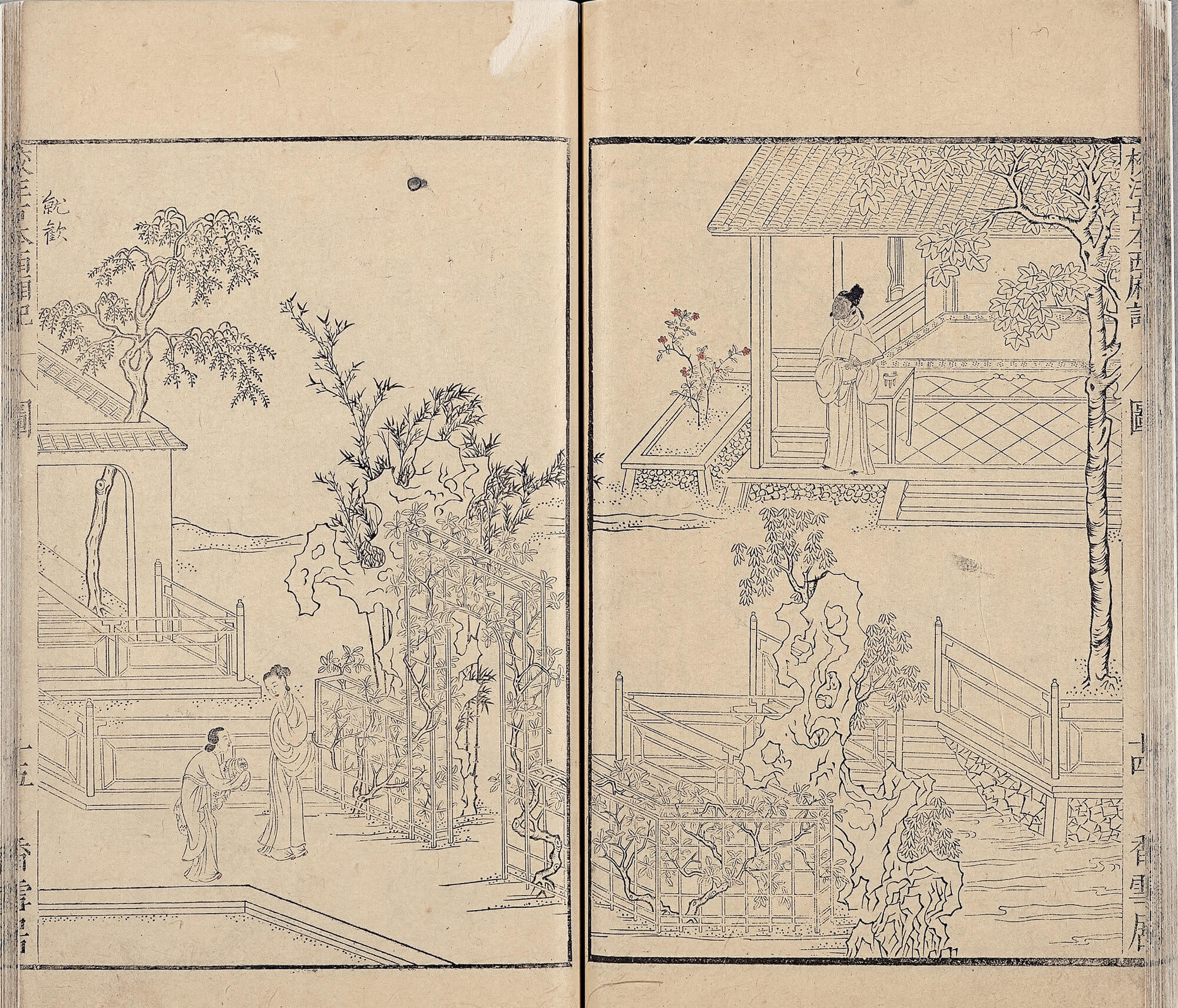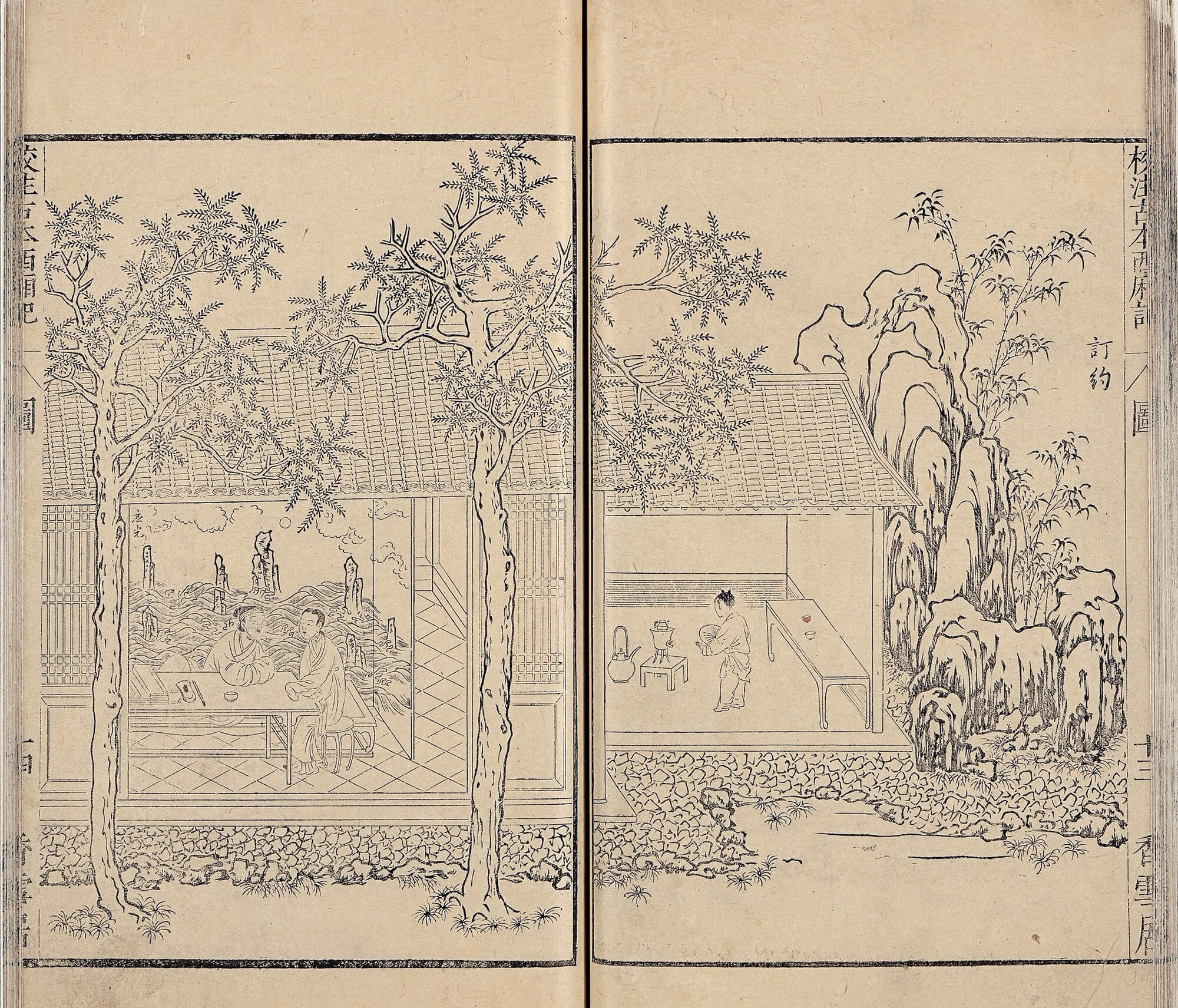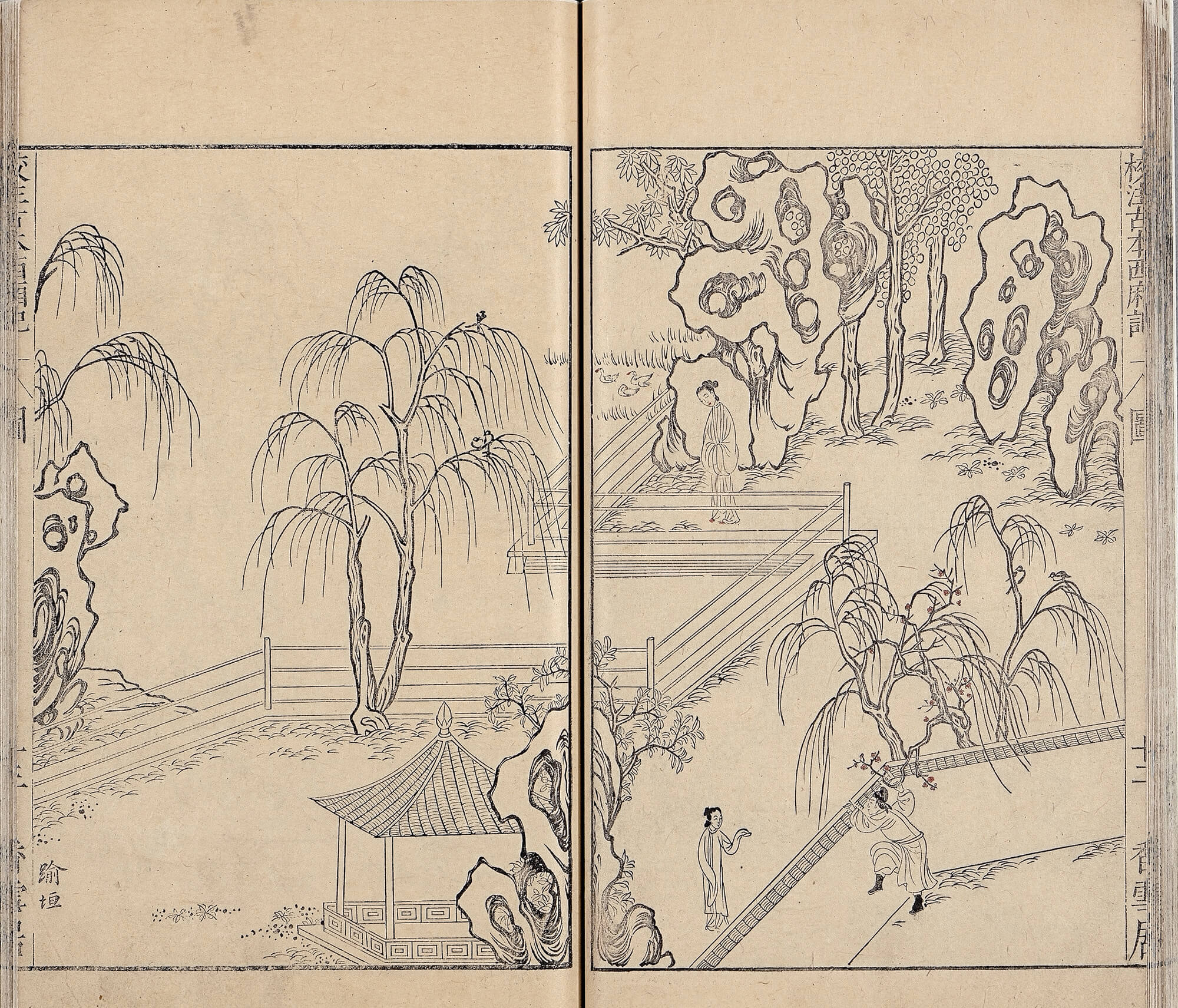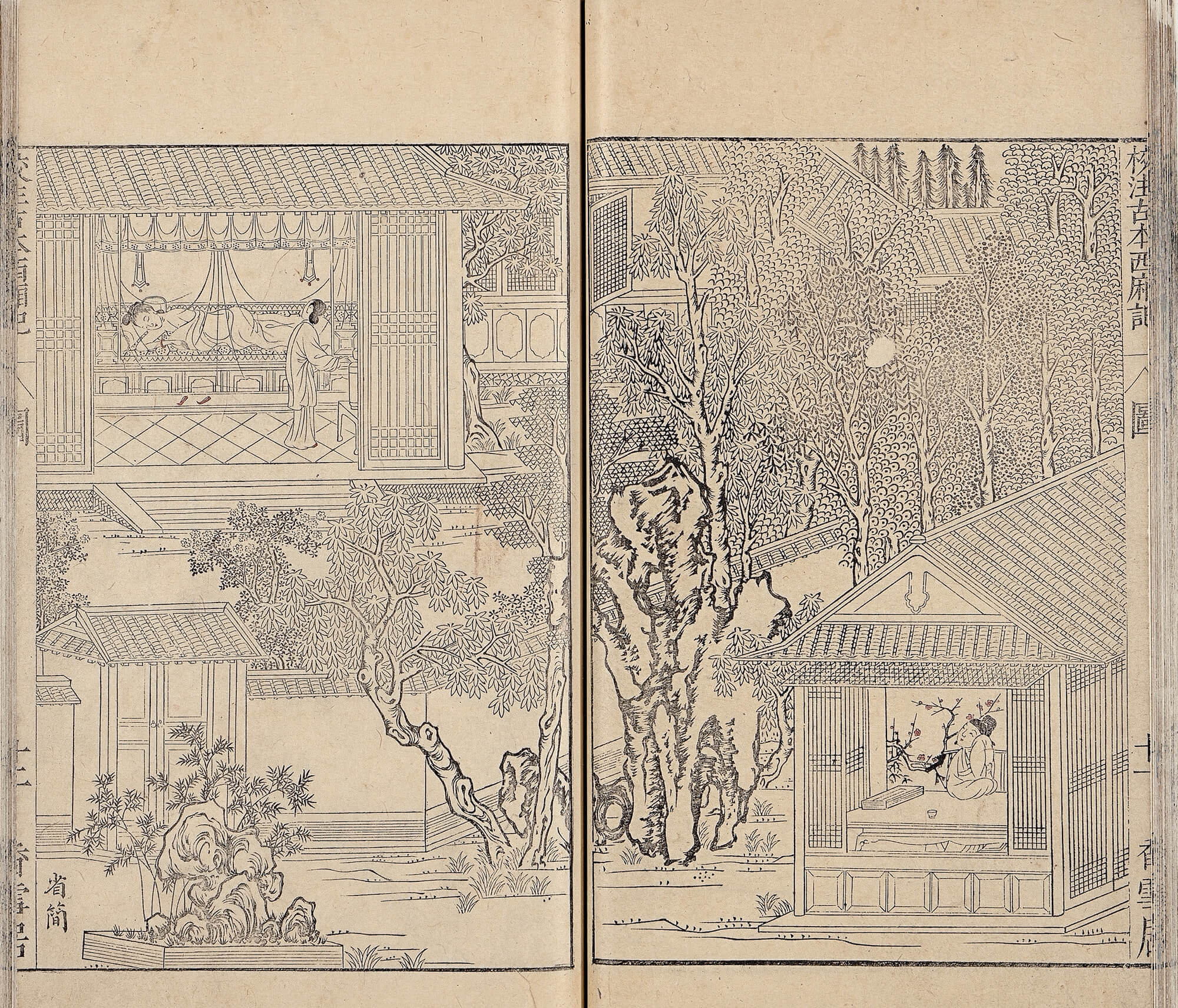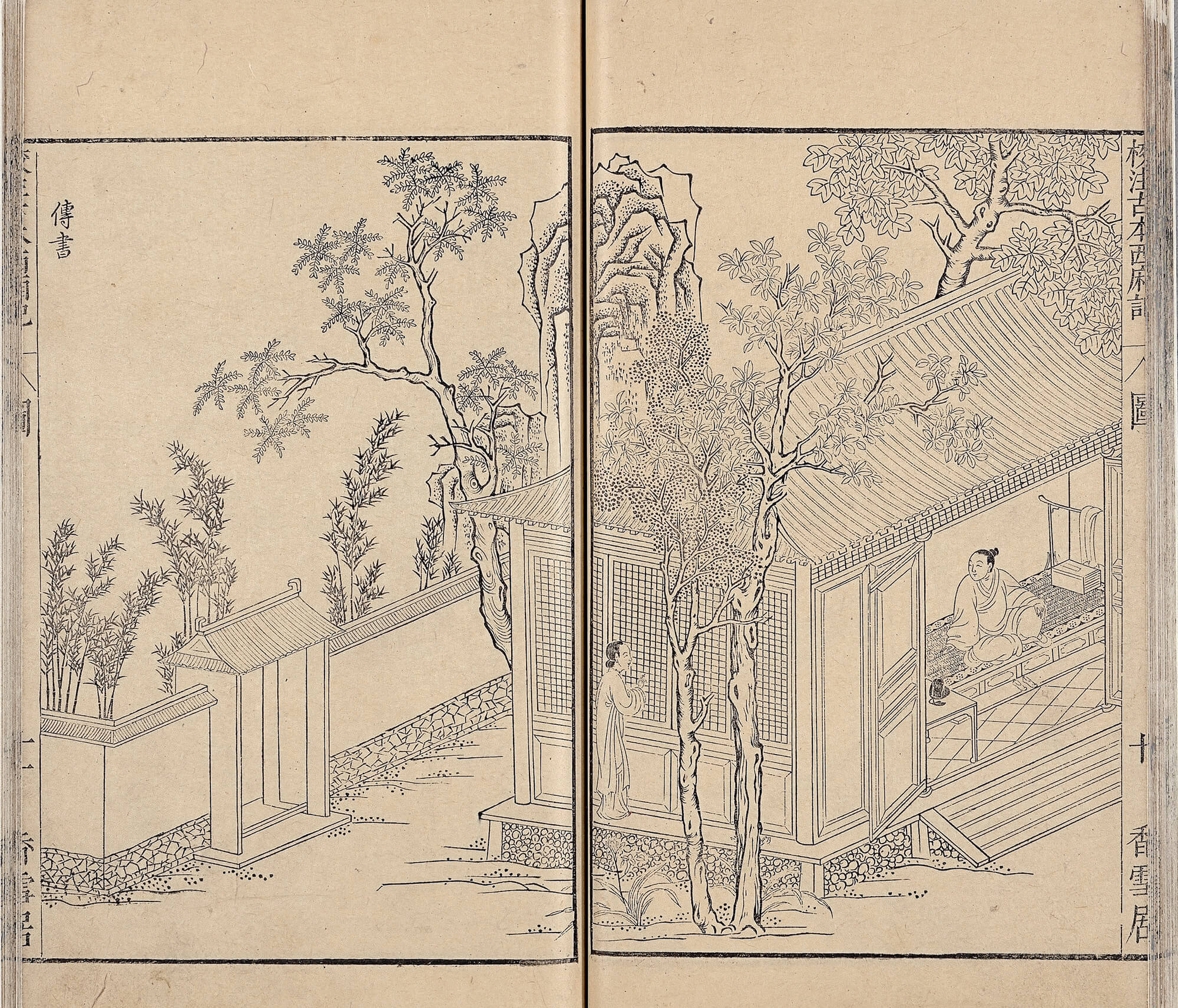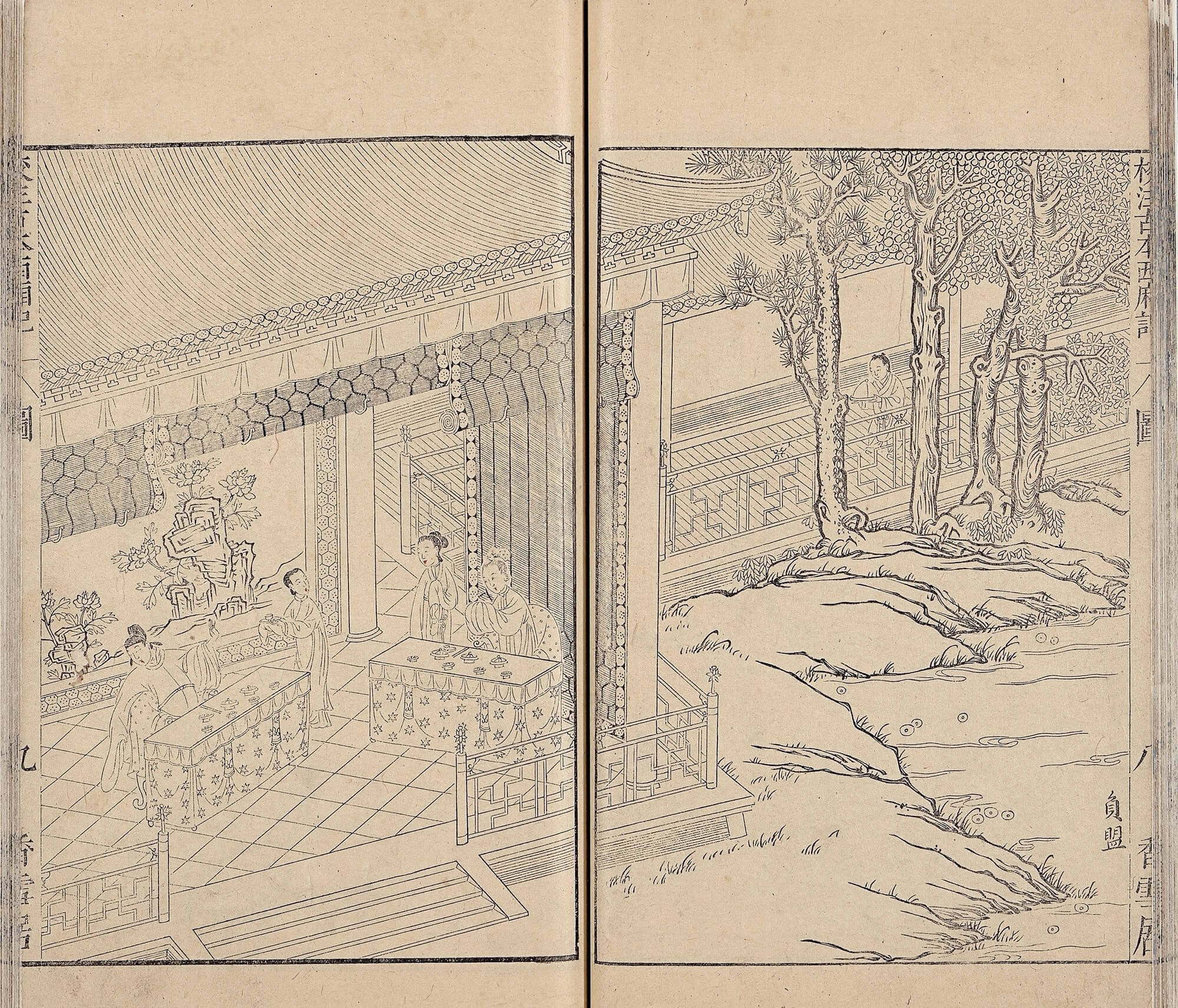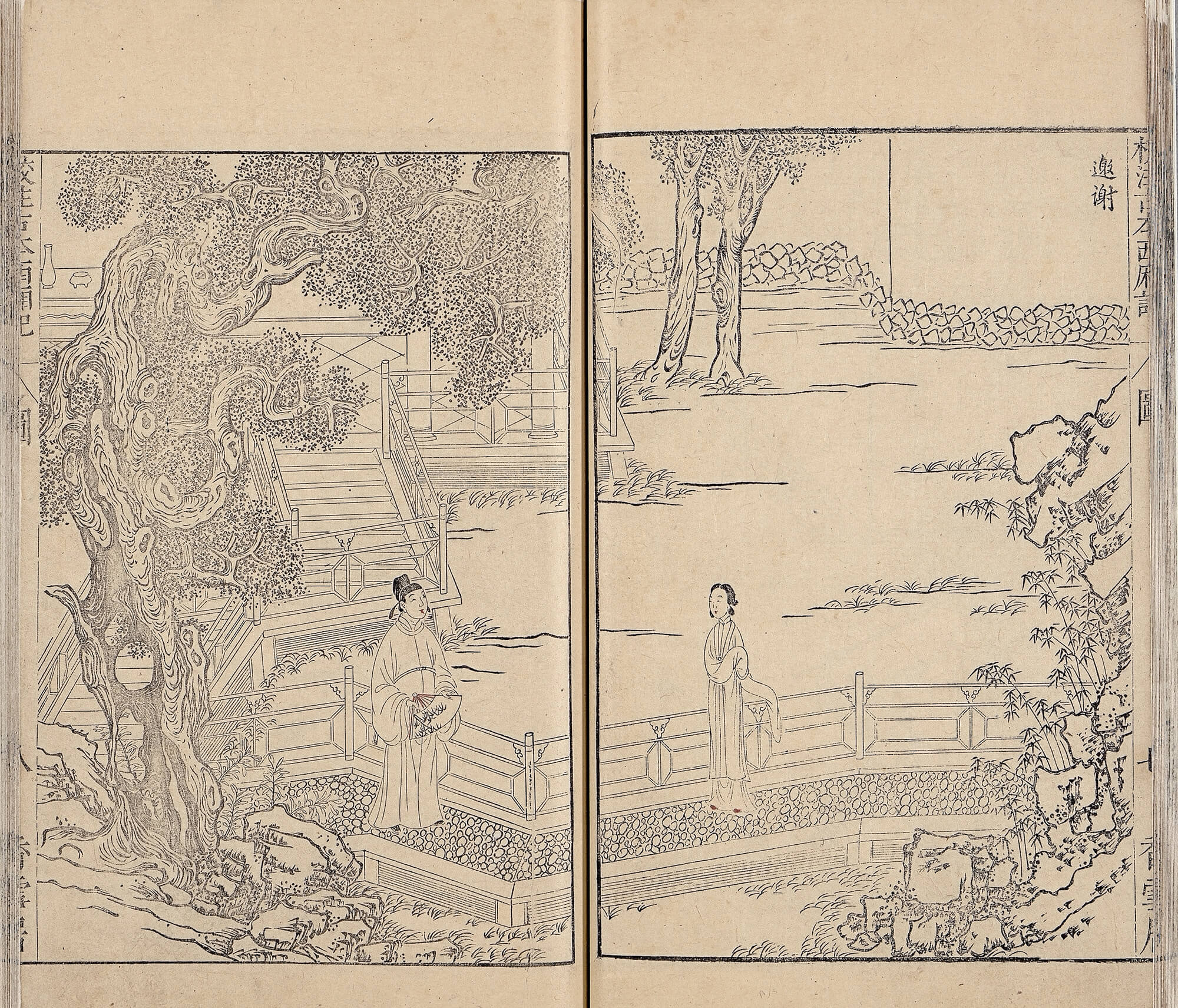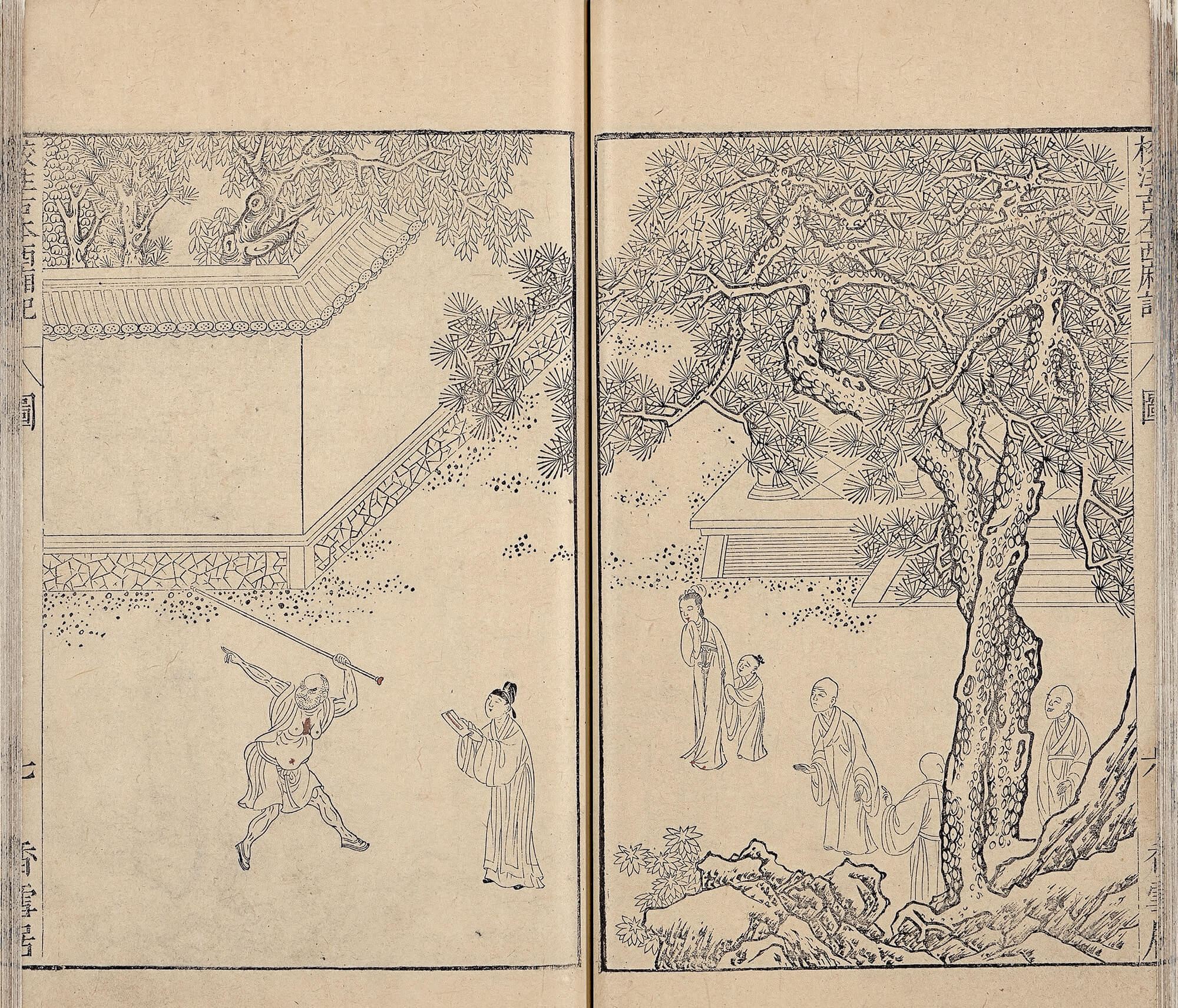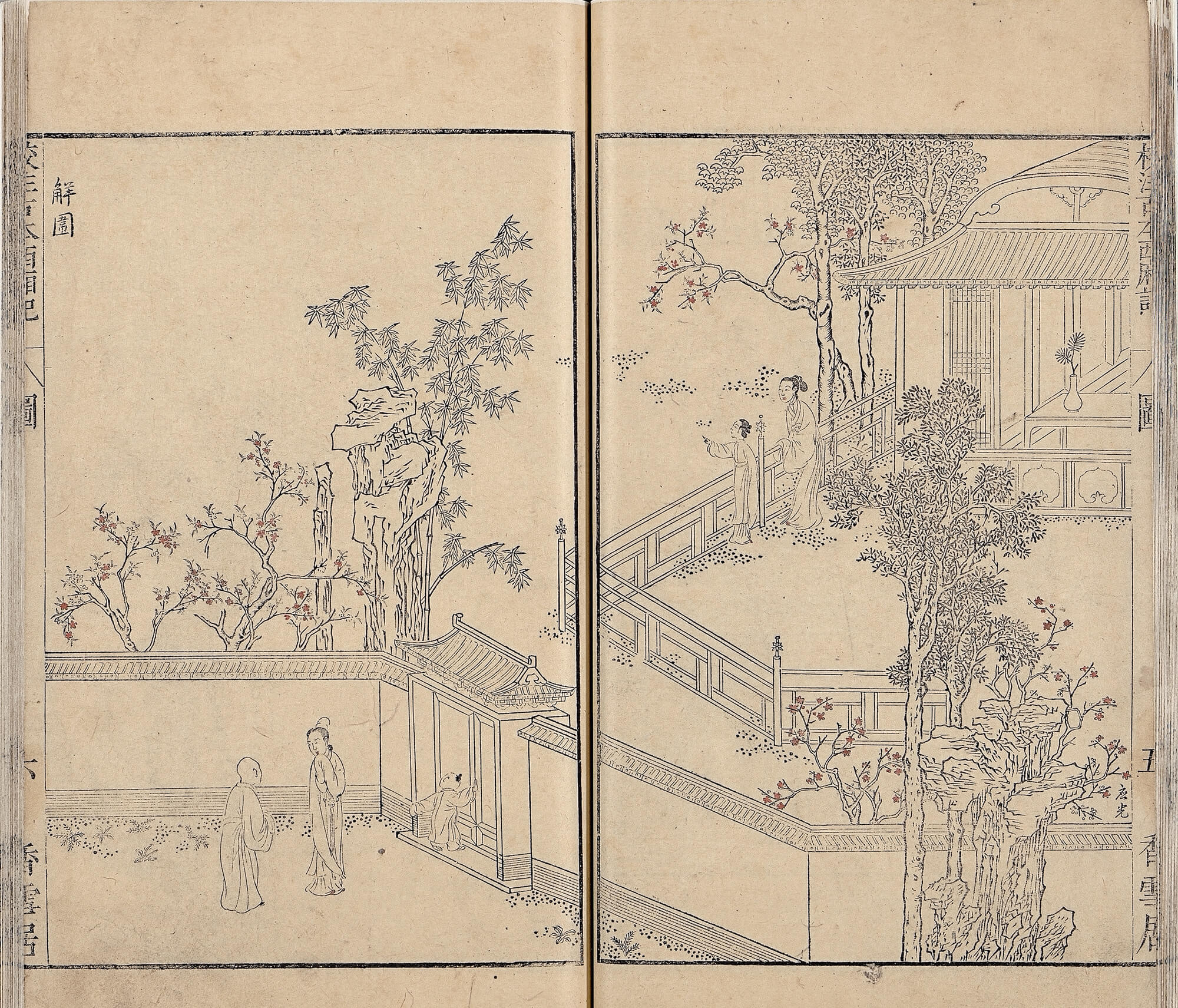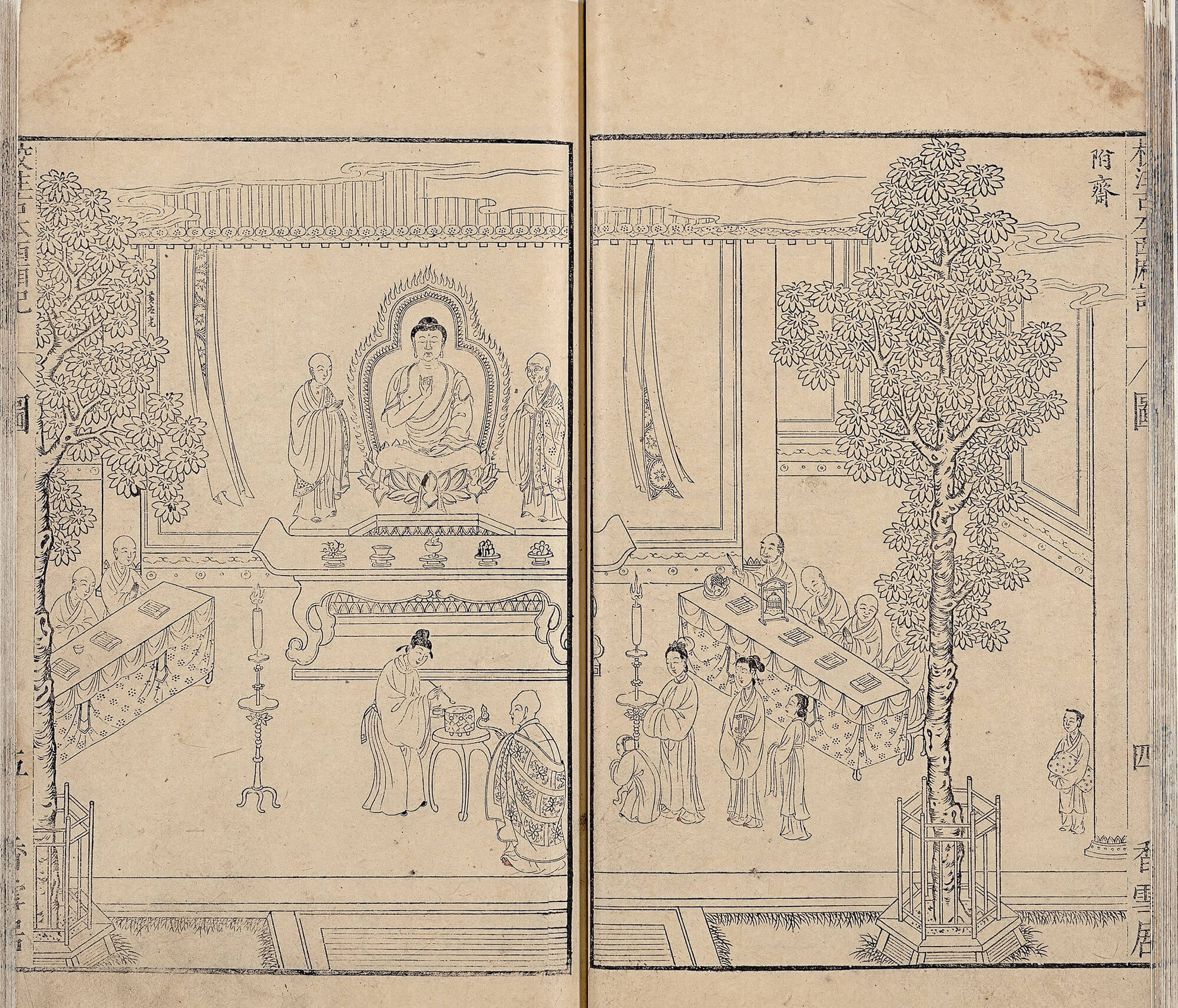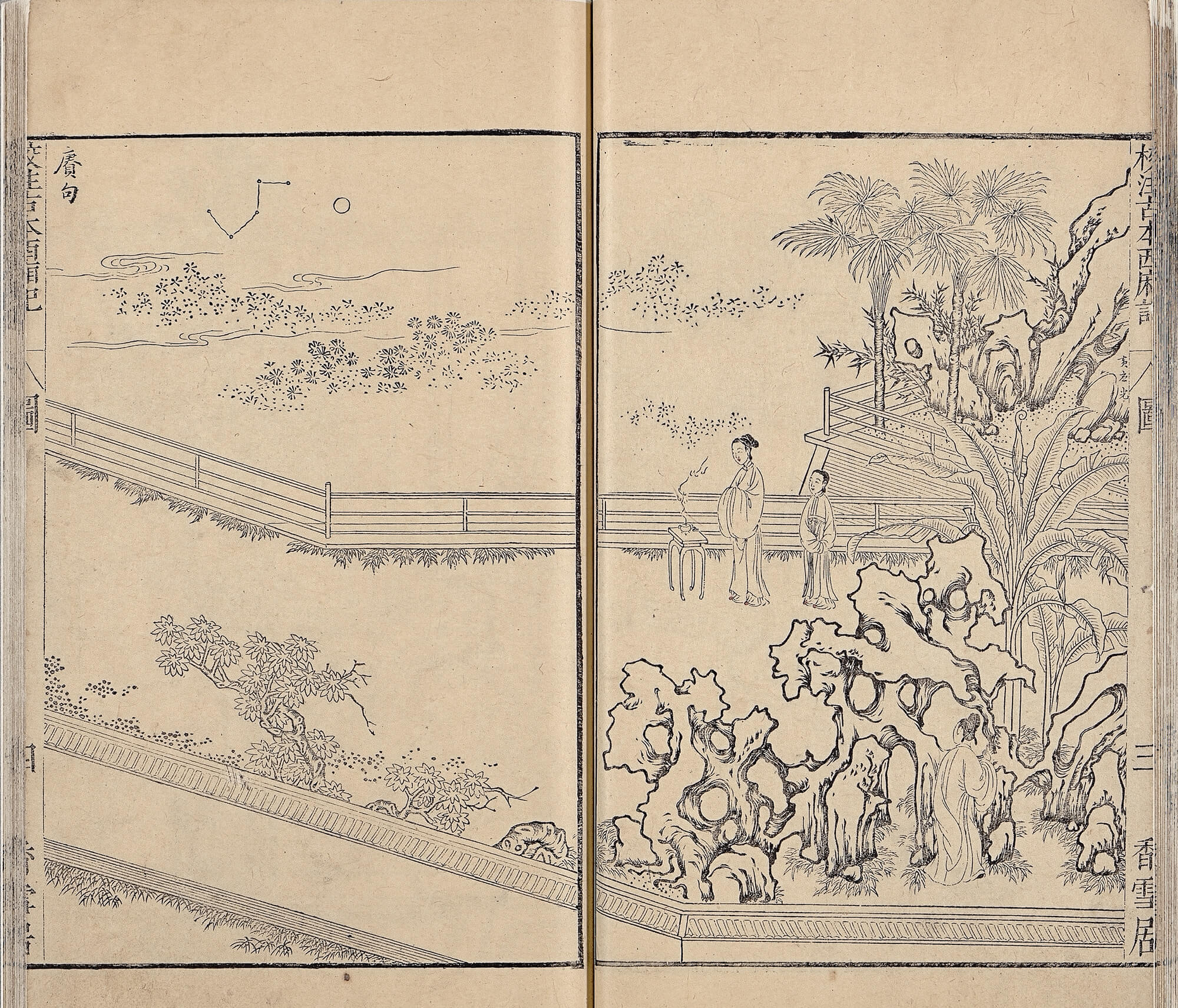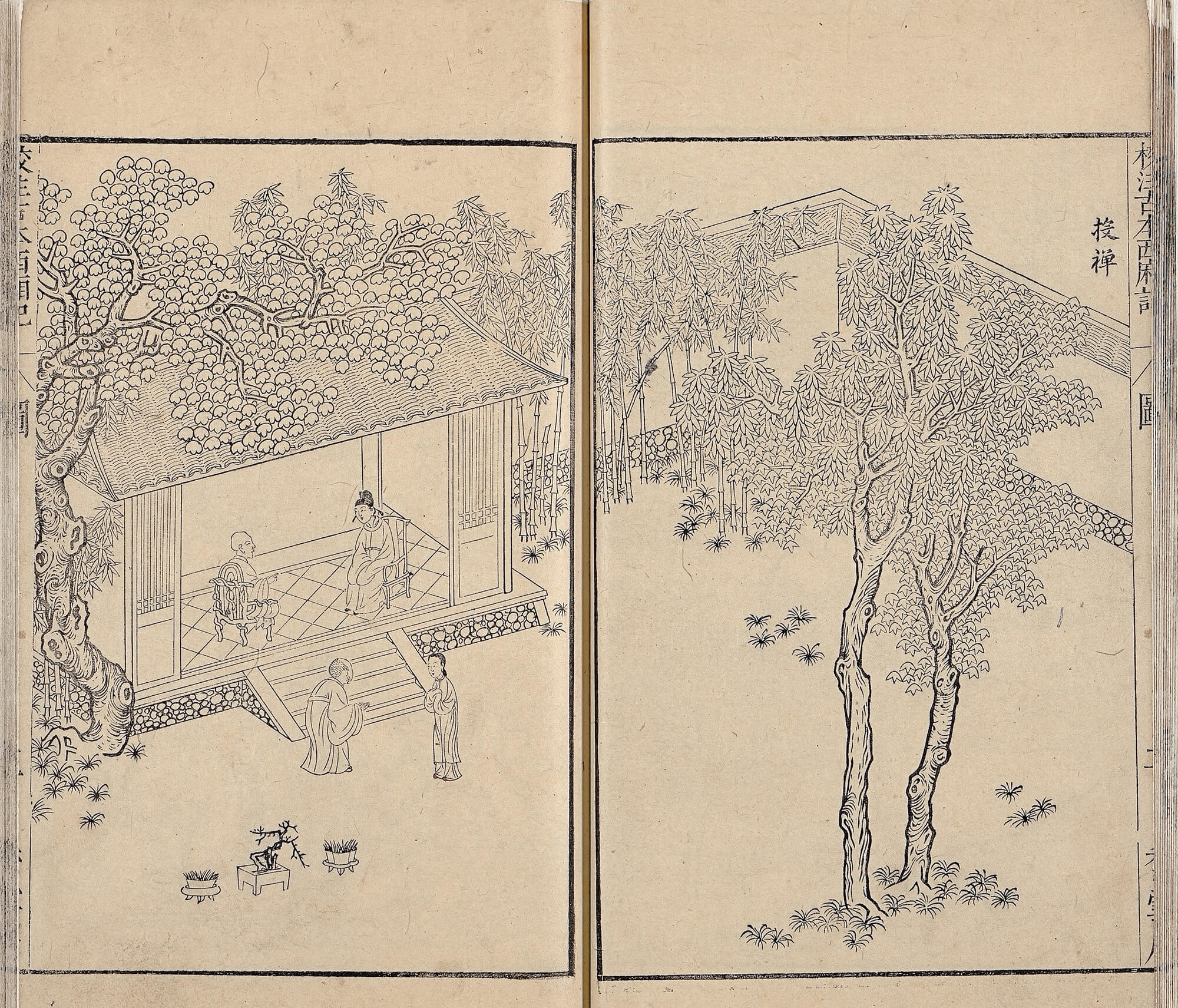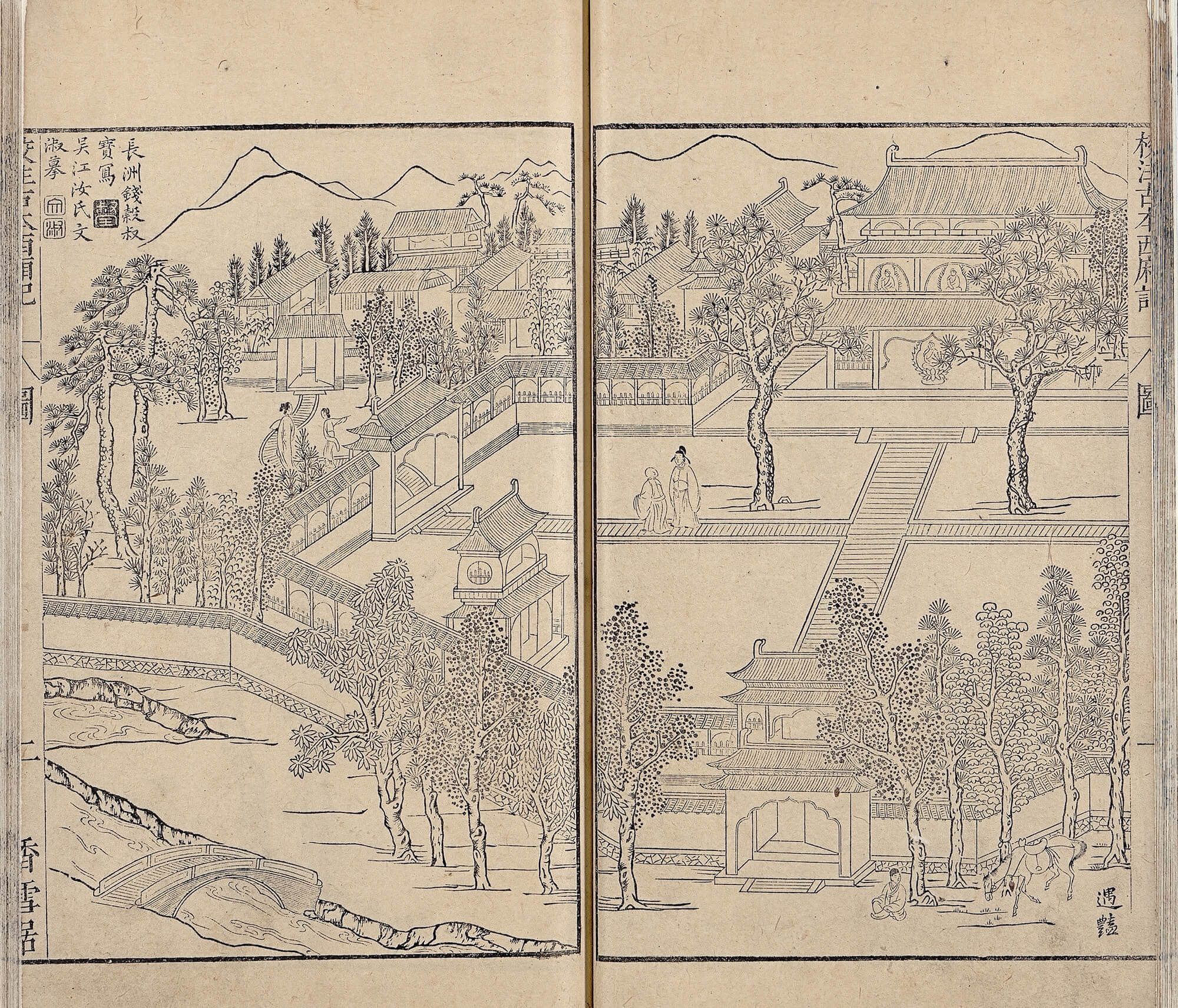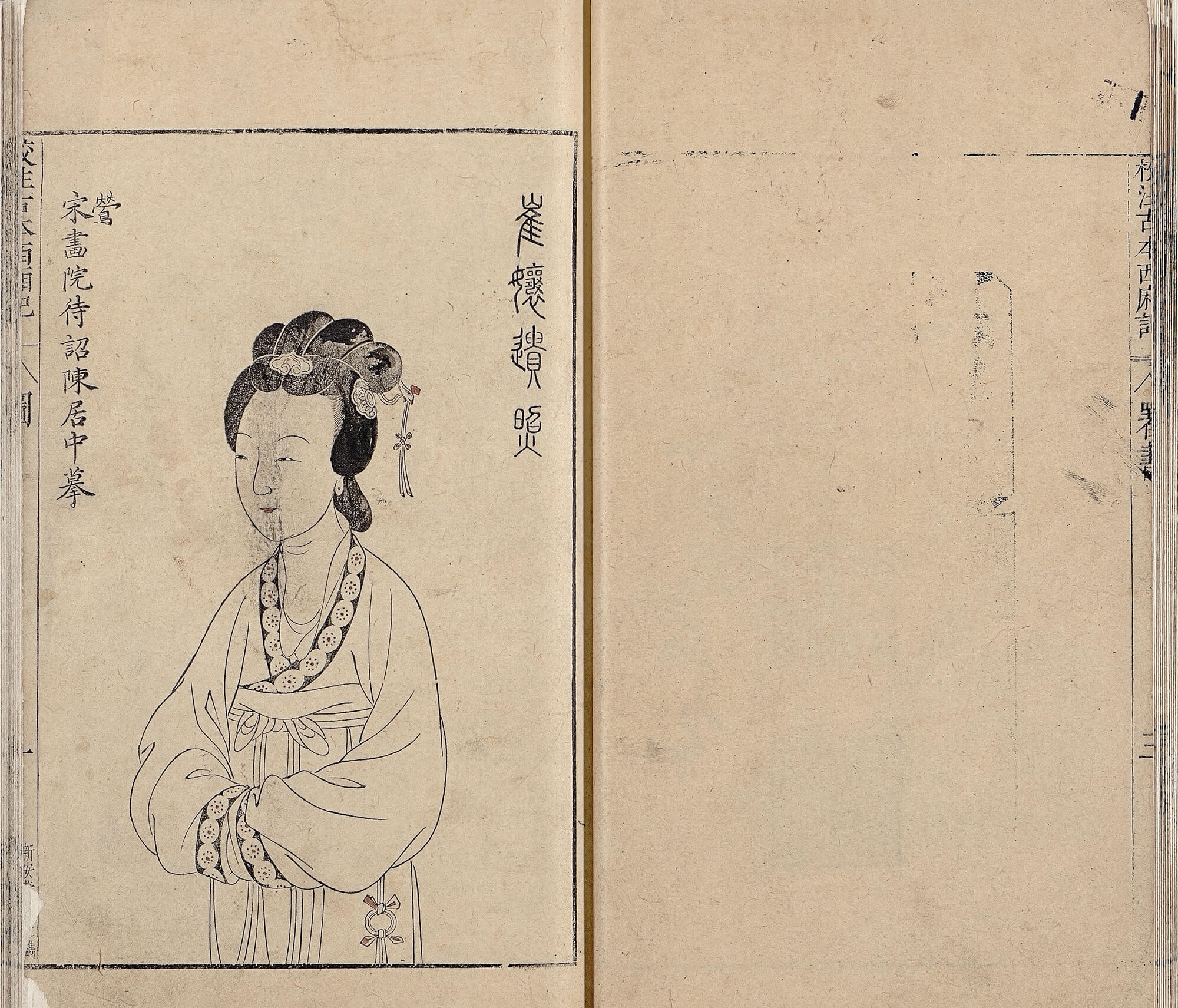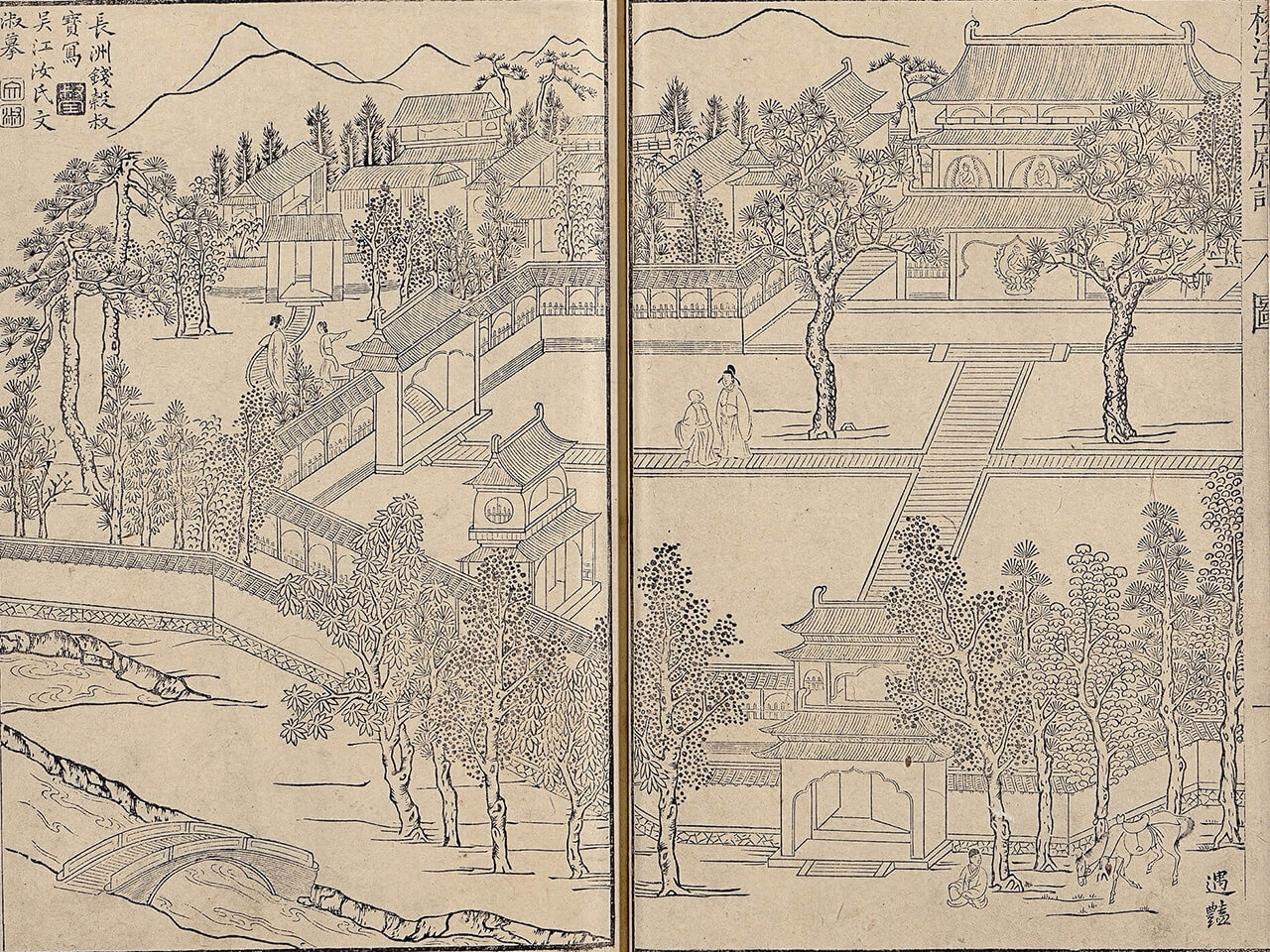A Pleasure for the Eyes and Soul: Pictures for Entertainment
Setting aside the solemn directive of " Enlightening through Education and upholding social relations," let us immerse ourselves in the images and imagine or simply feel the joy they bring out in these literary, theatrical, and novelistic storylines. This pleasure may be the central appeal of narrative paintings. It is found in the melancholy of torn loyalties between nation and family in Lady Wenji's Return to China, the ambiguity and risk in the first awakening of love in The Romance of the Western Chamber, and the sense of liberation in Returning Home from unfulfilled ambitions and the unwillingness to debase oneself leading to retirement from official work. These artists, having transformed all kinds of plots and texts into captivating images, offer a visually delightful and emotionally resonant perspective on understanding these stories.
- Li Zhuowu Xiansheng Pidian Xixiang Ji Zhenben
- Li Zhuowu Critical Edition of Romance of the Western Chamber
- Written by Wang Shifu, Yuan dynasty
- Imprint of the Late Ming dynasty
- Paper
In the illustrations in this book, only some are directly related to the plot, while others are paired with subjects such as of flowers, birds, and landscapes. The exhibited illustration is the frontispiece "Small Portrait of Shuangwen," featuring a portrait of the character Cui Yingying.
The beautiful Cui Yingying is depicted with a slight smile, gracefully holding a jade bangle. Her portrayal is based on an earlier version of the same subject by Chen Hongshou (1598–1652) in Zhang Shenzhi's Secret Edition of the Northern Western Wing. Chen Hongshou's delicate treatment of Yingying's features—while gazing down at the jade bangle—imbues her with a sense of quiet melancholy. Despite the two versions' almost identical hairstyles, clothing, and postures in depicting Cui Yingying, they reveal differing aesthetic sensibilities.
- Chang Shenchih Xiansheng Zhengbei Xixiang Miben
- Rare Edition of Chang Shenchih's Revision of Romance of the Western Chamber
- Written by Wang Shifu, Yuan dynasty
- Imprint of 1639, Ming dynasty
- Paper
The theme of romantic love is enduring in premodern literature, with no lack of unorthodox material. Among them, Romance of the Western Chamber is an outstanding example. During the Ming dynasty, numerous annotated and commentated versions of the story emerged, with Zhang Shenzhi's Secret Edition of the Northern Western Wing as an example from the late Ming. Chen Hongshou (1598–1652), who contributed to the annotation process, also created illustrations for this version, including the "Startled Dream" scene seen here.
In this scene, the character Zhang Sheng sleeps resting on his arms, and the smoke swirling above his head expands into a dreamscape to the right. This method of depicting a dream can also be seen in the exhibited work by Li Song, Illustrations of Auspicious Responses, in the "Removing the Robe in a Dream" segment.
- Xixiang Ji
- Romance of the Western Chamber
- Written by Wang Shifu, Yuan dynasty
- Imprint in red and black by Lin Mengchu in Wucheng, Ming dynasty
- Paper
This book edition was published by Ling Mengchu (1580–1644) during the Tianqi period (1621–1627) using a red and black ink printing technique and contains illustrations by the Suzhou artist Wang Wenheng (dates unknown). The scene shown here portrays Zhang Sheng at a country inn, where he dreams of Yingying eloping from the city and braving the dangers of the road to find him. It would be difficult to see that this is a juxtaposition between dream and reality without knowledge of the story. The dream version of Yingying appears within the real world, differing from the technique used in Zhang Shenzhi's Secret Edition of the Northern Western Wing, where the dream scene was enclosed separately. Aside from narrating the story, it seems that Wang Wenheng intended for each illustration to form a standalone scene.
- Xinjiaozhu Guben Xixiang Ji
- Wang Jide Critical Edition of Romance of the Western Chamber
- Written by Wang Shifu, Yuan dynasty
- Imprint of 1614 by Xiangxueju, Ming dynasty
- Paper
This edition was annotated by the famous playwright and critic Wang Jide (1560–1623) and features illustrations the female artist Ru Wenshu copied from drafts by Qian Gu (c. 1509–1578). This scene depicts a ritual in a Buddhist temple: the main hall's impressive altar enshrines statues of Shakyamuni and his disciples Kāśyapa and Ānanda, as two rows of monks are seated in recitation on either side. The artist fills the picture surface, focusing on establishing the setting while keeping the figures relatively small. In contrast, Chen Hongshou's work omits the background, leaving only the highly decorative and eye-catching figures who follow along with the monks in the ritual. Although both illustrations depict the same plot, they emphasize different aspects of the story.
Story Introduction: Romance of the Western Chamber
On his way to Beijing for an exam, Zhang Sheng stayed at General Du's garrison in Hezhong Prefecture. While visiting the Pujiu Temple to relax, he met Yingying—who was staying temporarily with her mother there—and fell in love with her at first sight. That night, Zhang recited poetry in the garden, catching Yingying's attention. Soon, a rebel general surrounded the temple, intending to abduct Yingying to be his wife. She told her mother she would marry anyone who could save her. Zhang managed to make the rebel withdraw his army, but despite her promise, Yingying's mother made them sworn siblings instead. With the help of her servant girl Hongniang, Yingying and Zhang met secretly in the Western Chamber but were discovered by Yingying's mother, who insisted that Zhang achieve a high official rank before marrying Yingying. Eventually, Zhang topped the imperial exam and returned as an official, only to find Yingying nearly betrothed to her cousin due to his deceit. Finally, with the help of General Du, Zhang and Yingying were happily married.
